A Land of Shadows (2007-2013) is an inquiry into immigrant Chinese life in rural 19th century California—a communal life that was itinerant, vulnerable, preyed upon, resilient, and centrally important in the state’s and the nation’s history. Taking its title from a traditional Chinese metaphor for the domain of the ancestors, the project integrates my own photographs of the remnants of Chinese settlement in the Sierra Nevada foothills and the Sacramento Delta areas into a forgotten compendium of government mug shots of Chinese immigrants, made by D.D. Beatty in Downieville, circa 1890. The result is a remade book, part document, part poetic archaeology. By asking historic and contemporary pictures alternately to intervene on and slip away from one another, the new book addresses disjunctions and silences within the historical experience of the Chinese American community, and the difficulty of their formation as memory.
A excerpt of this work was published in the Journal of American Studies, Volume 52, Issue 4, November 2018, pp. 969-981.
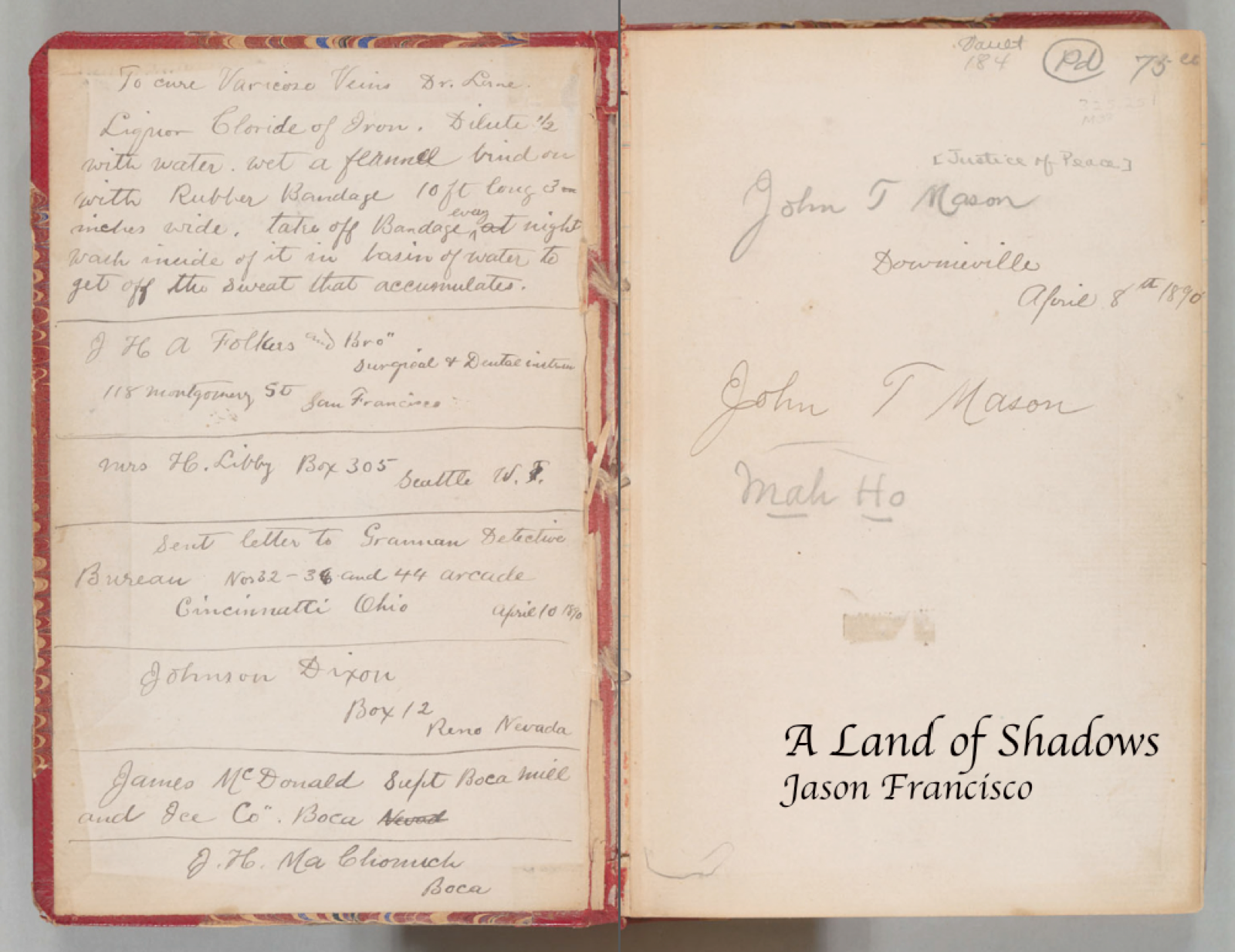
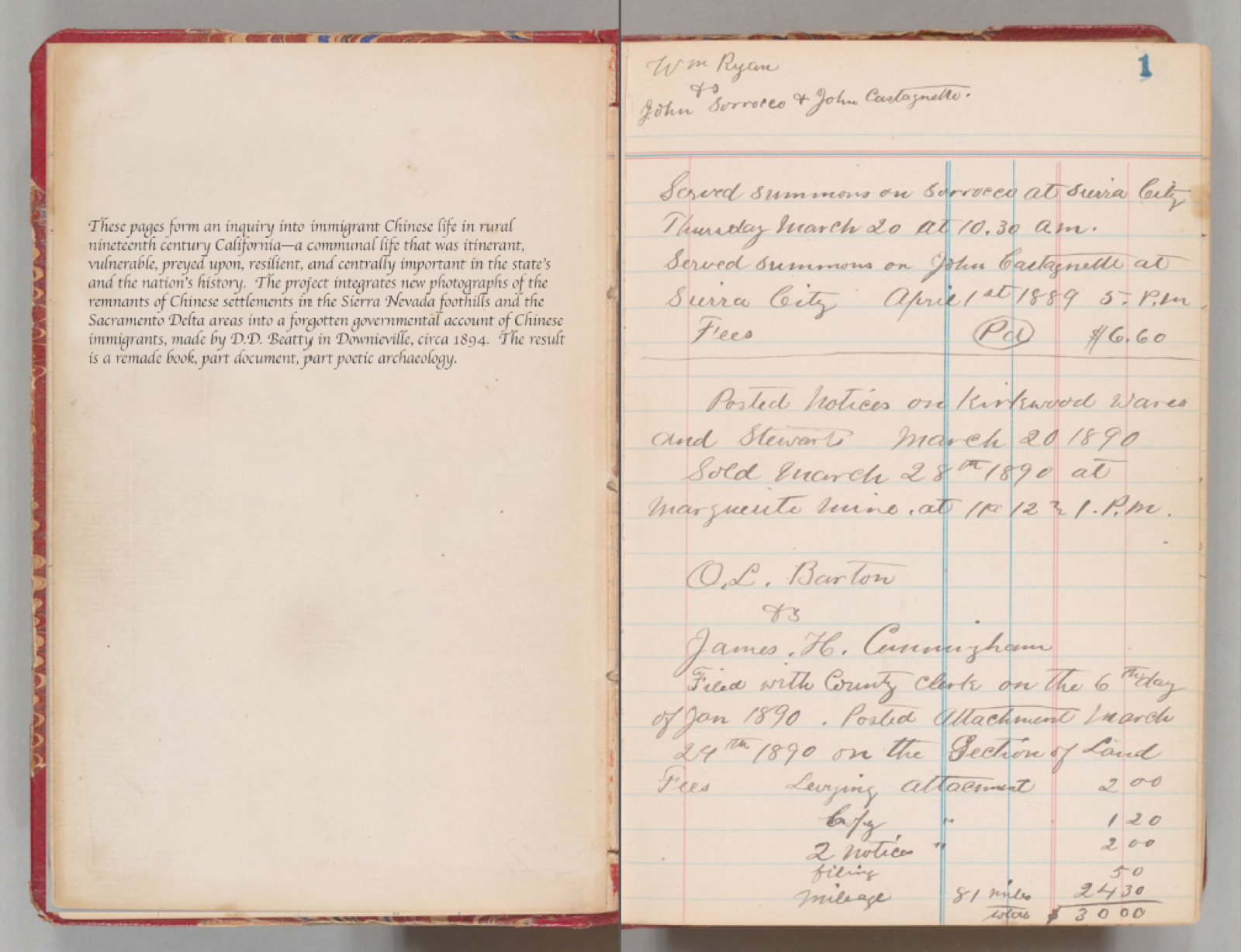
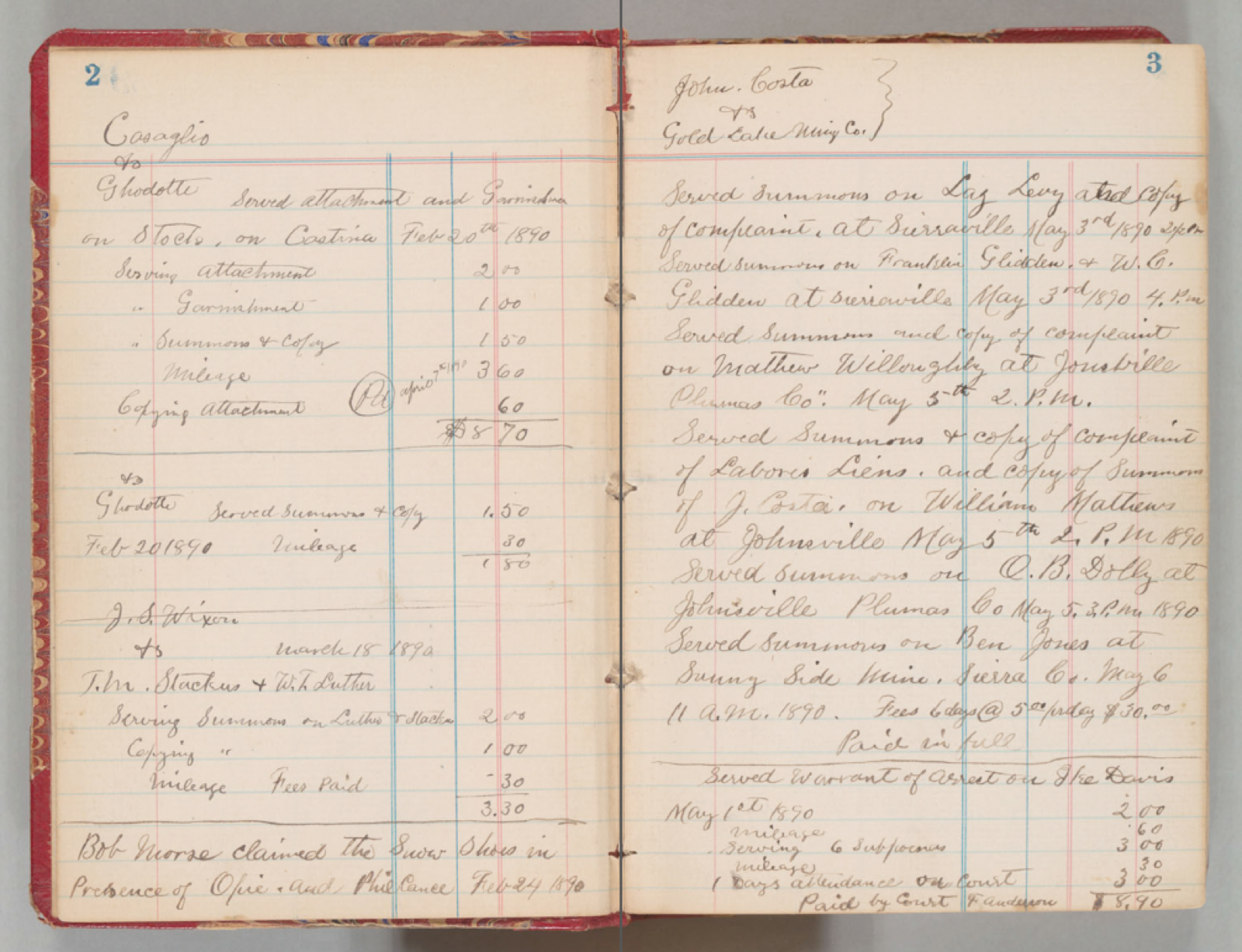
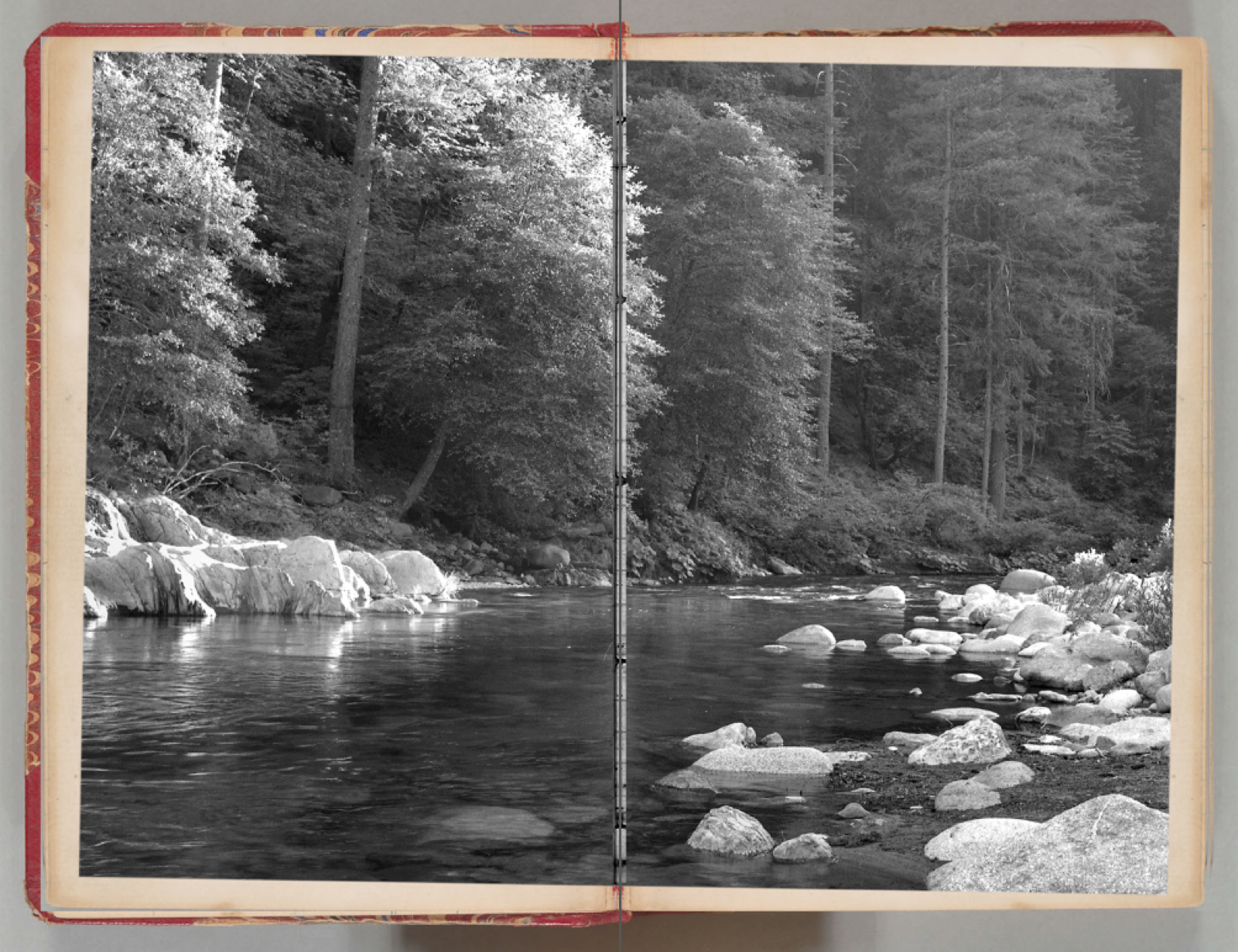
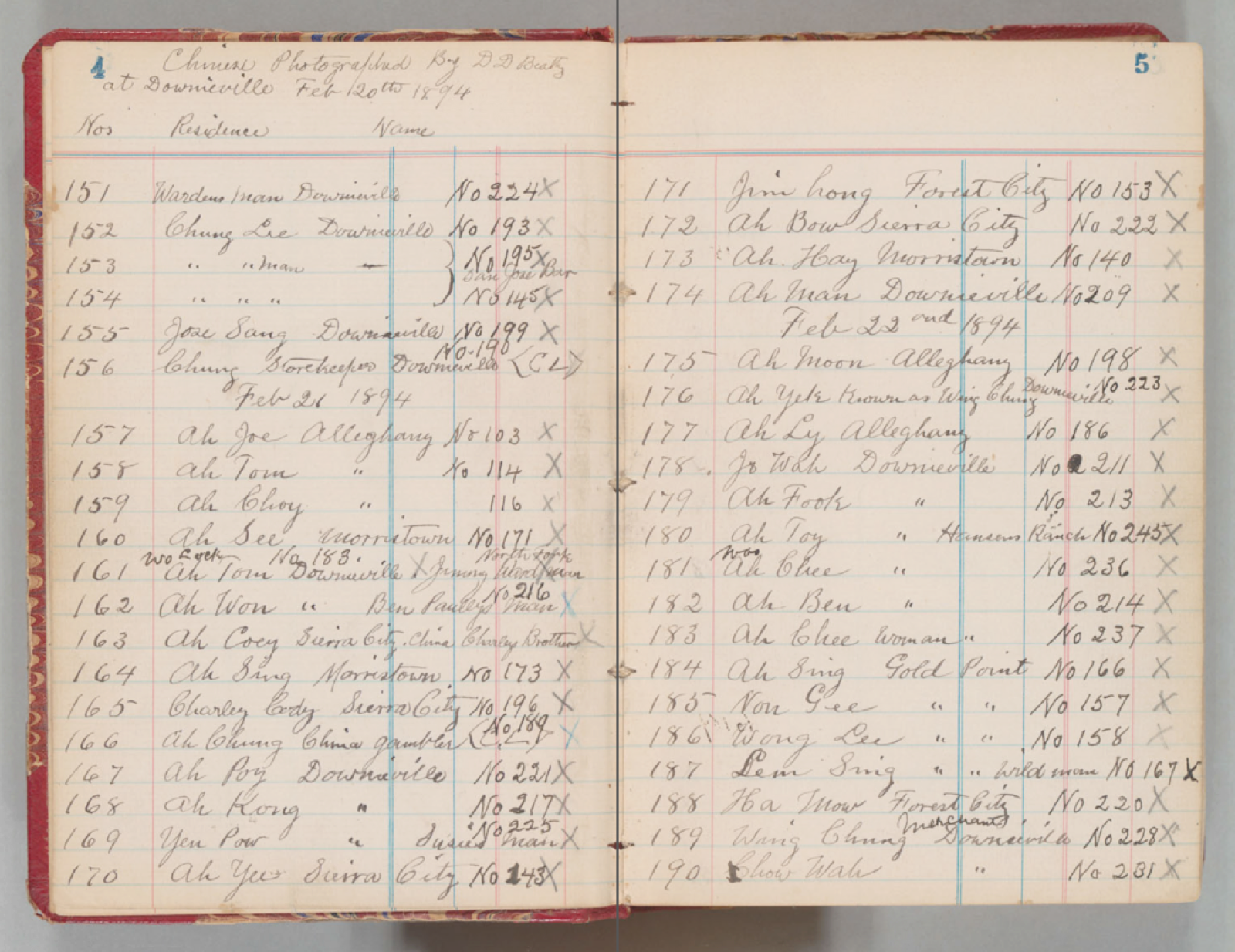
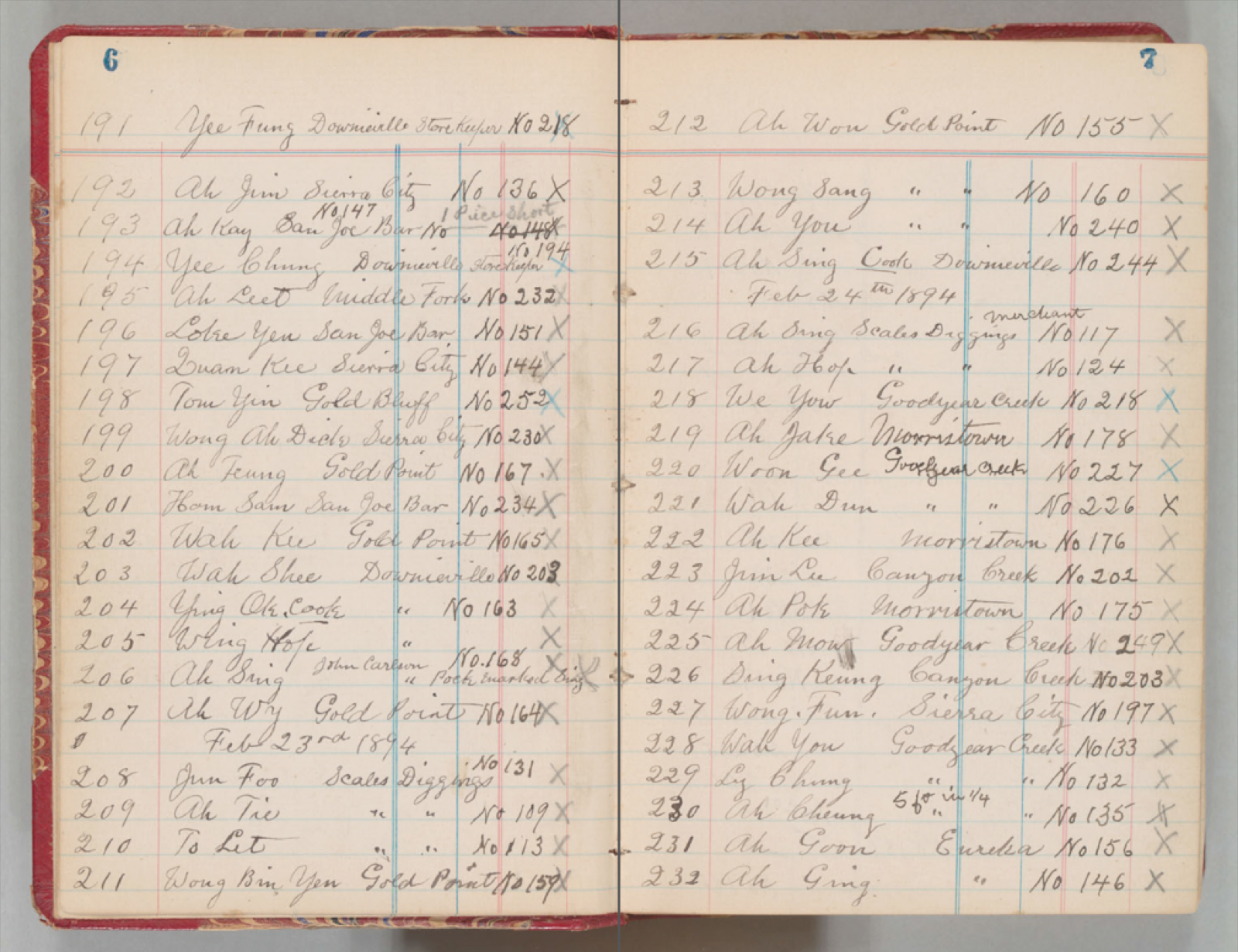
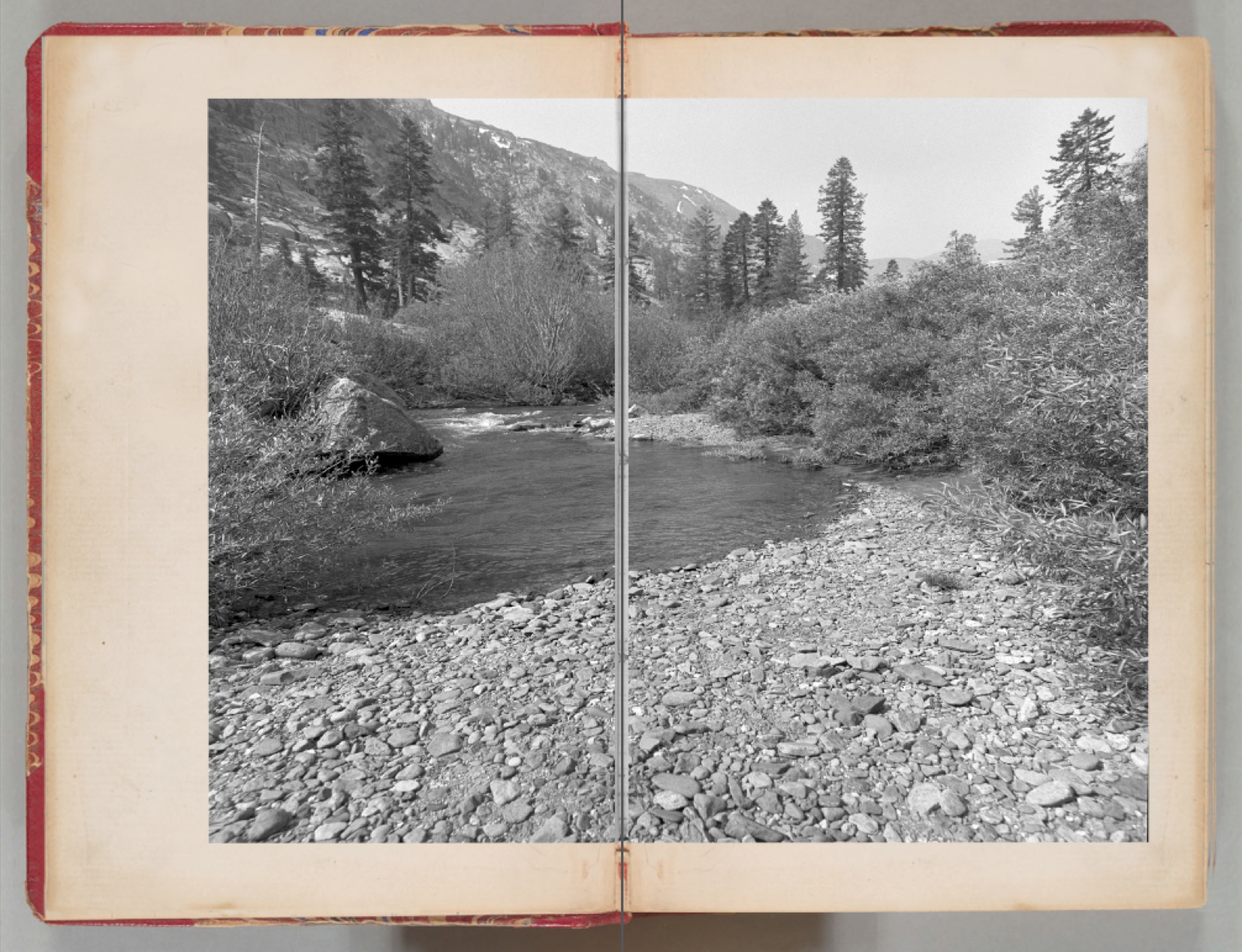
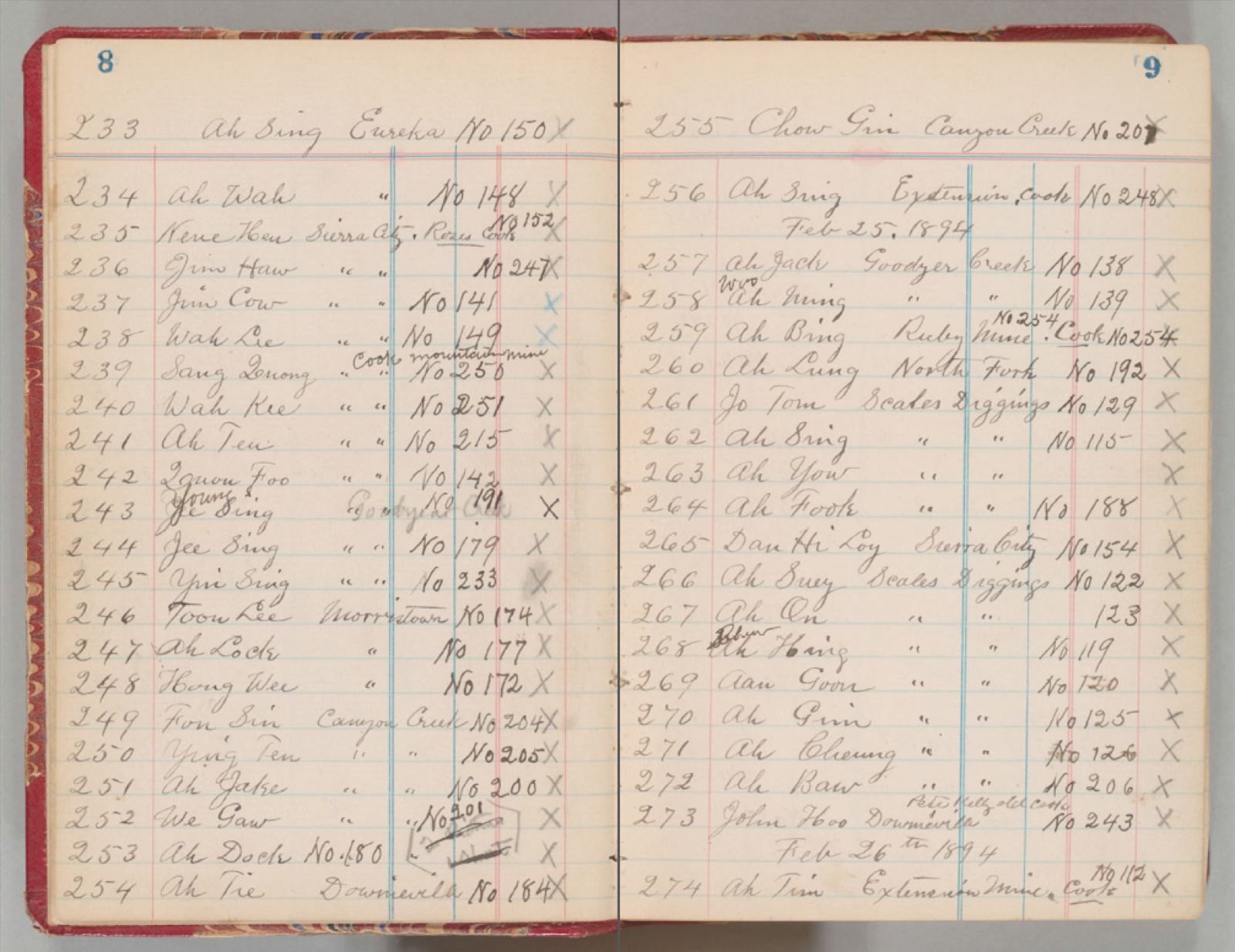
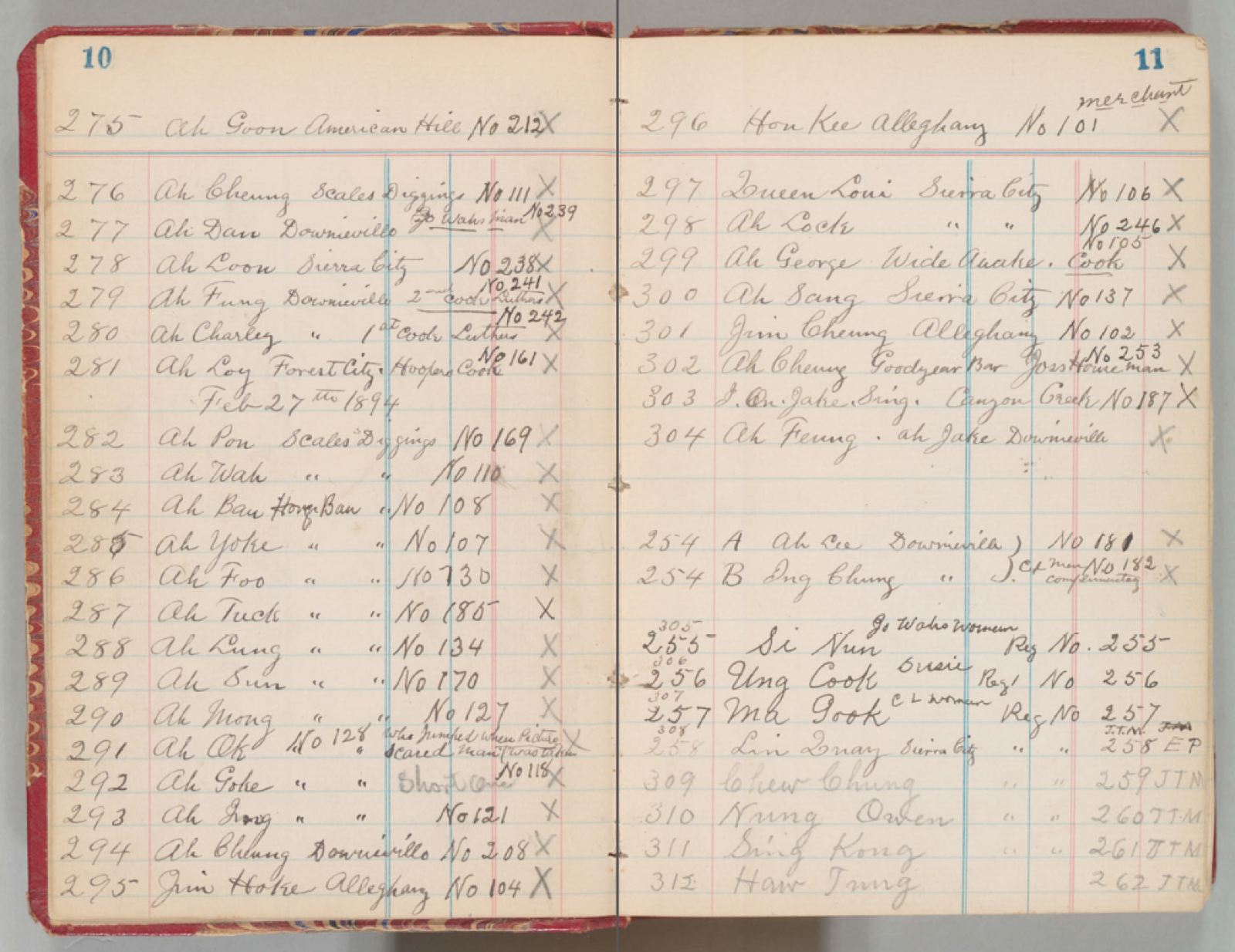
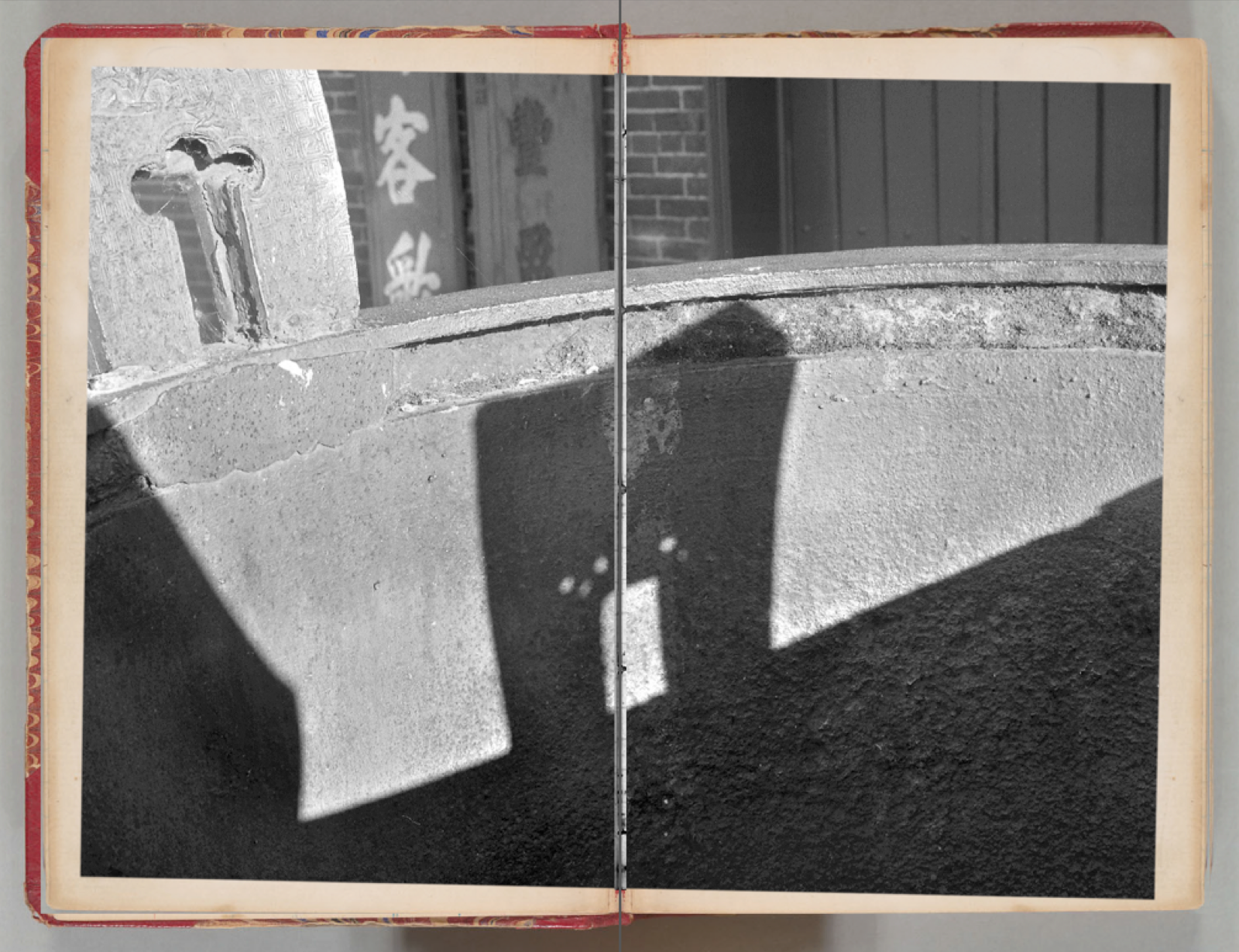
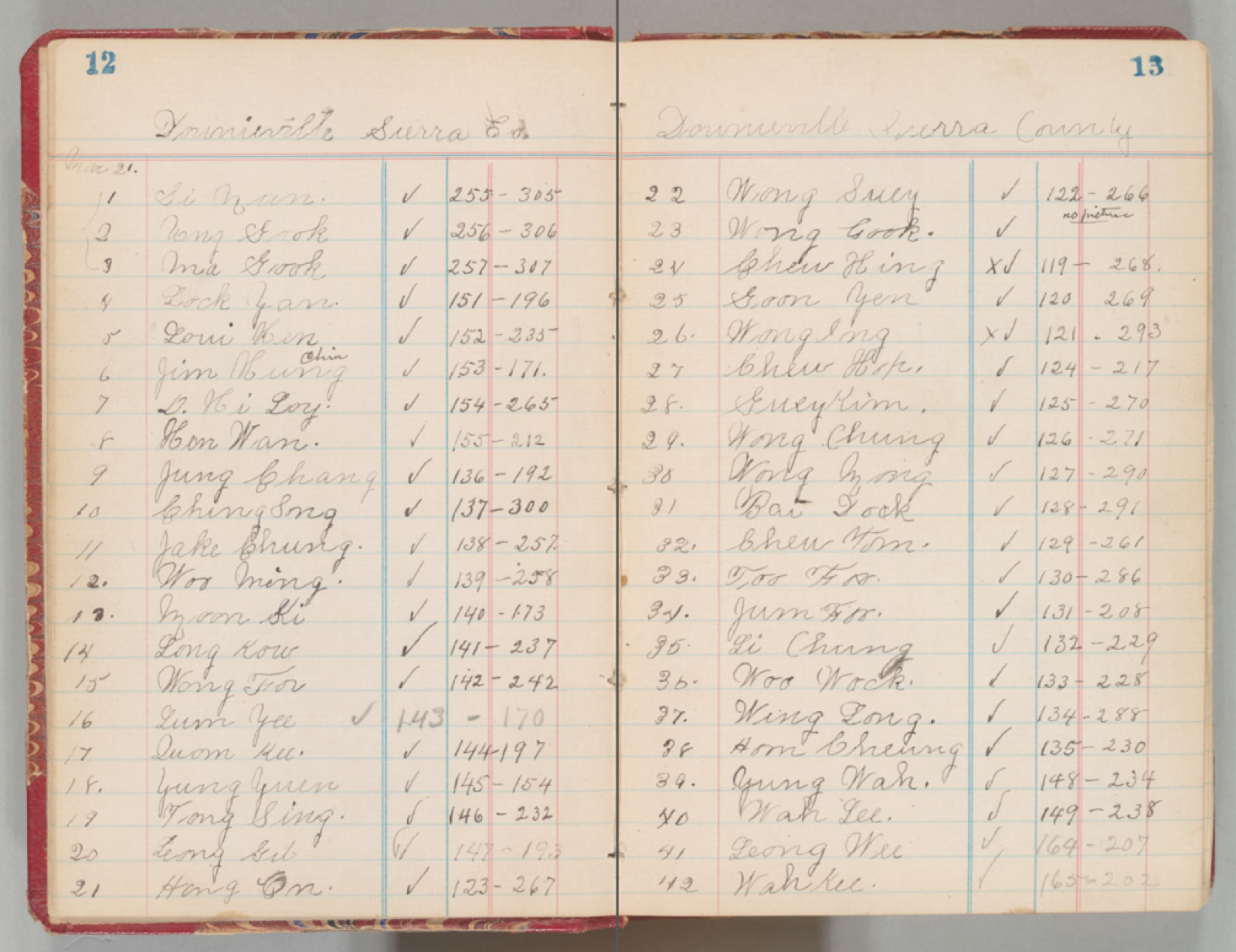
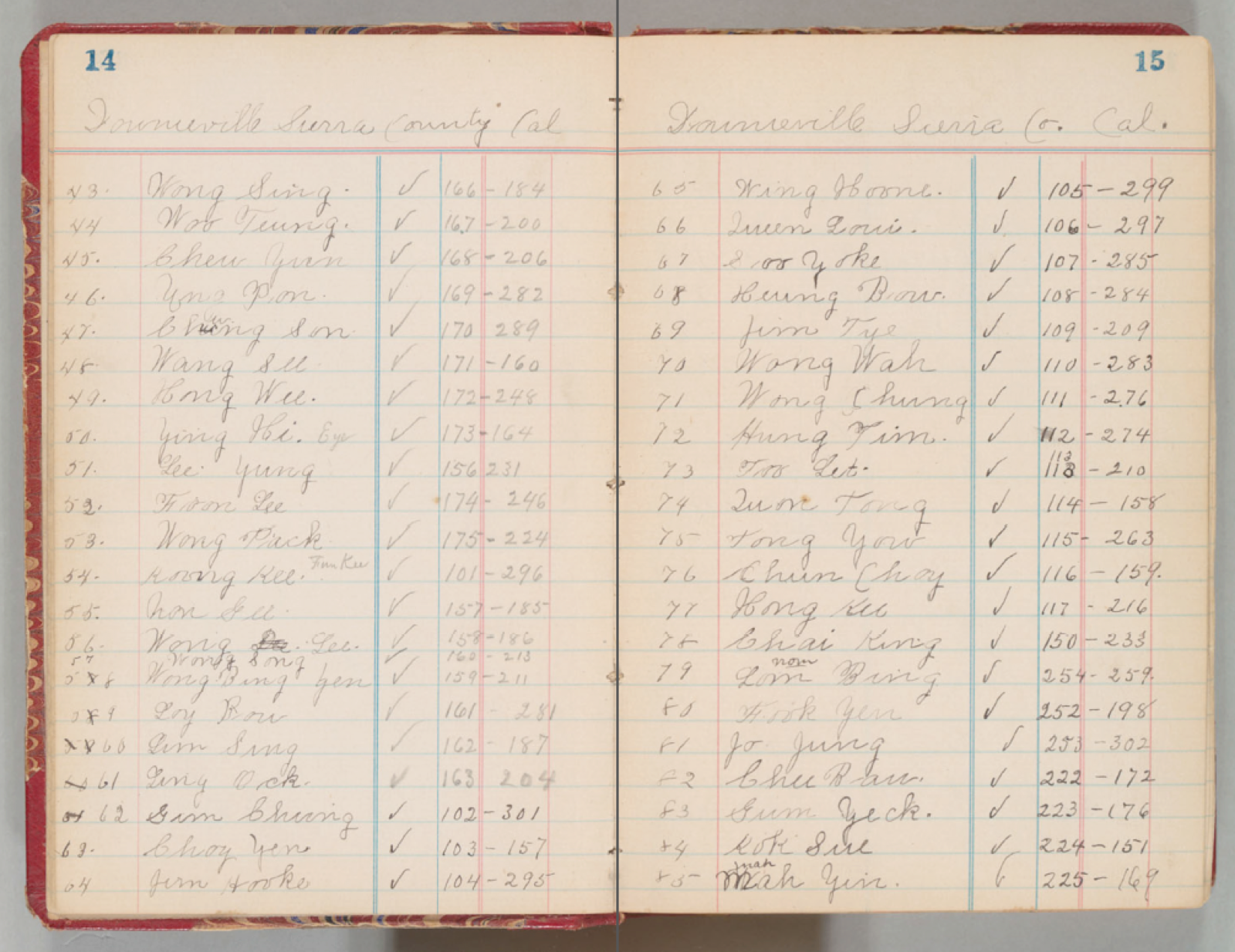
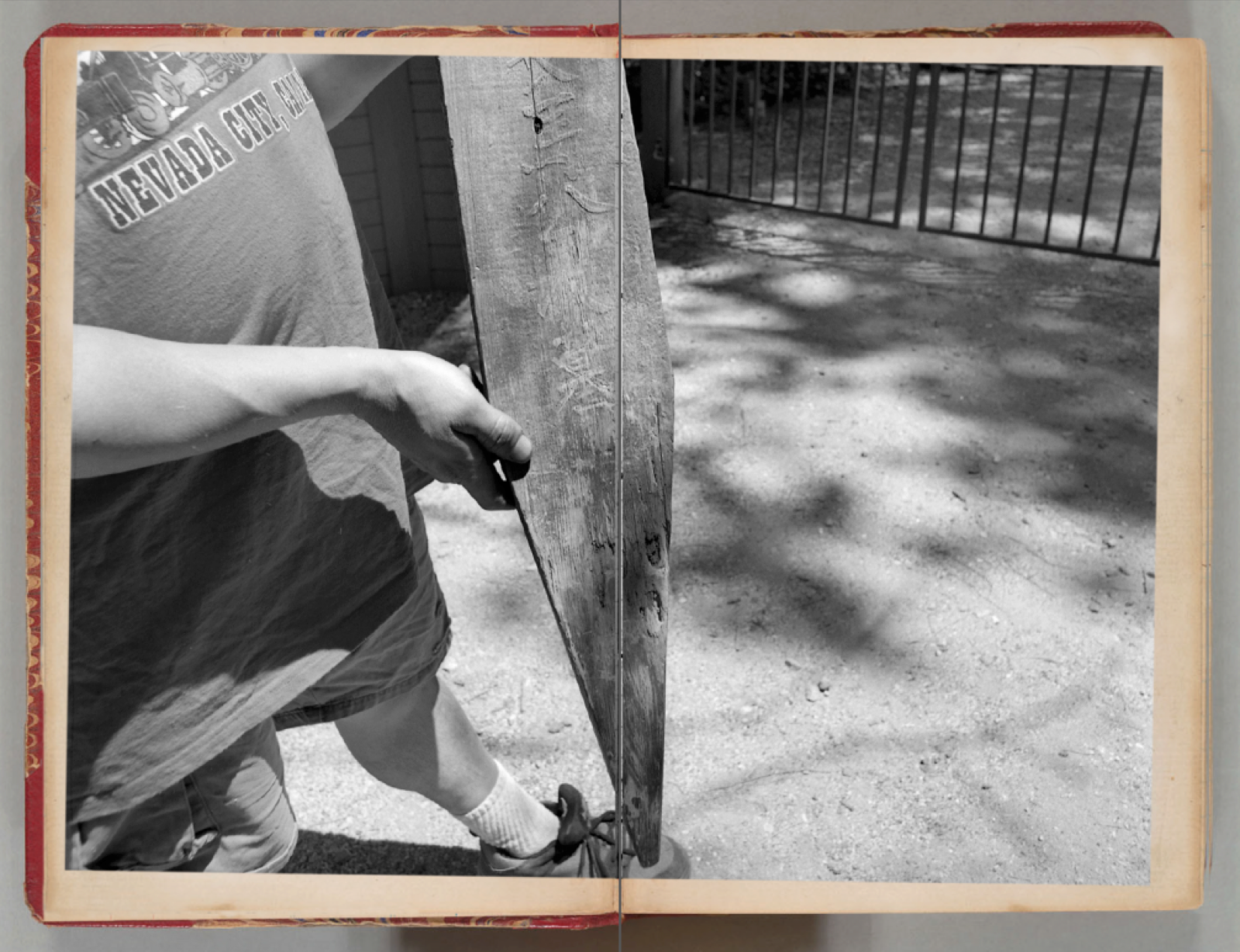
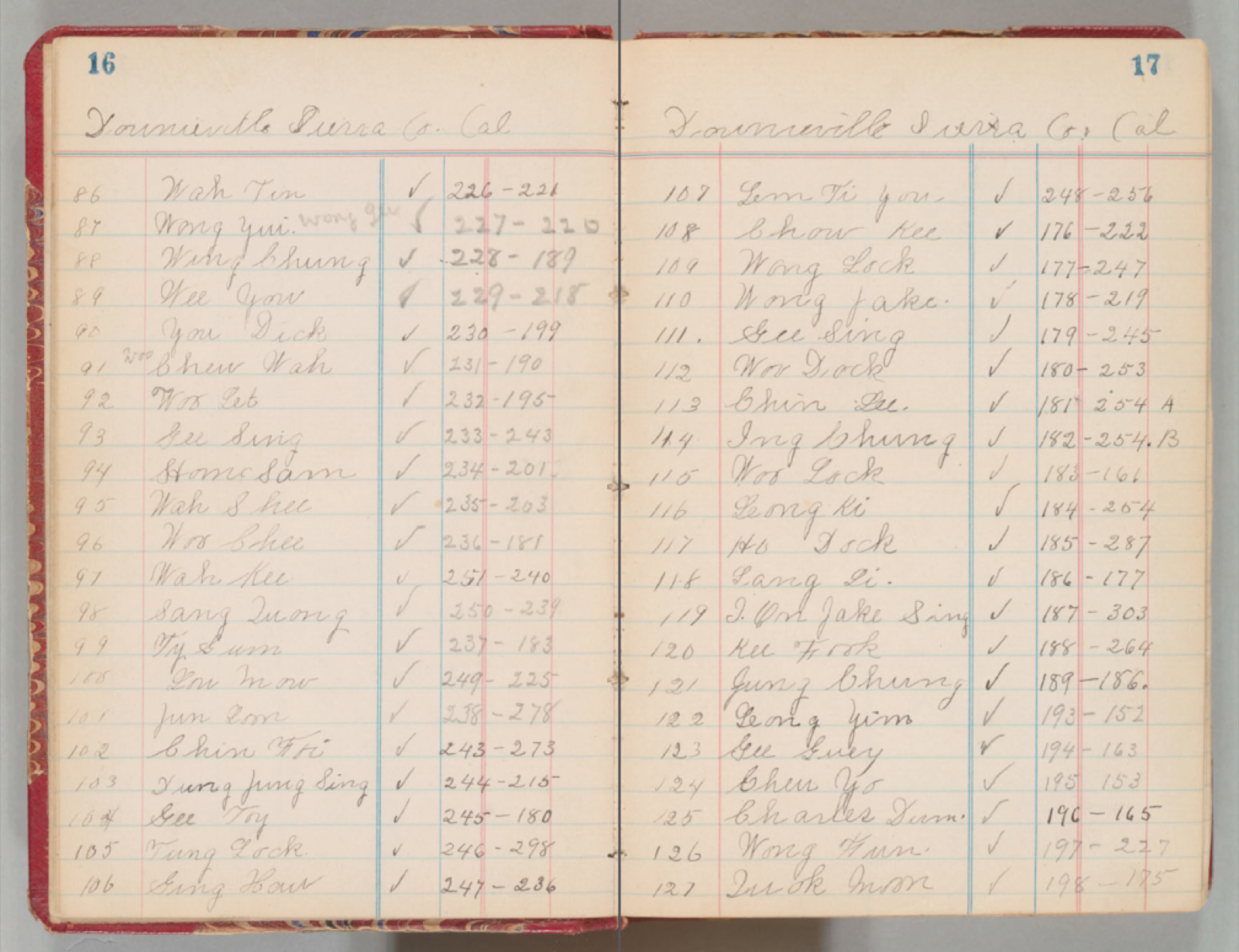
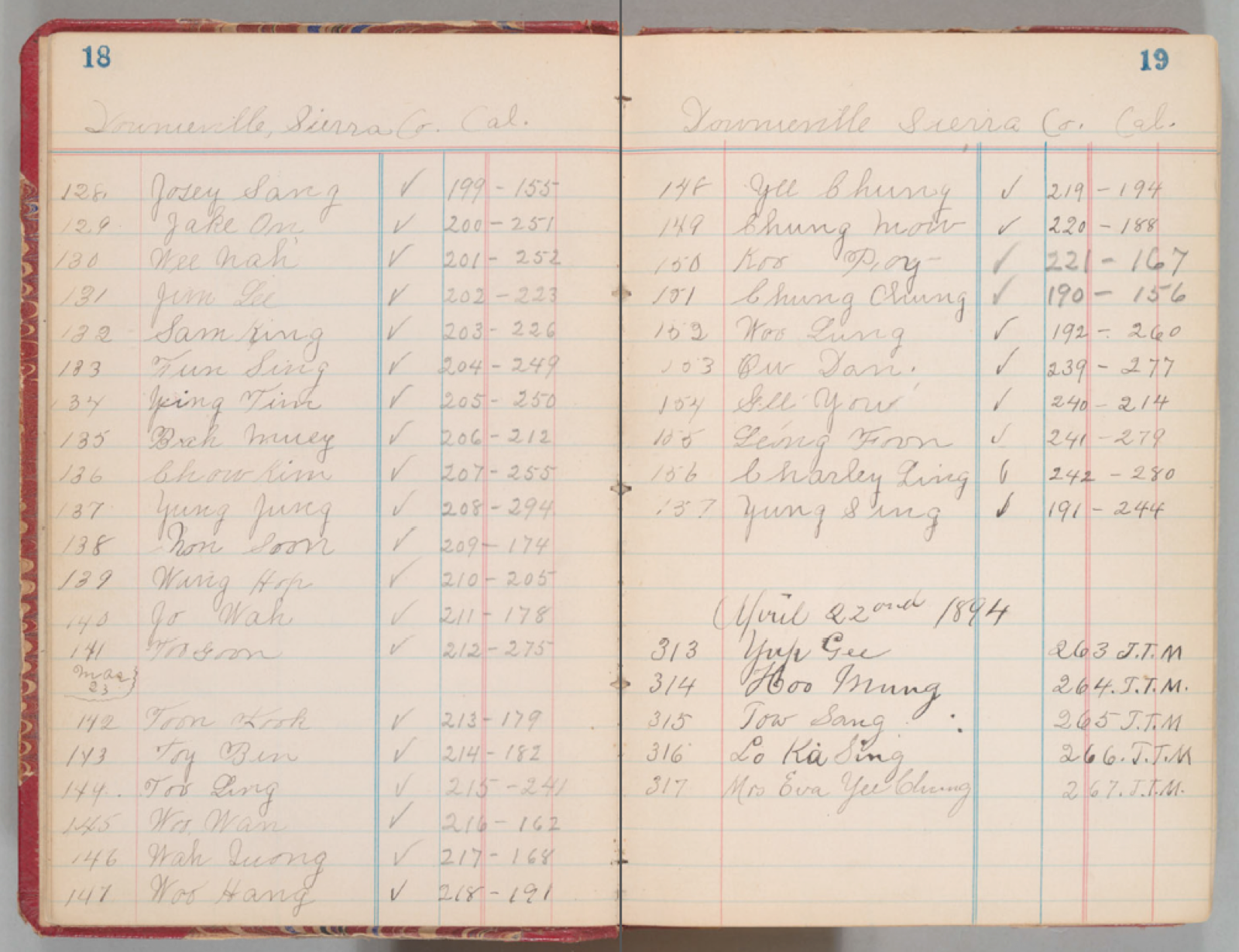
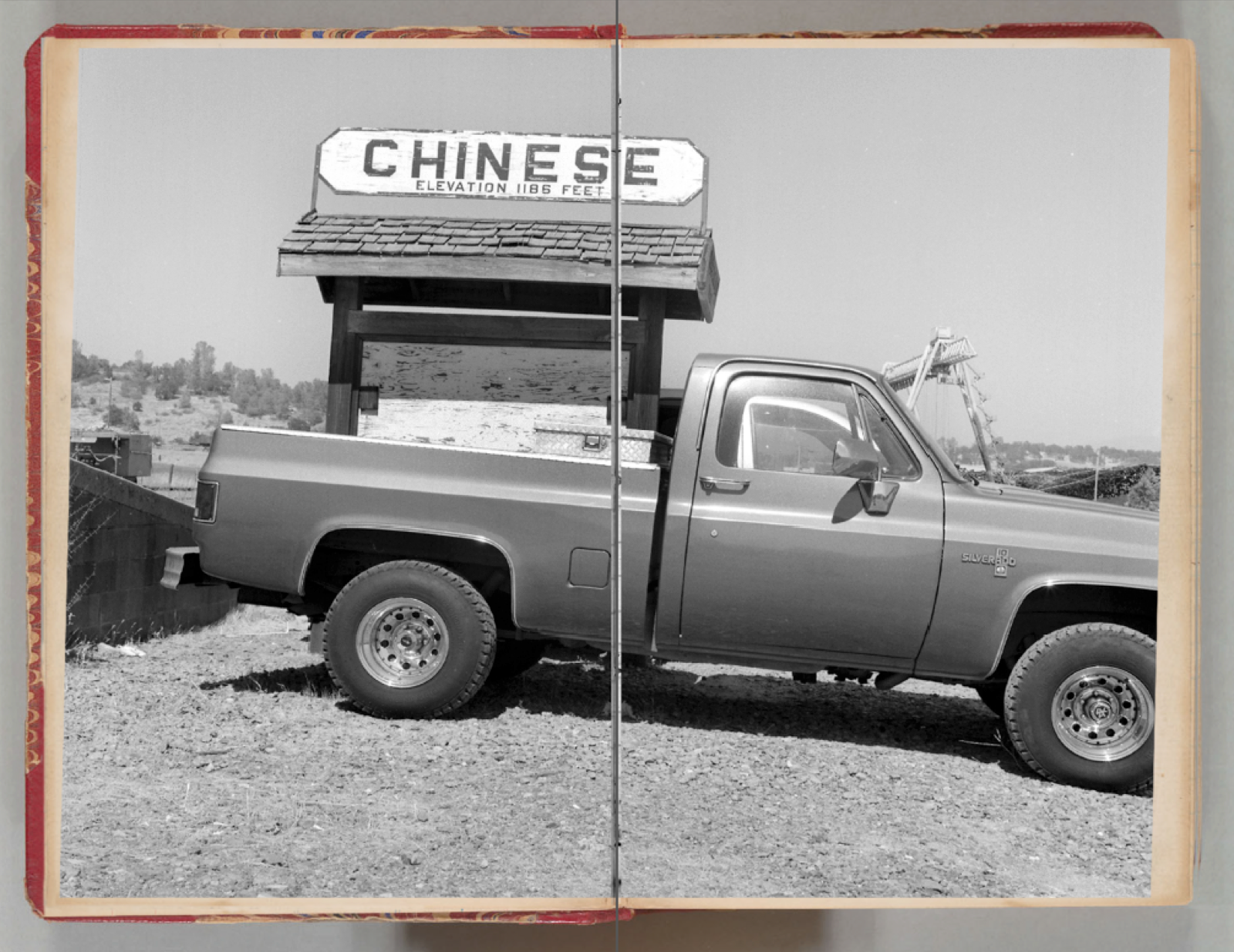
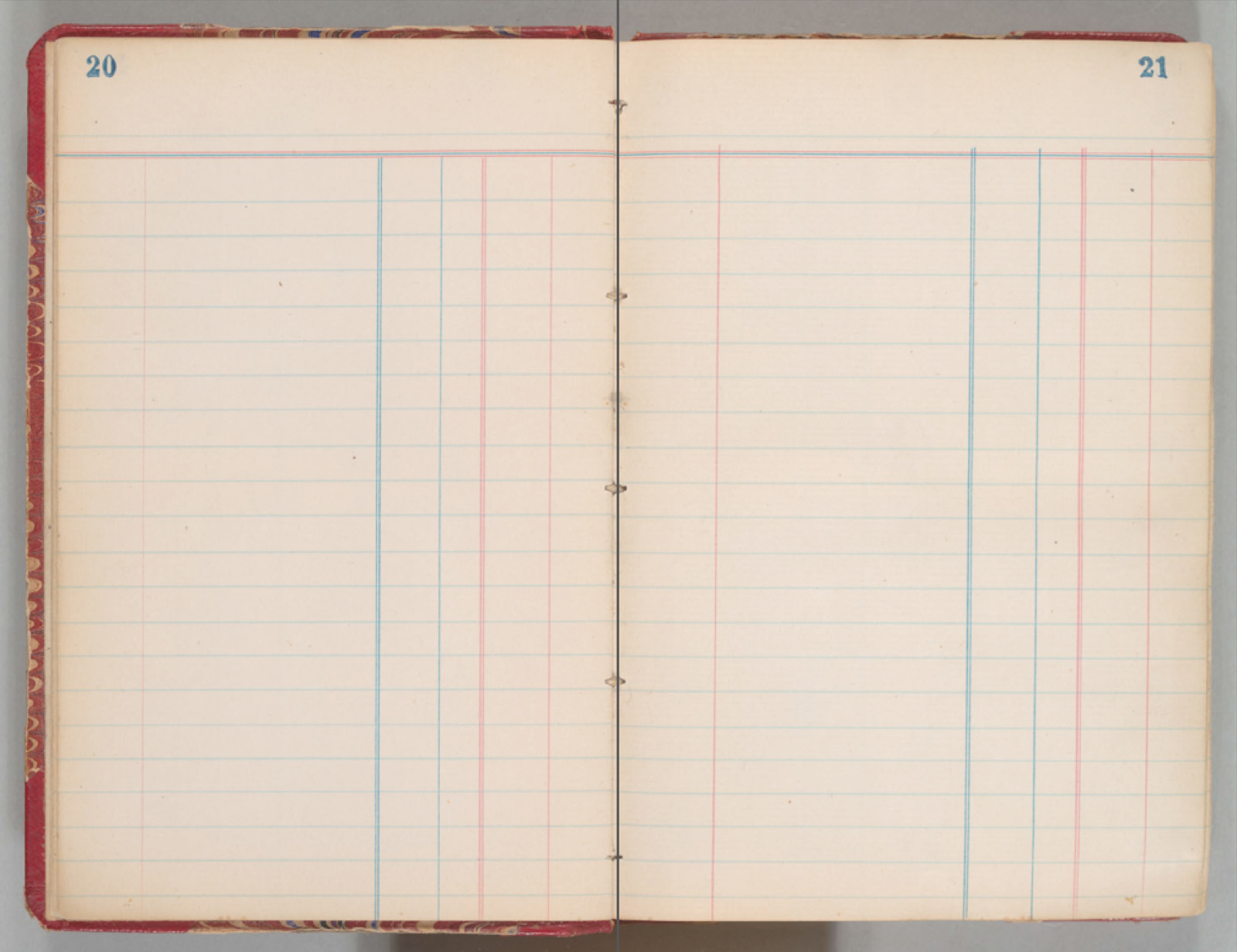
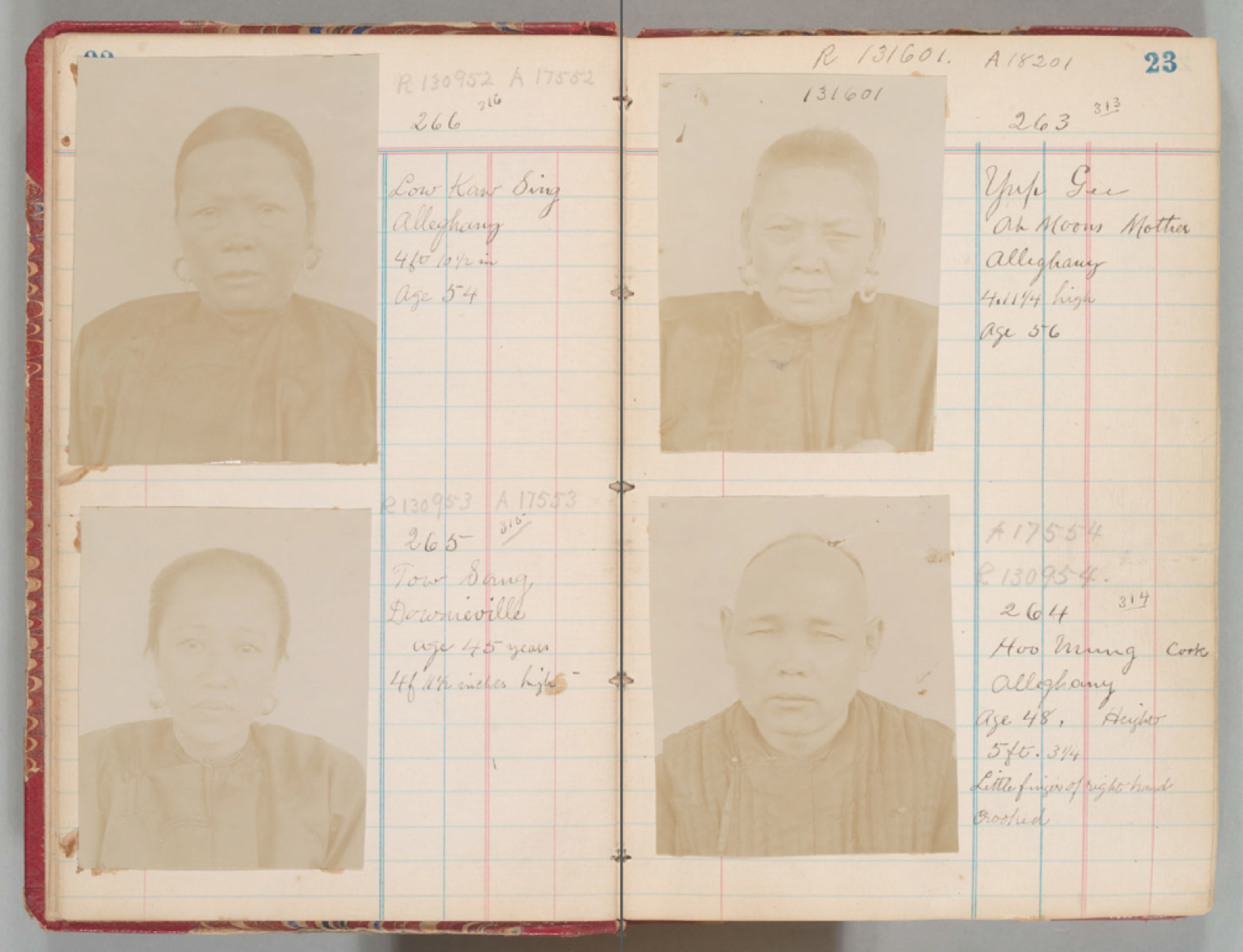
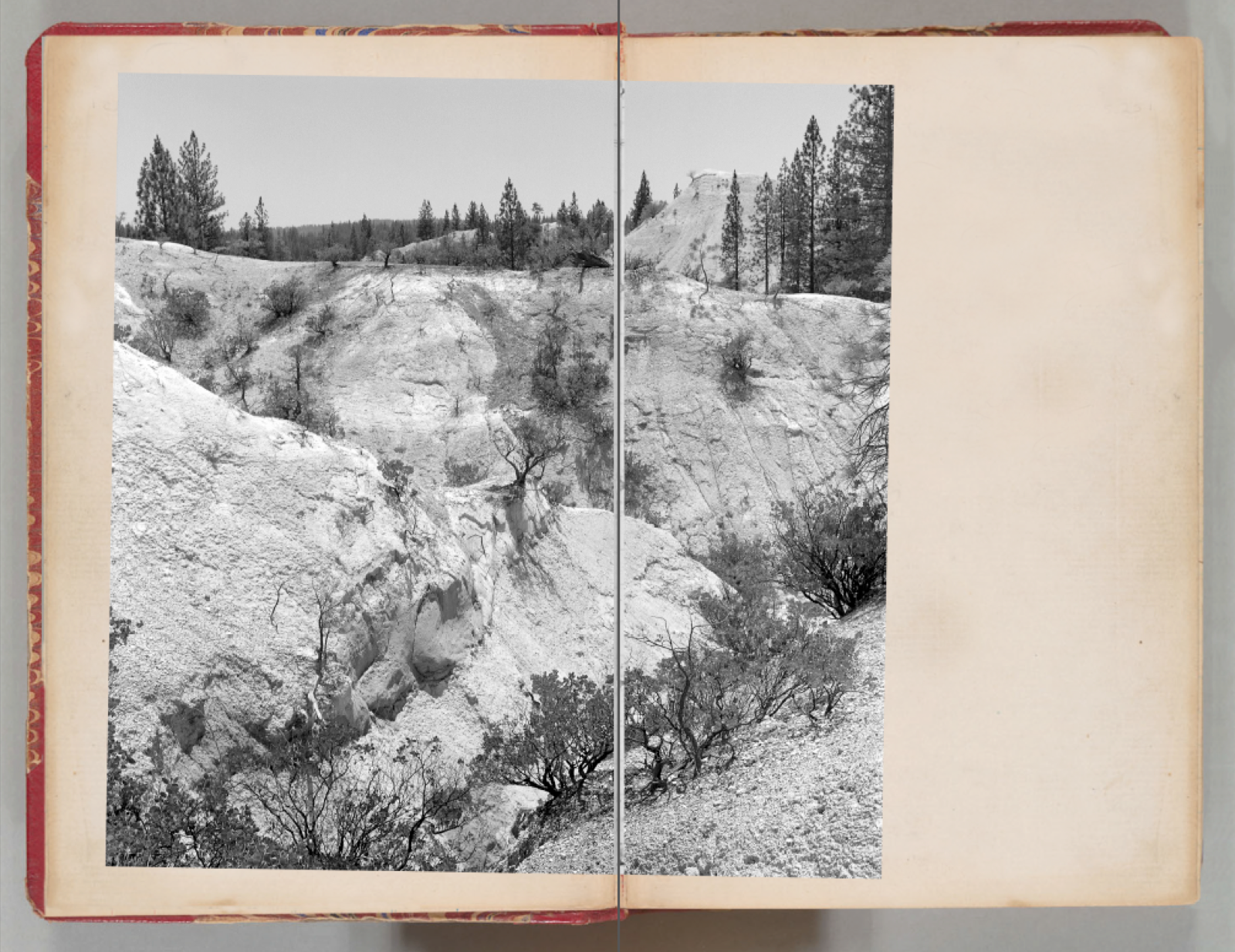
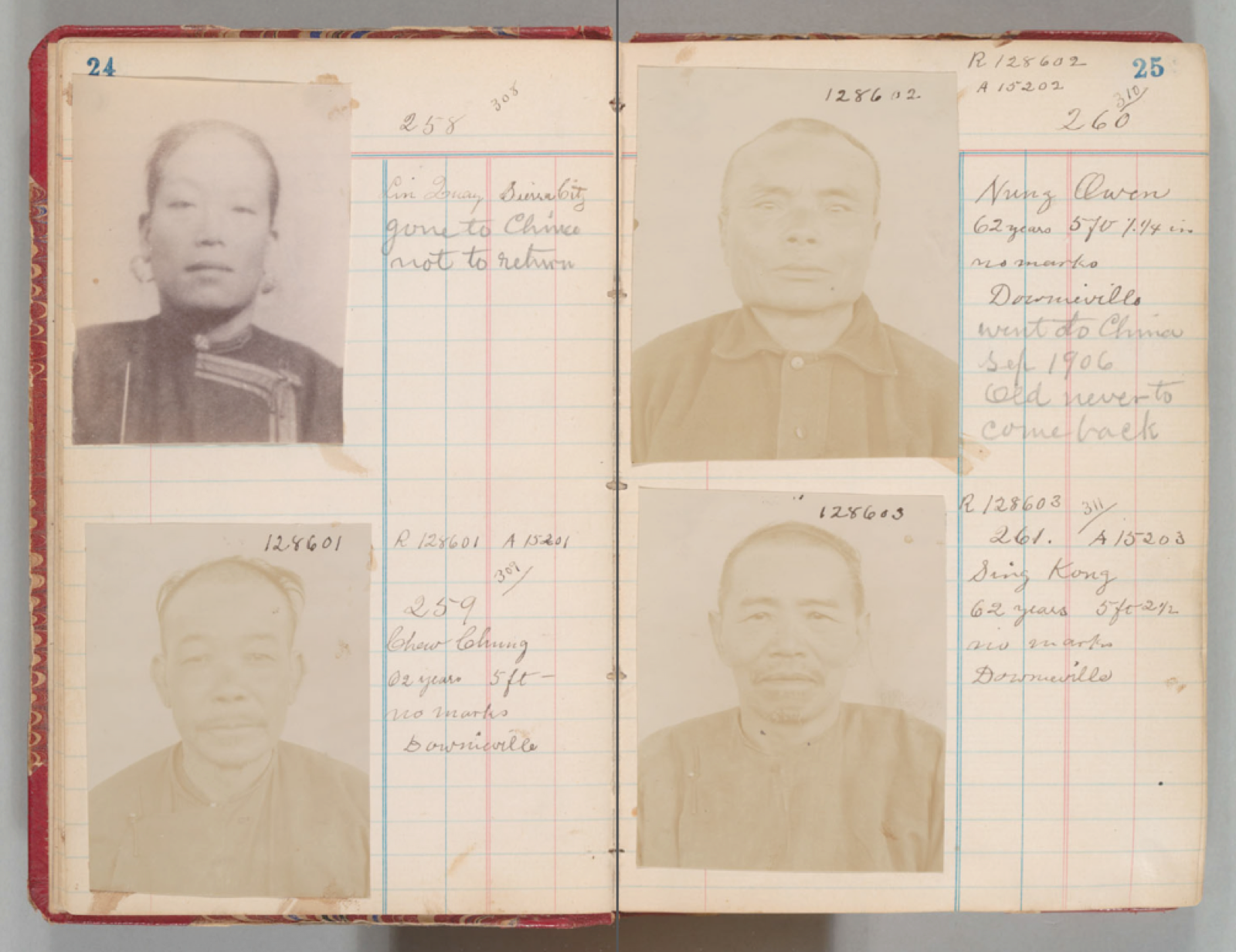
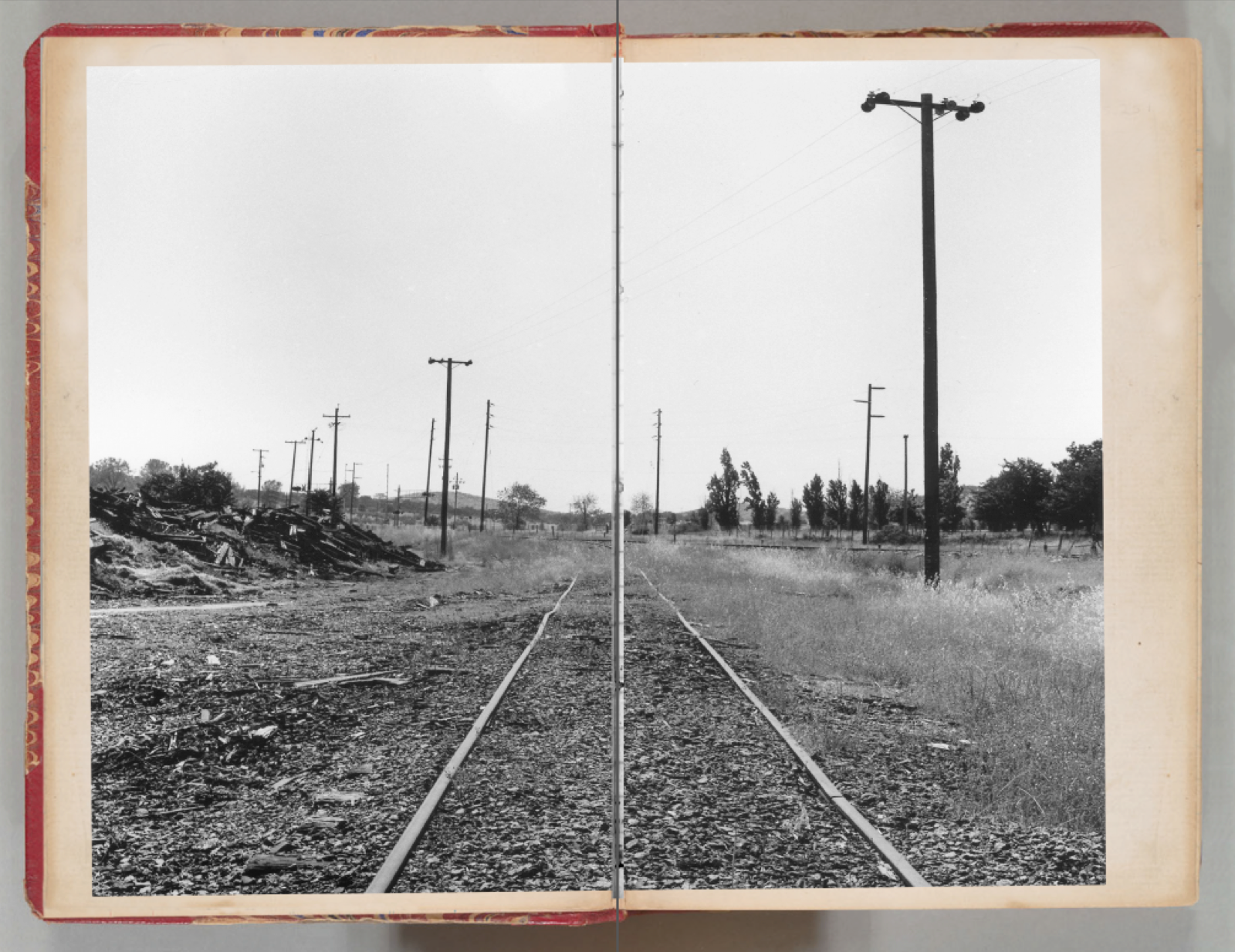
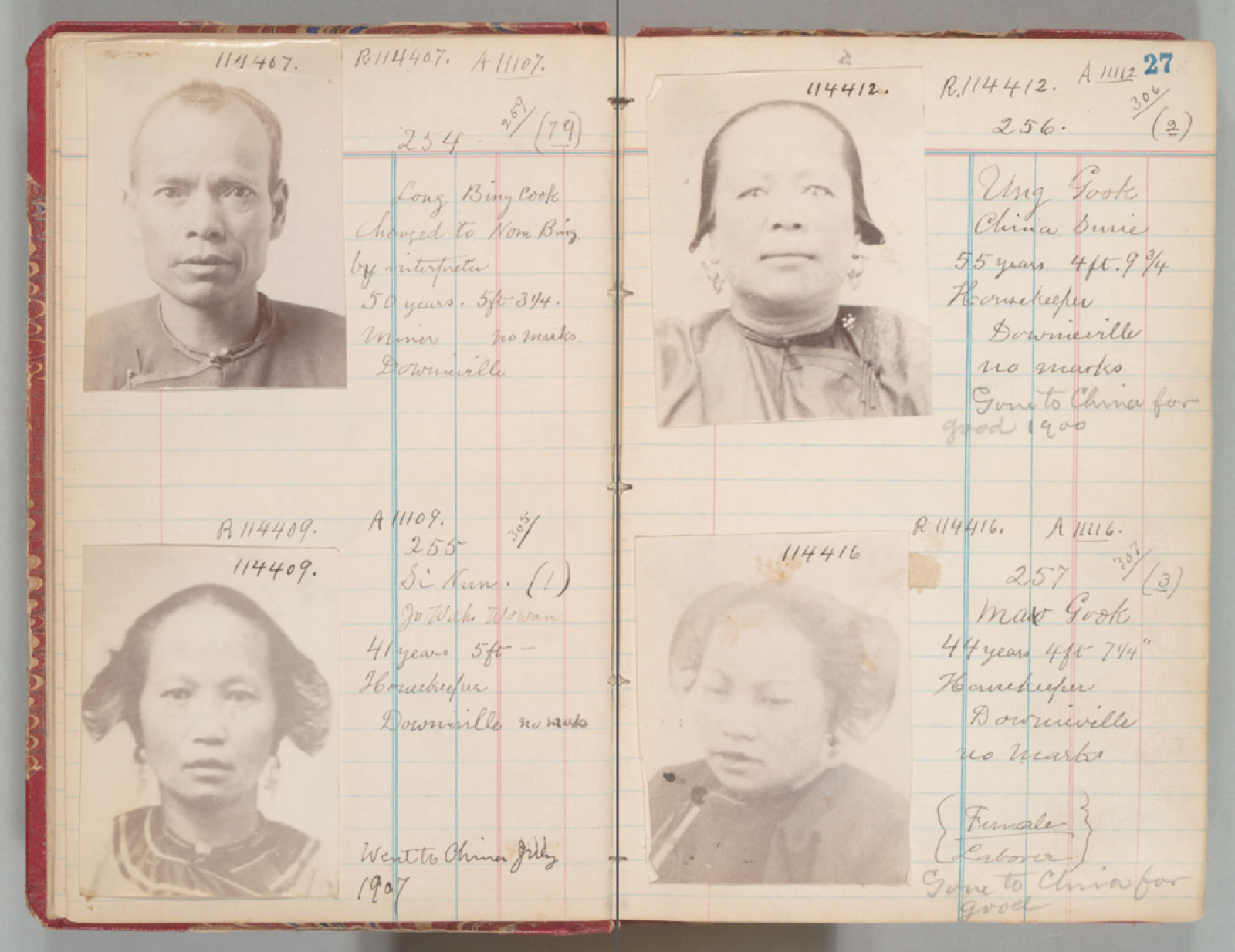
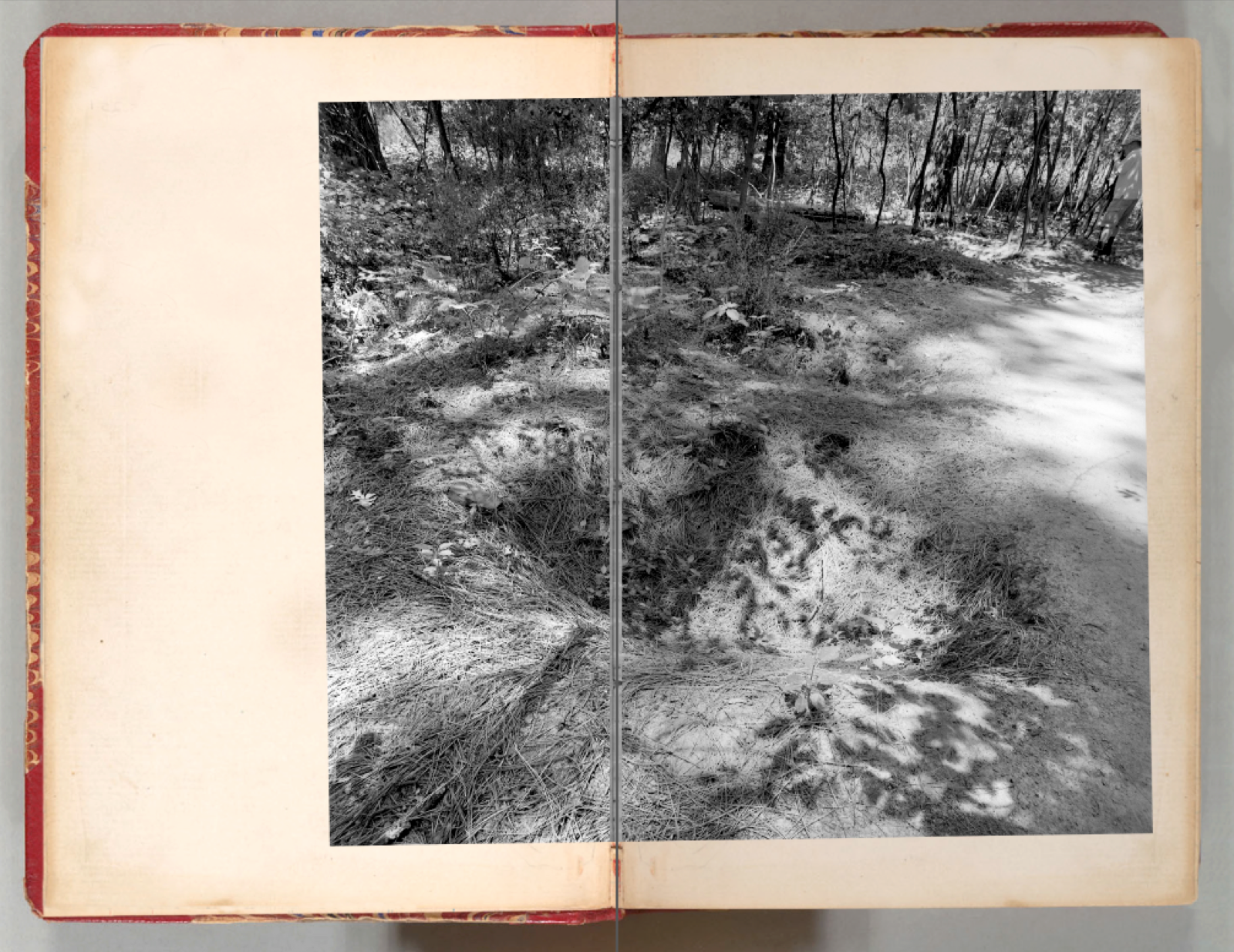
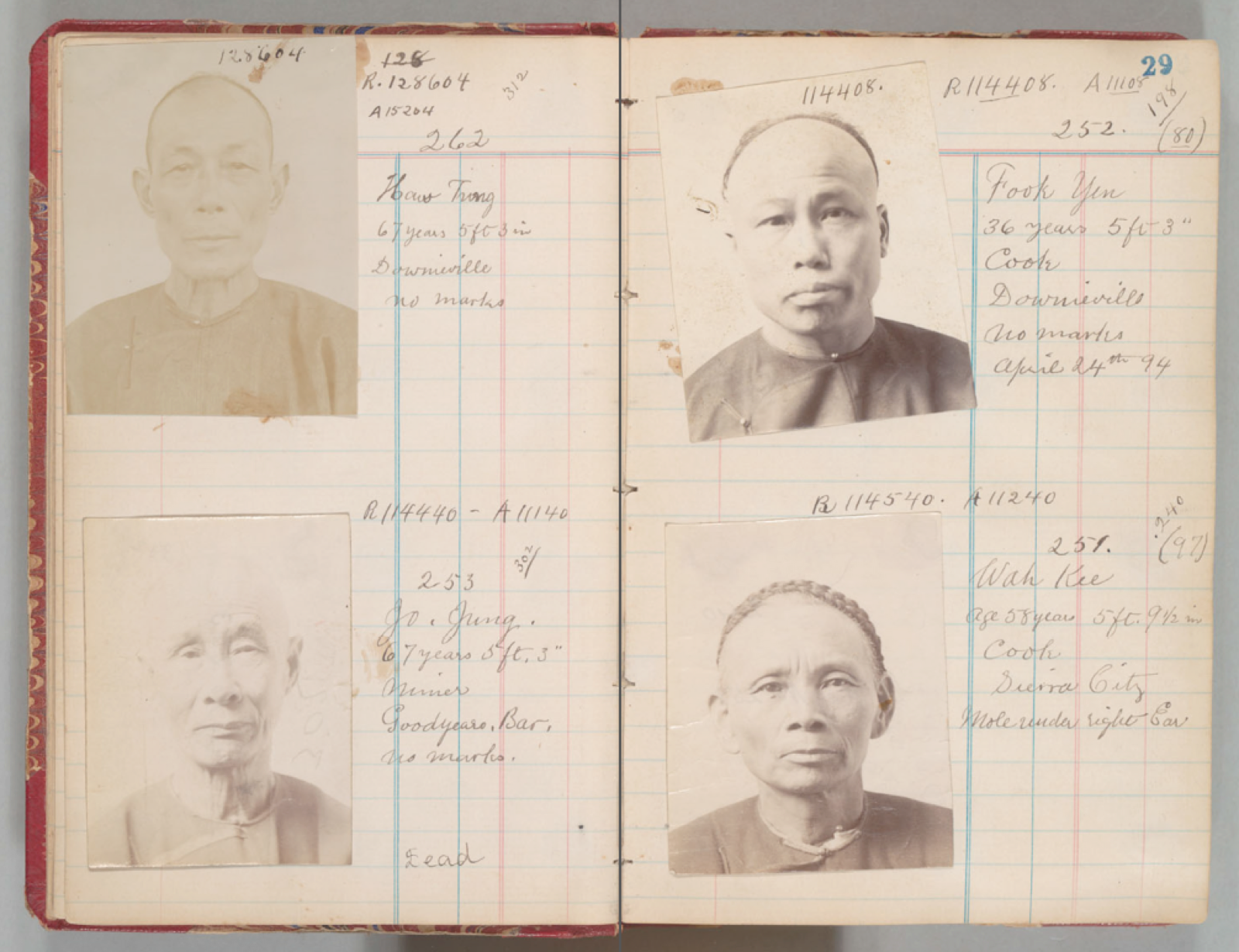
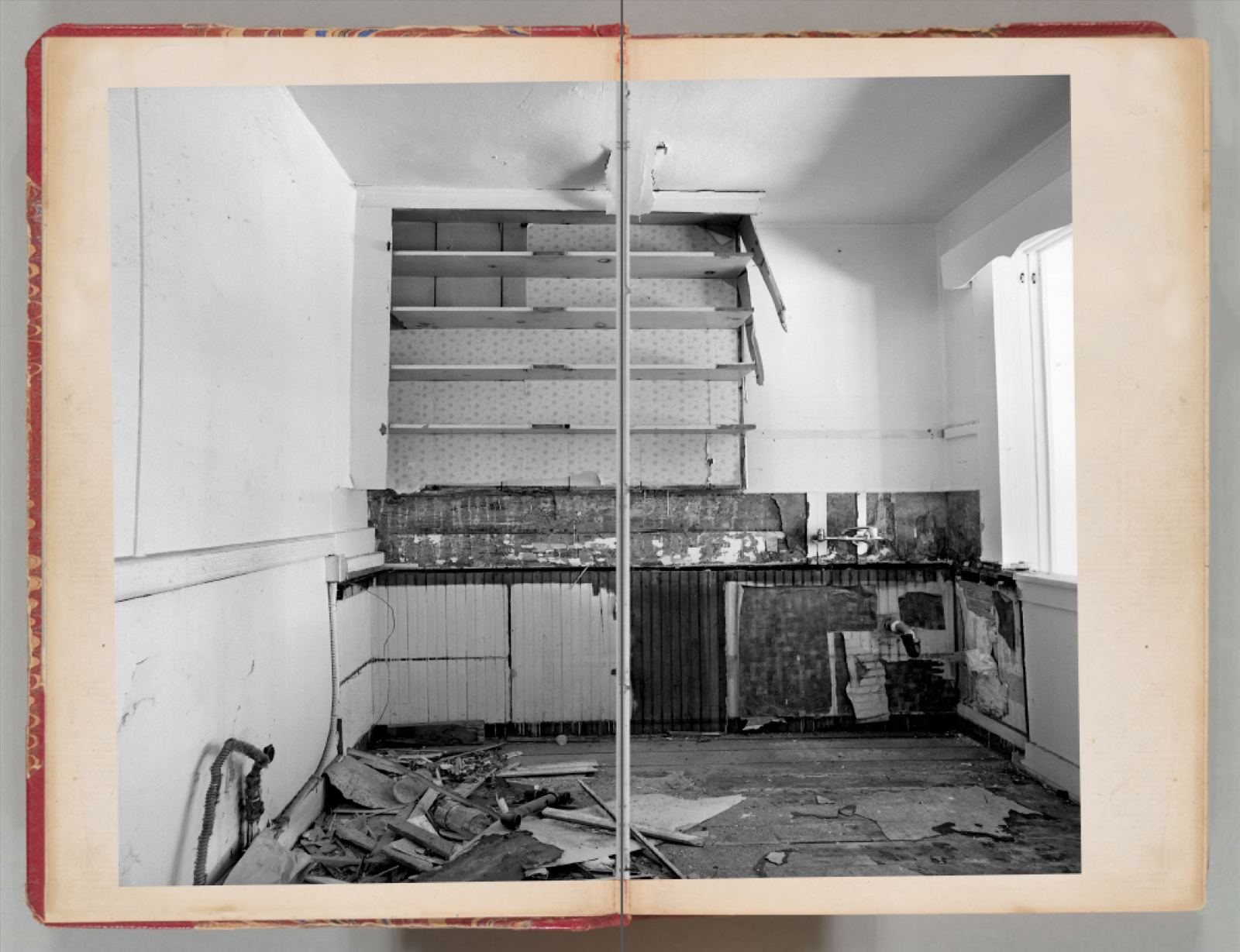
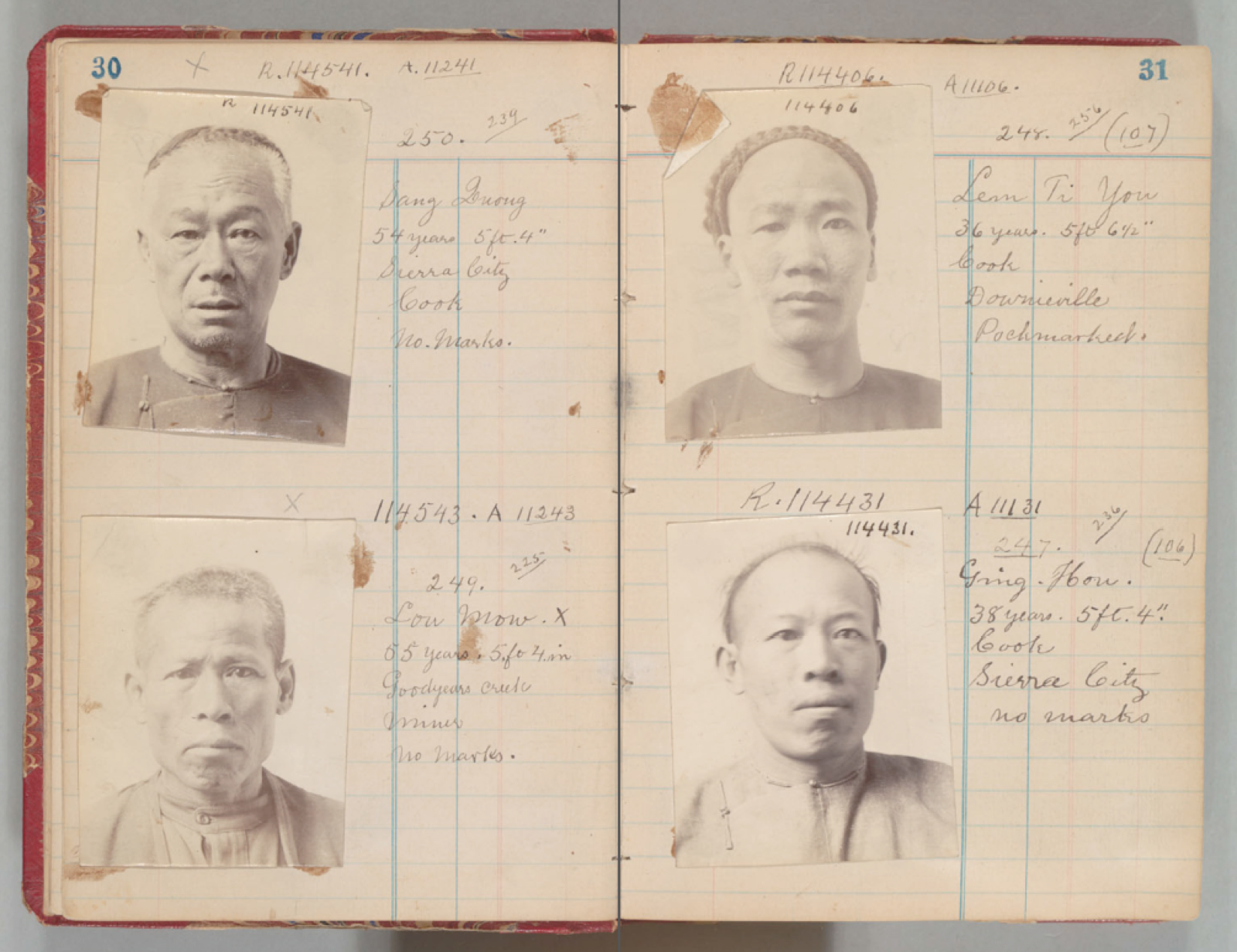
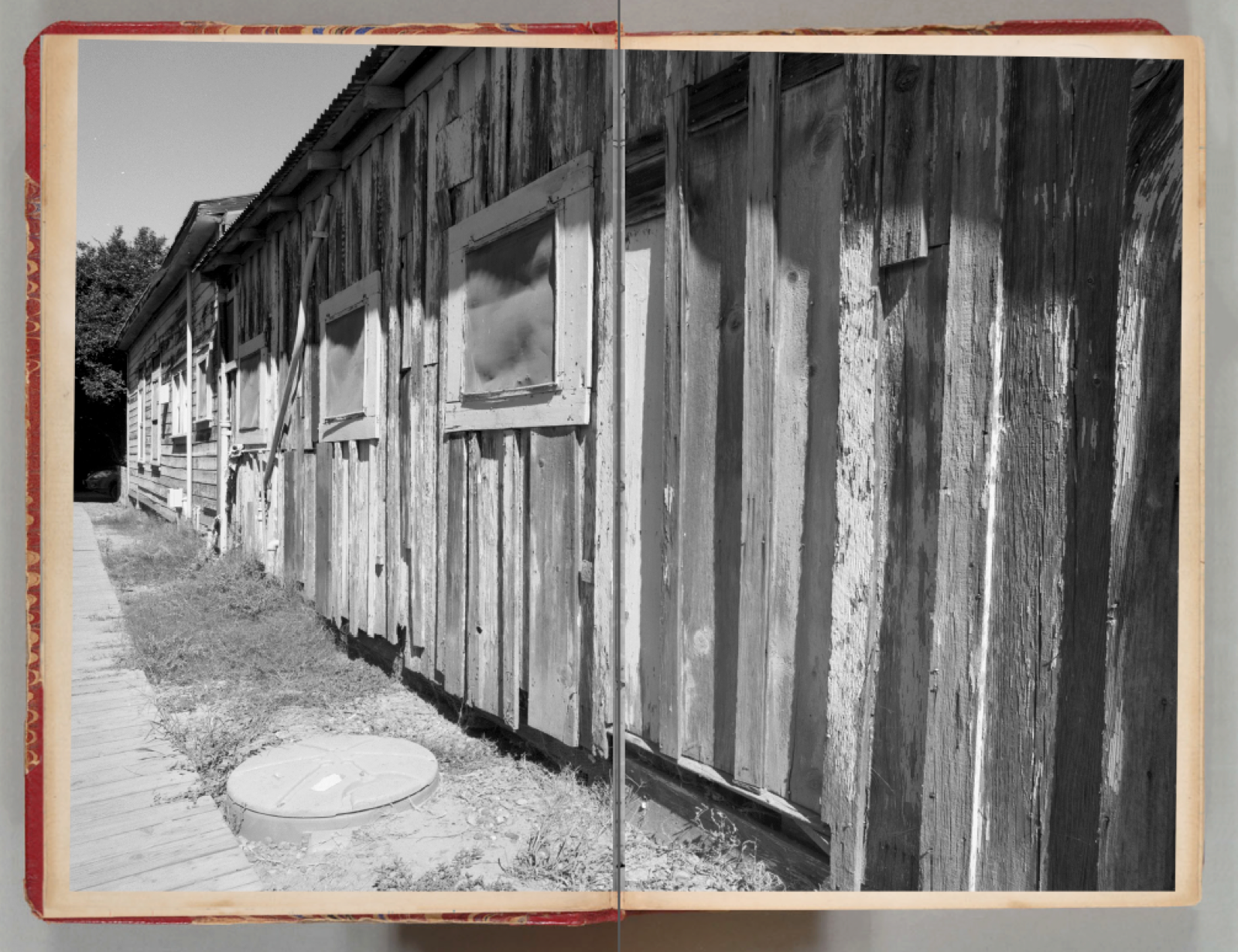
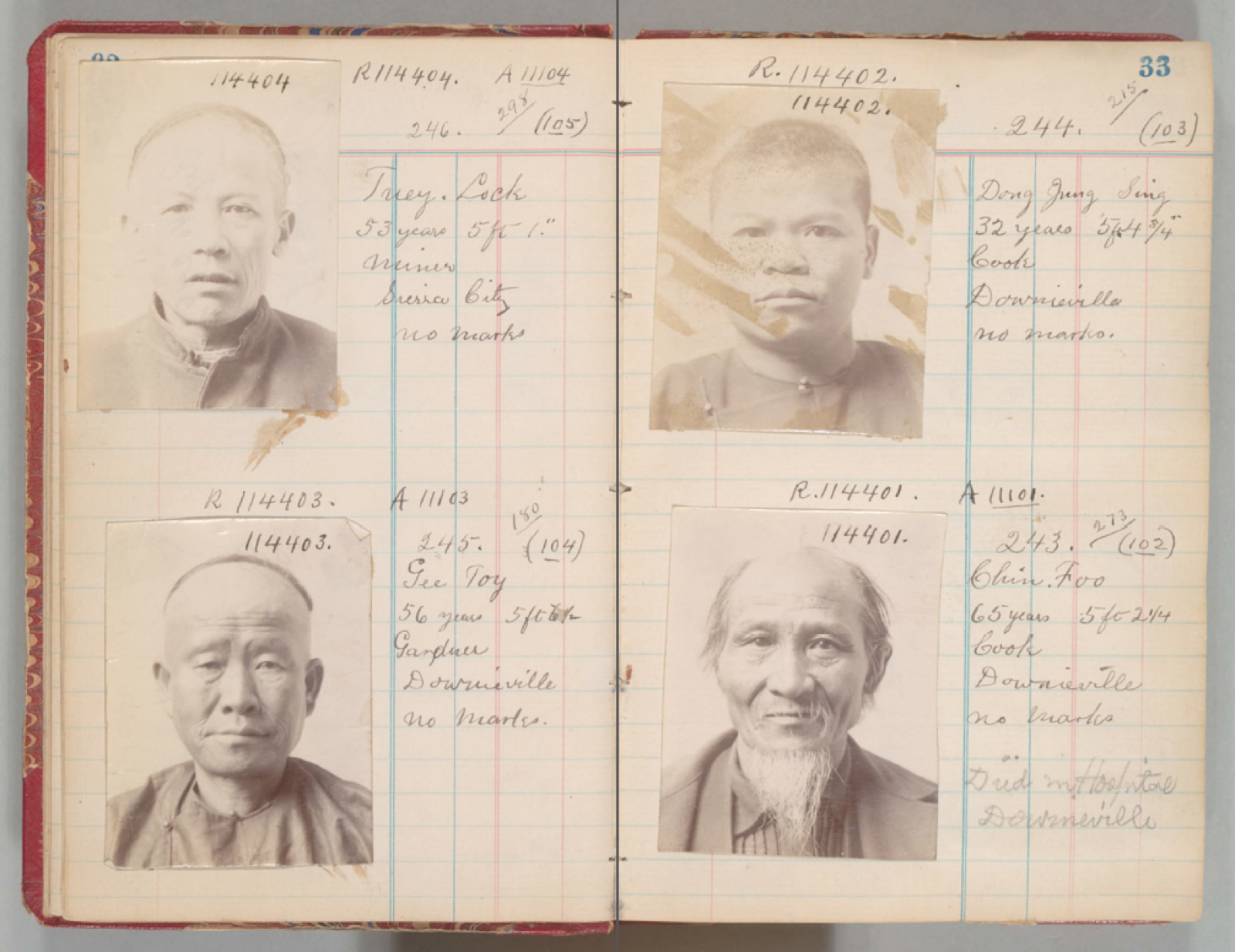
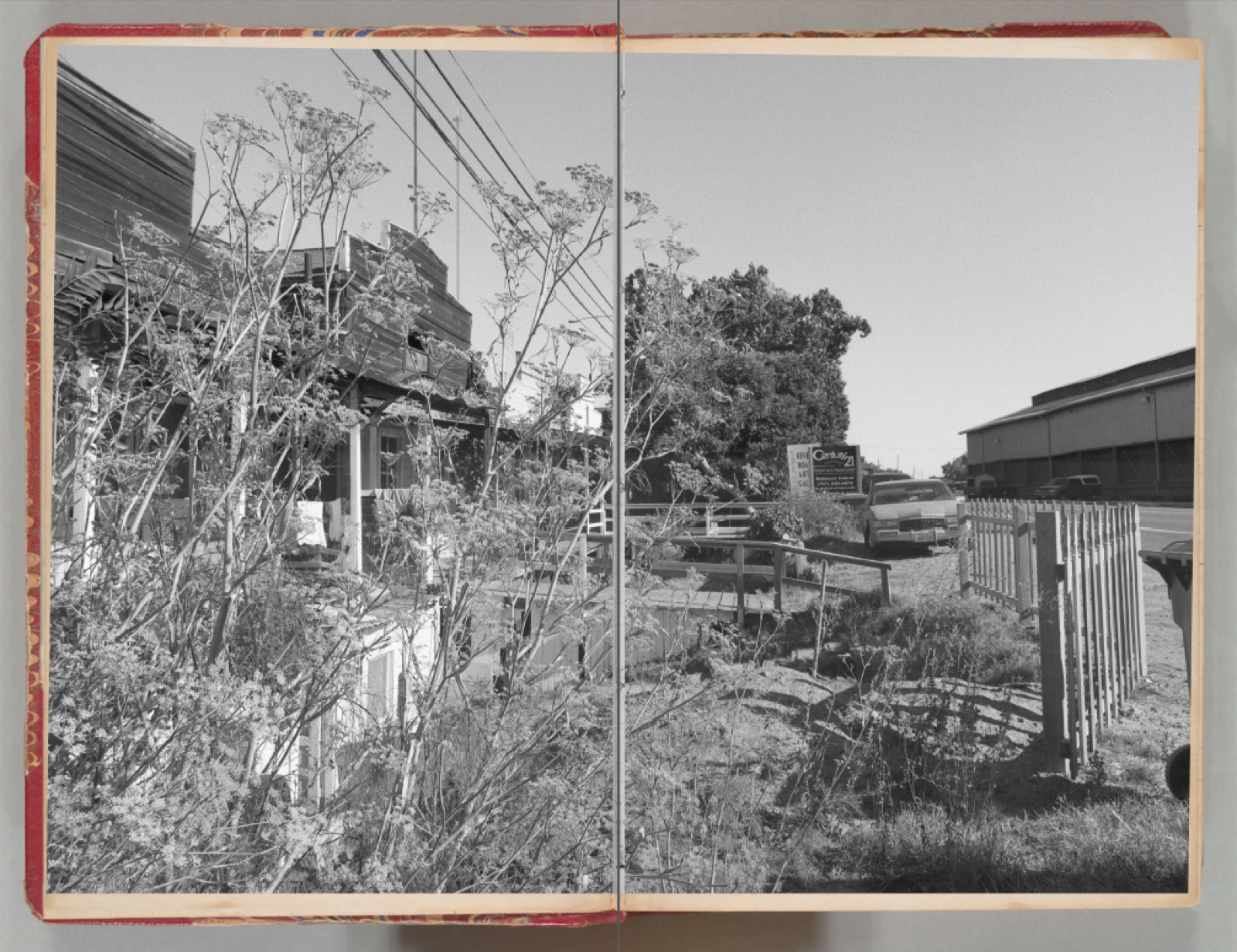
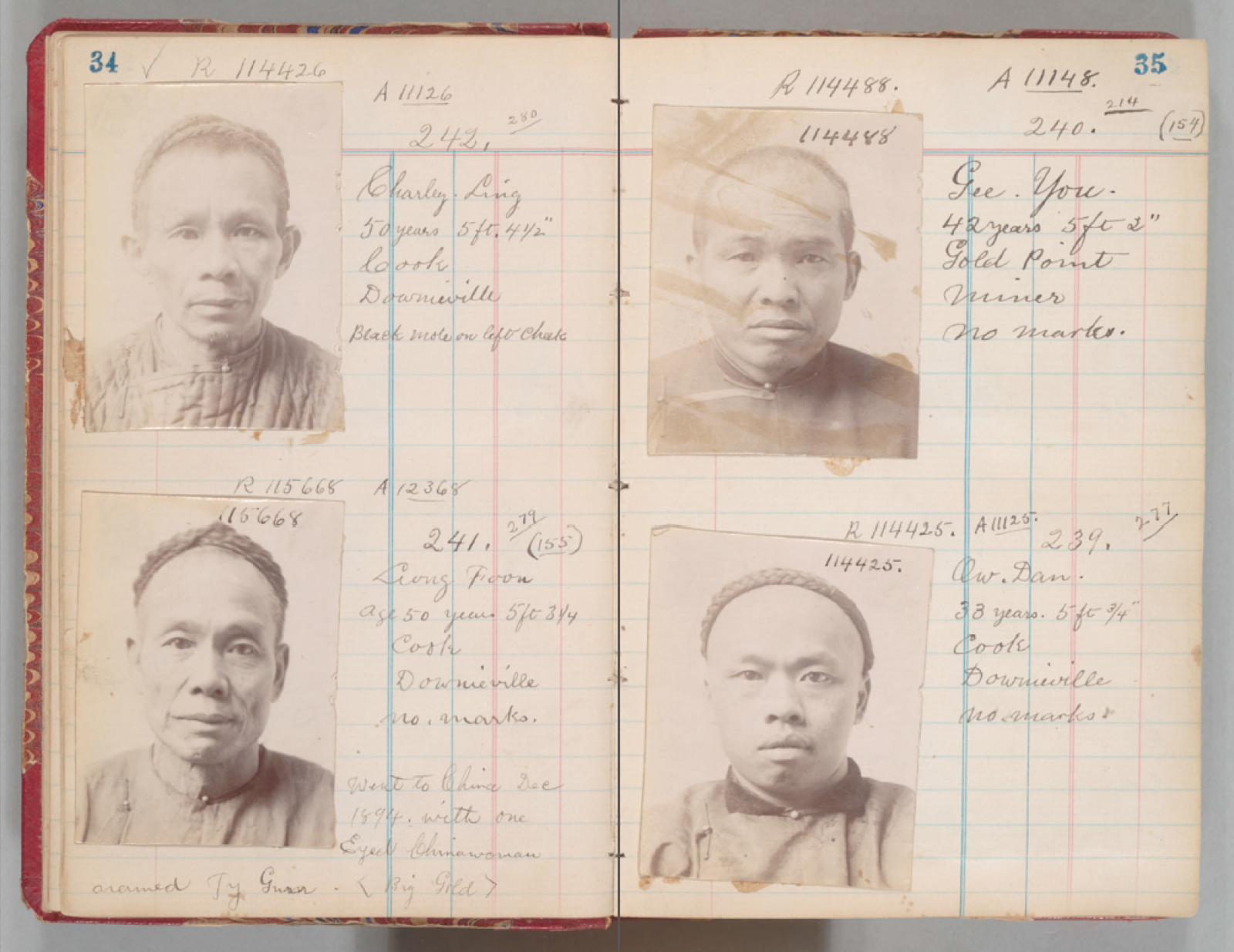
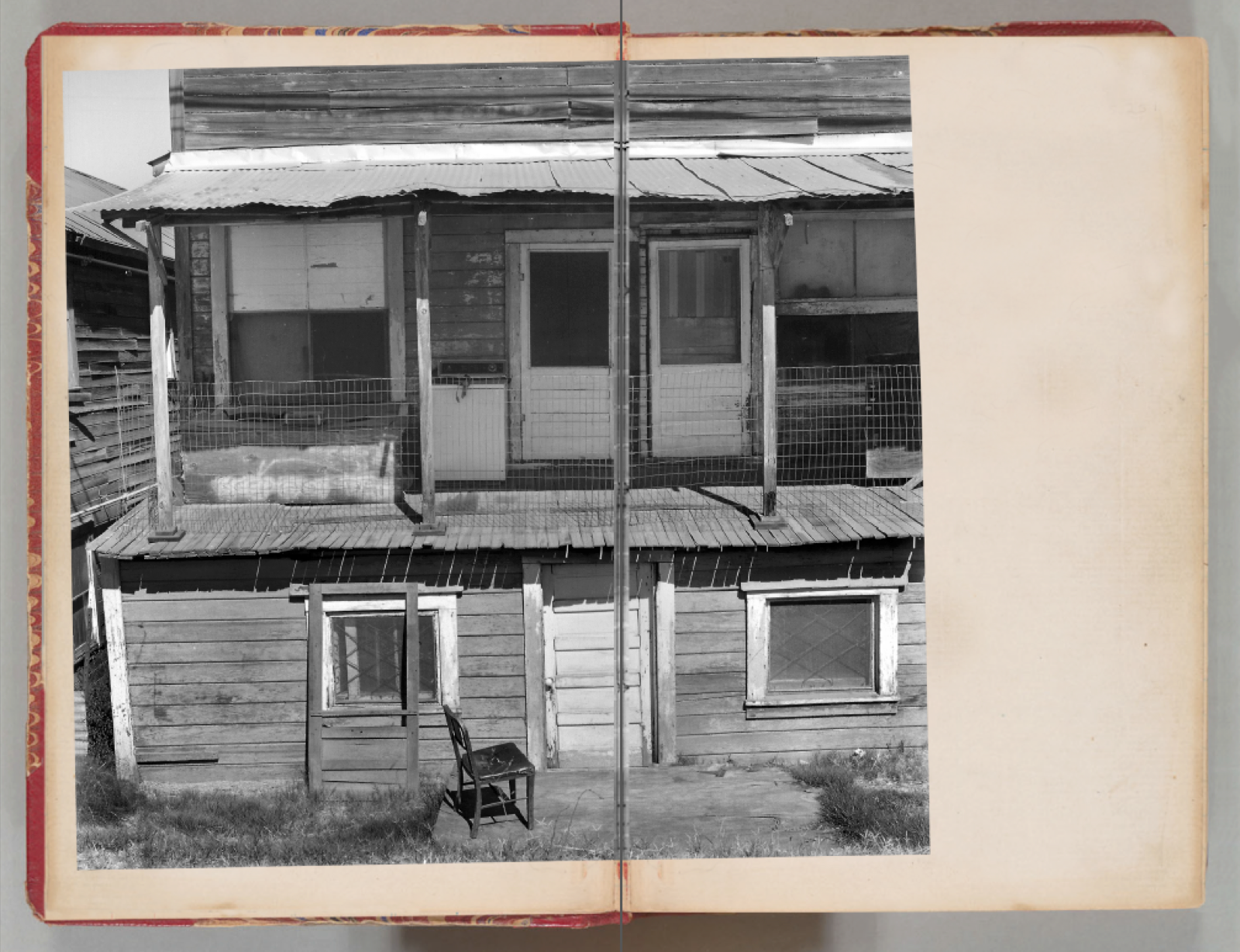
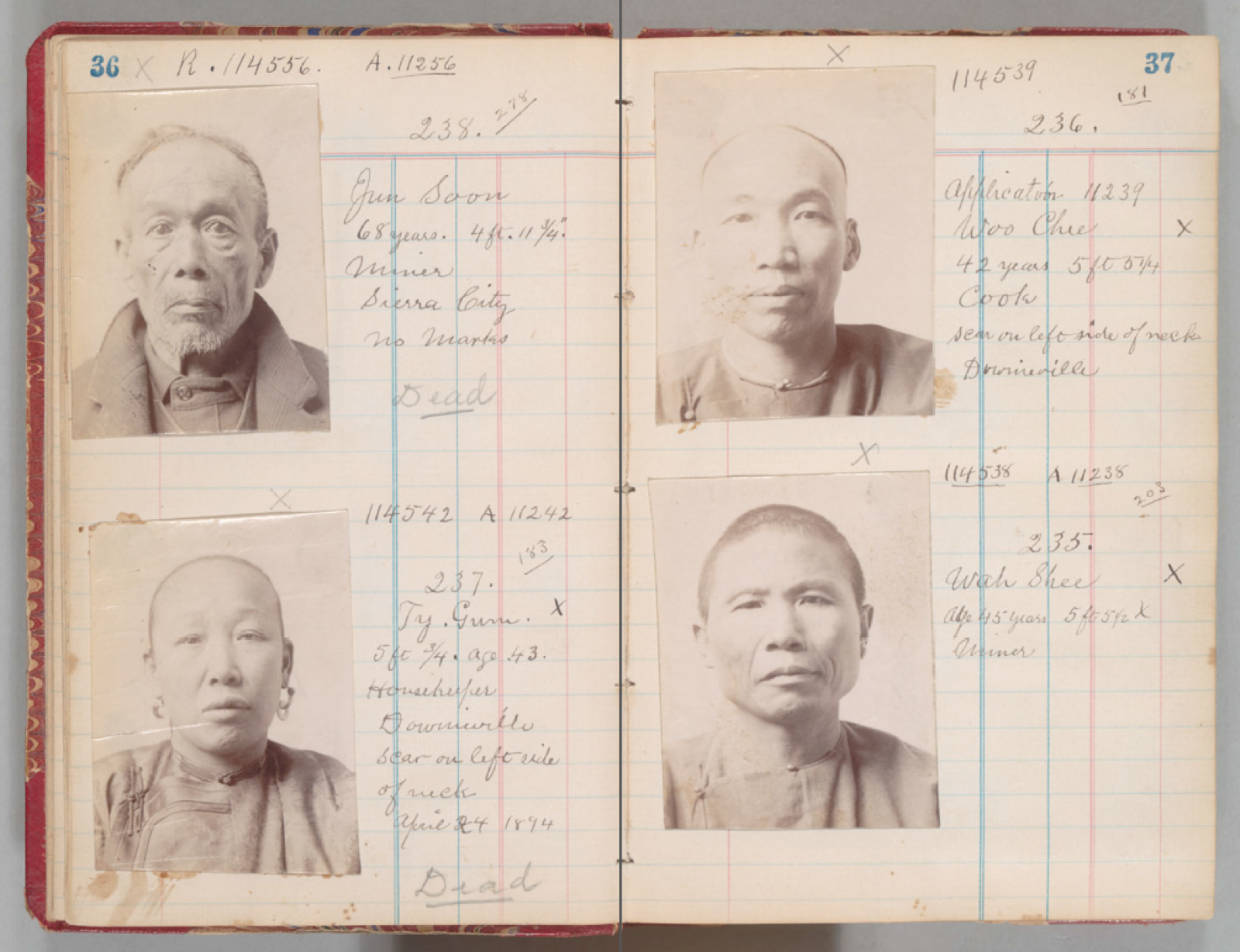
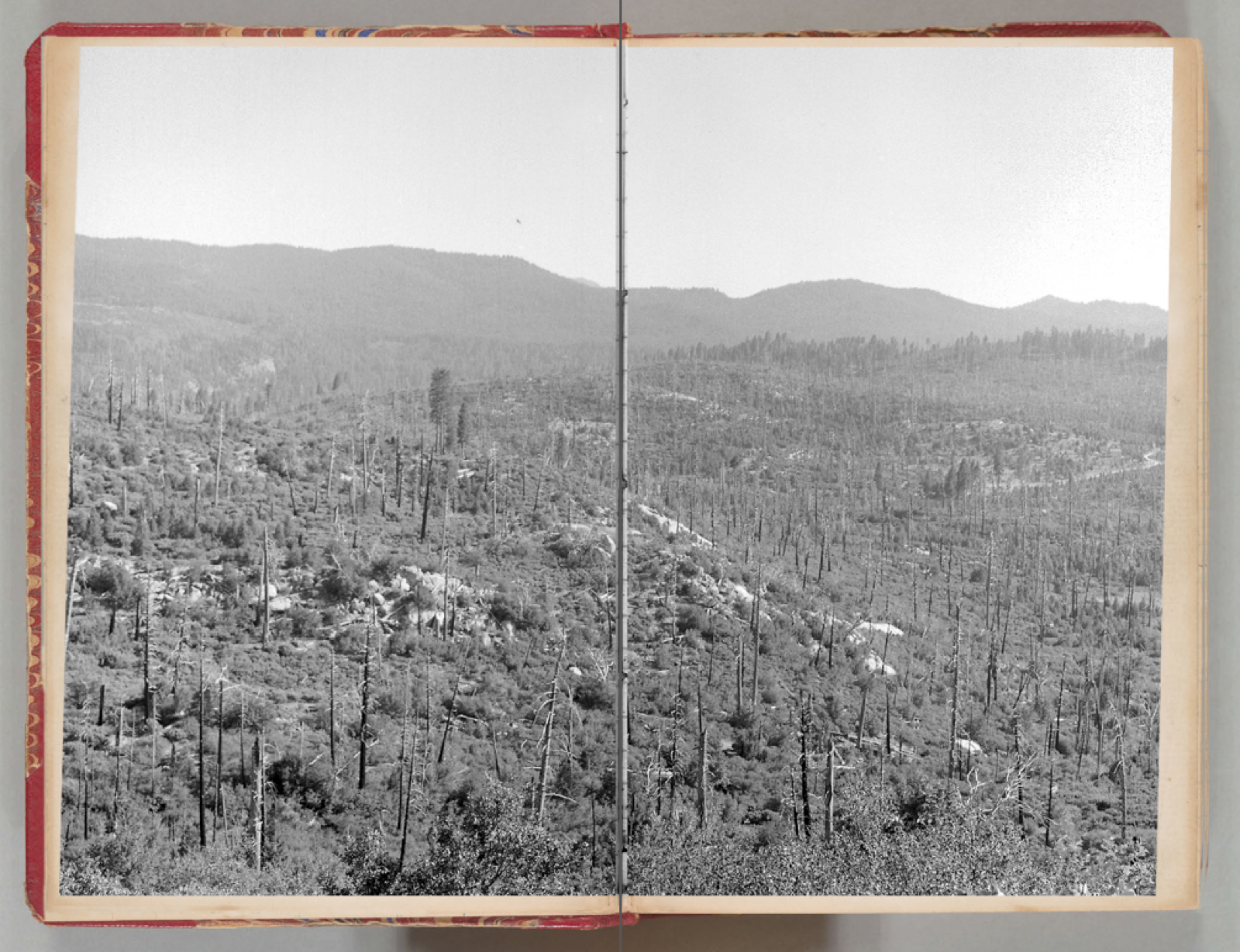
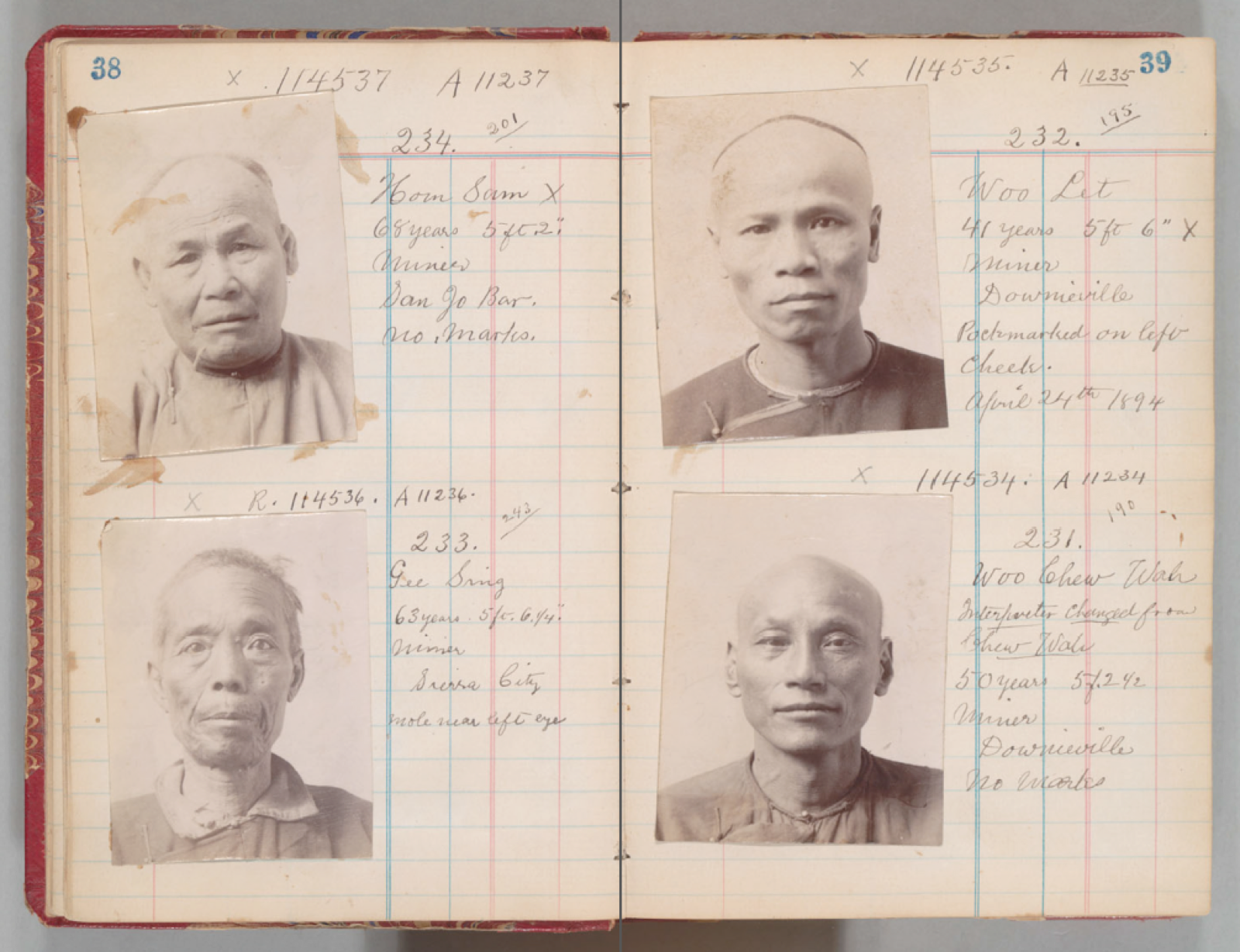
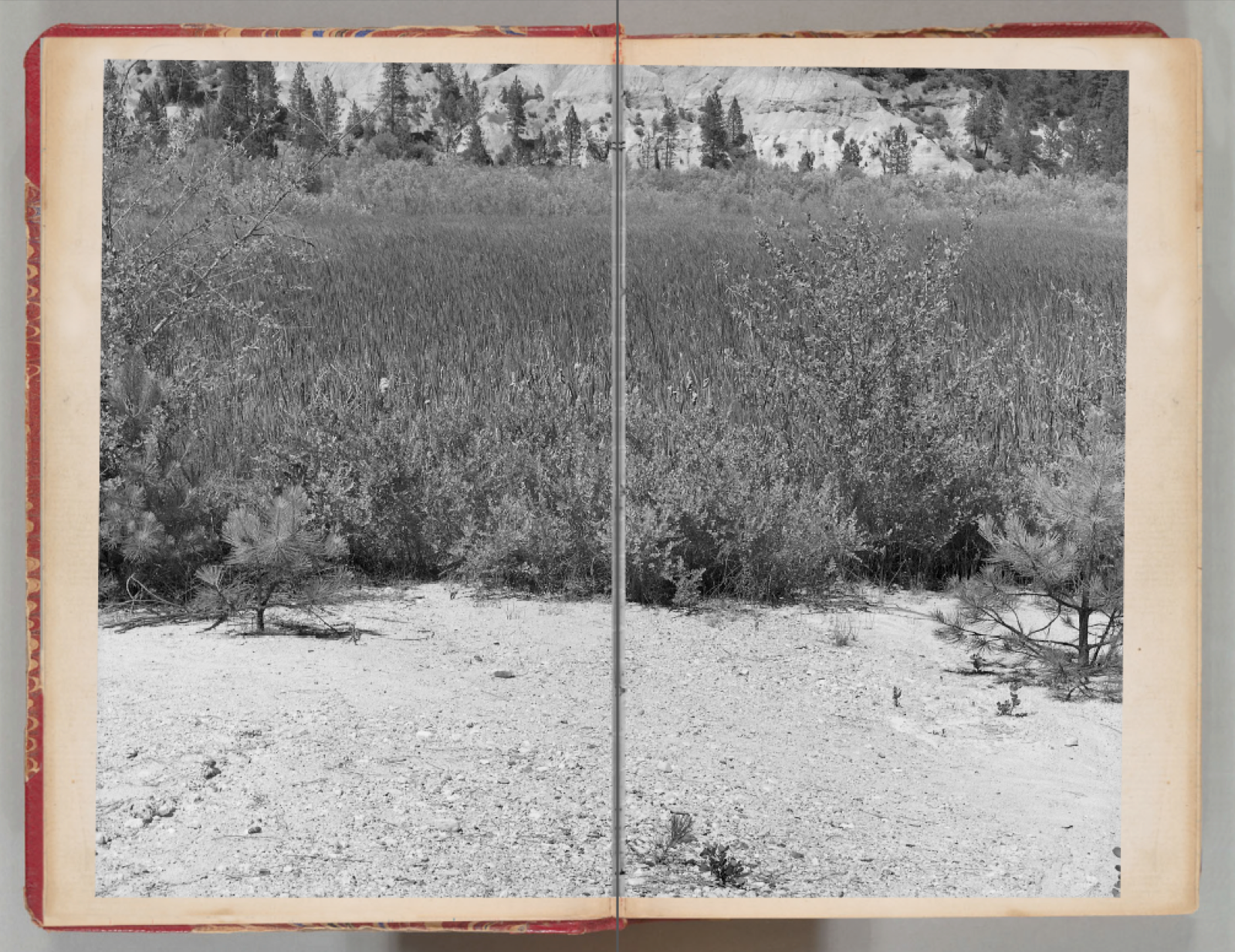
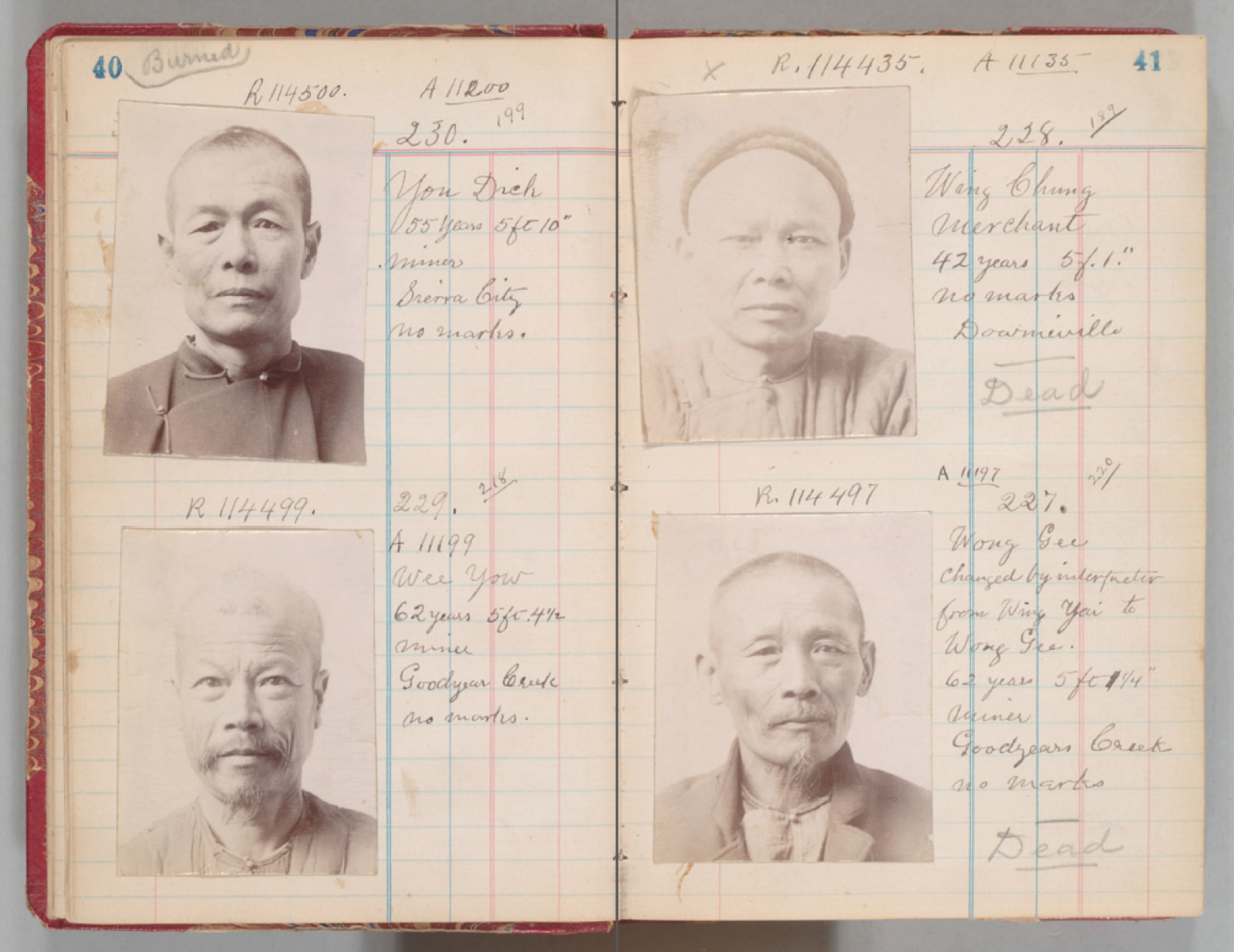
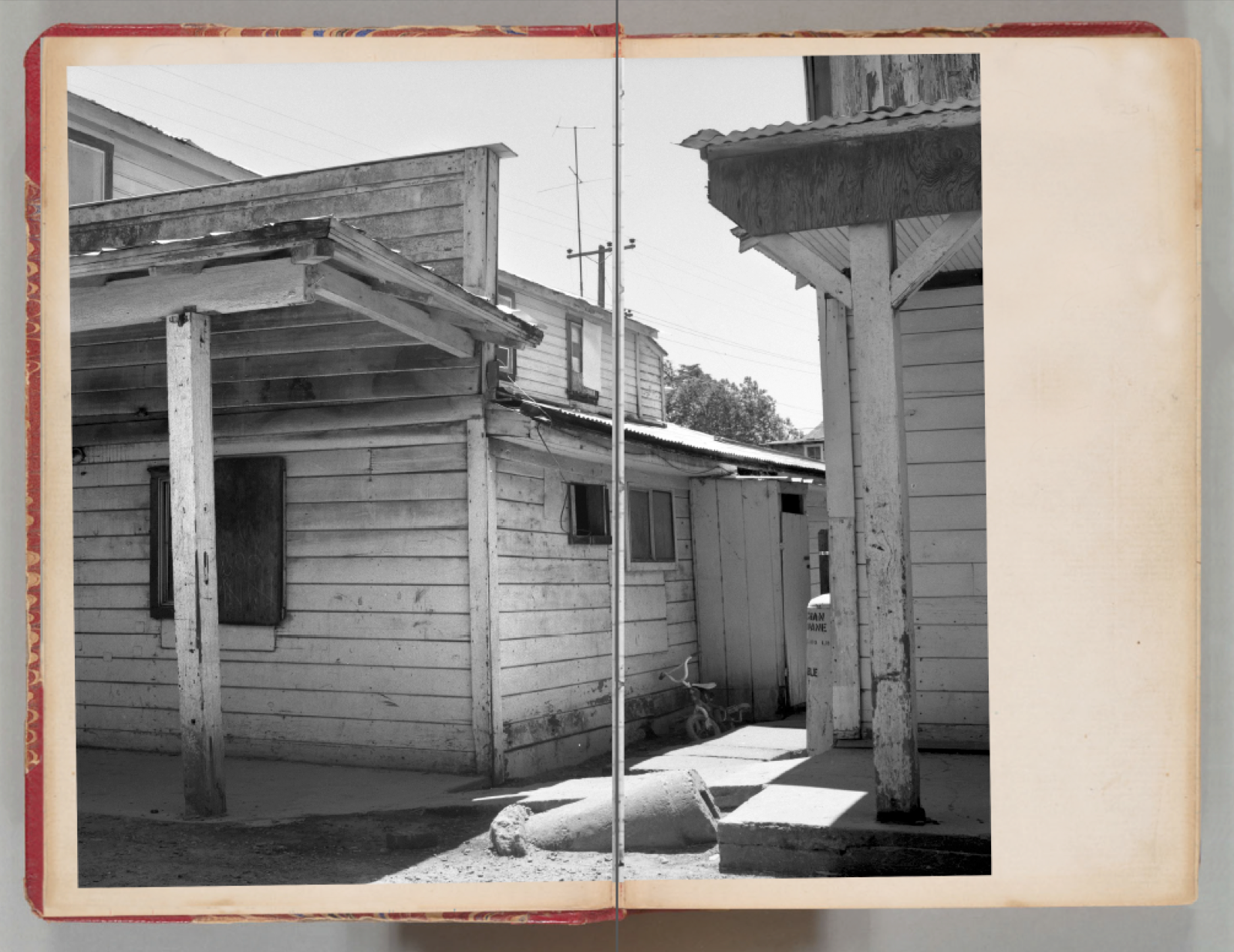
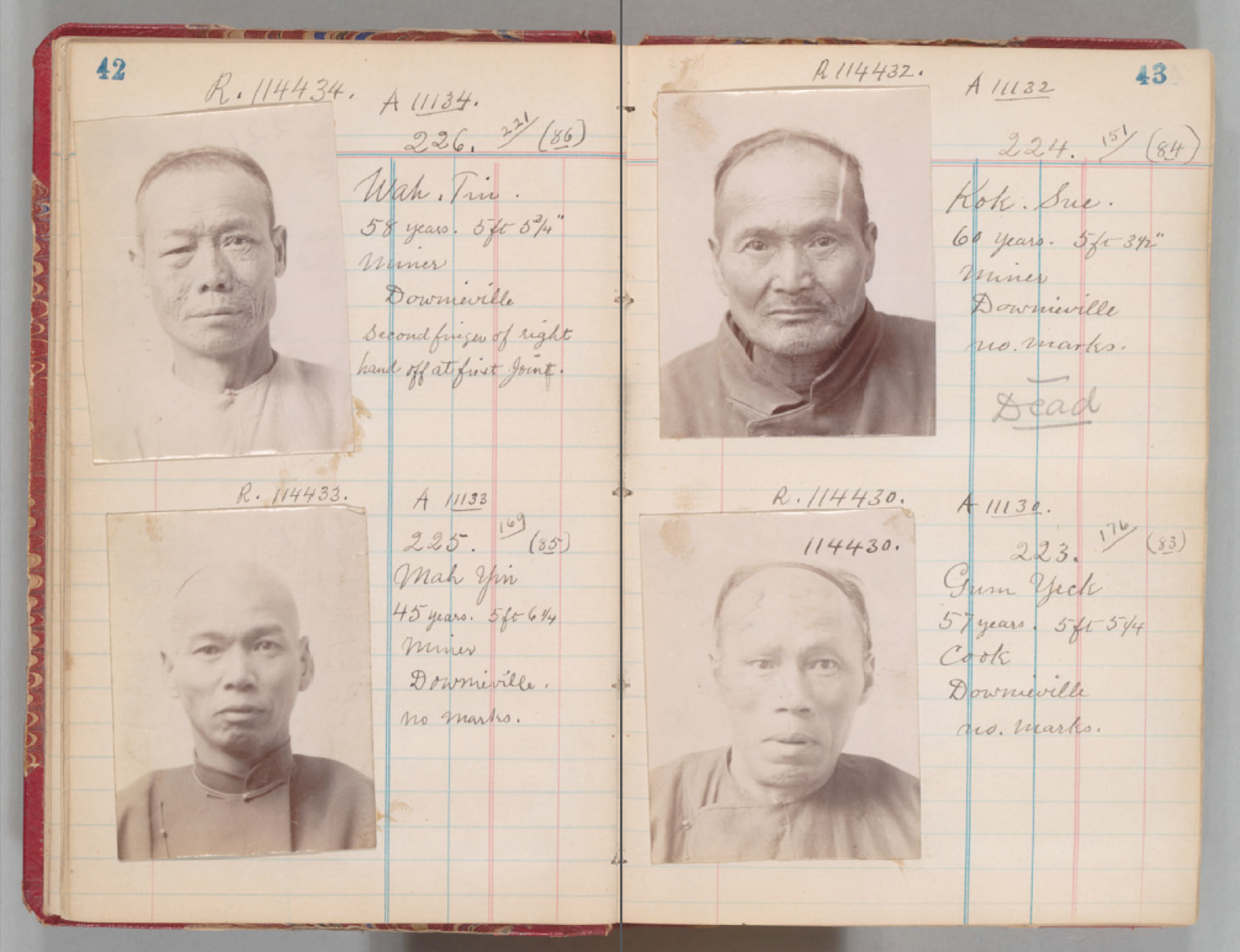
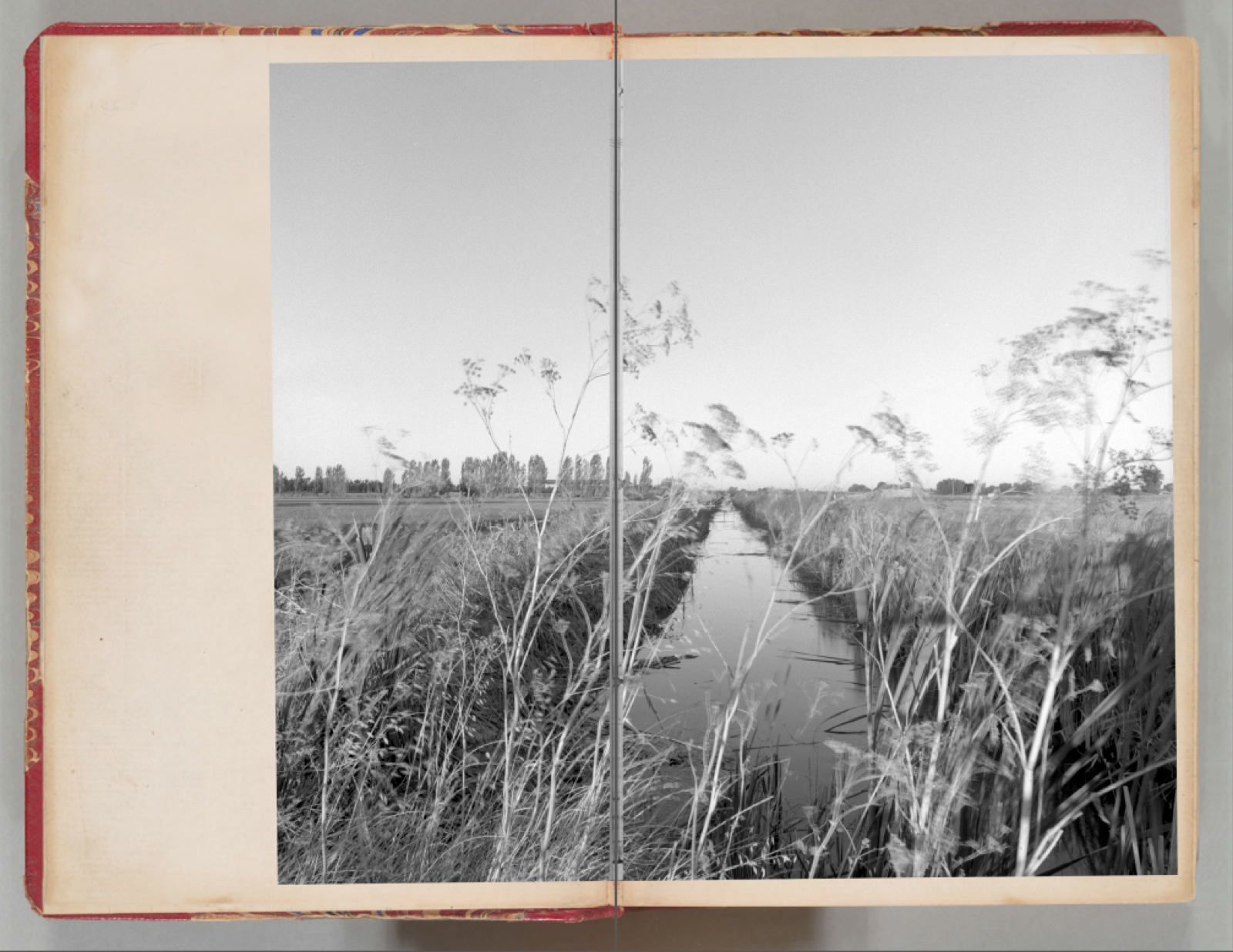
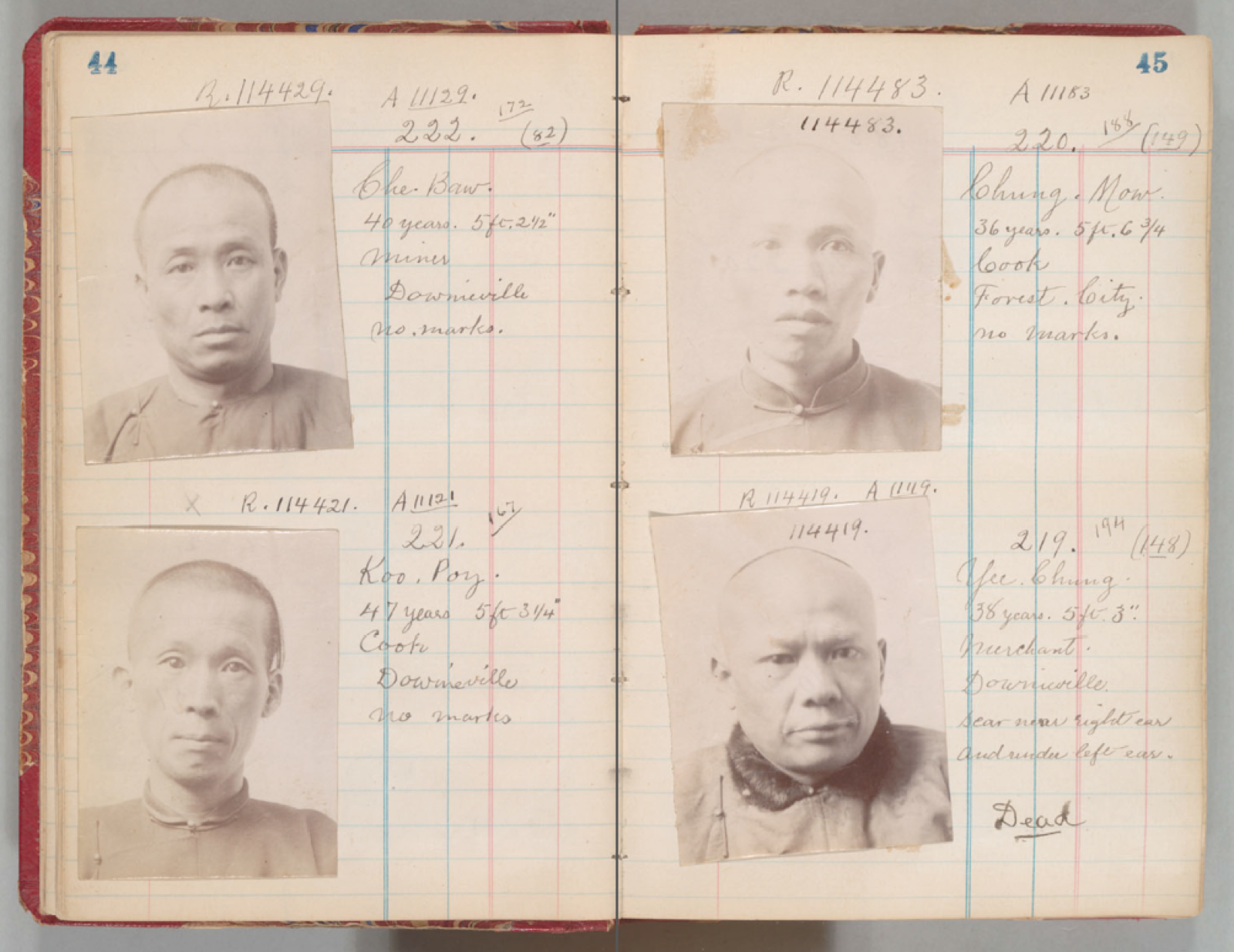
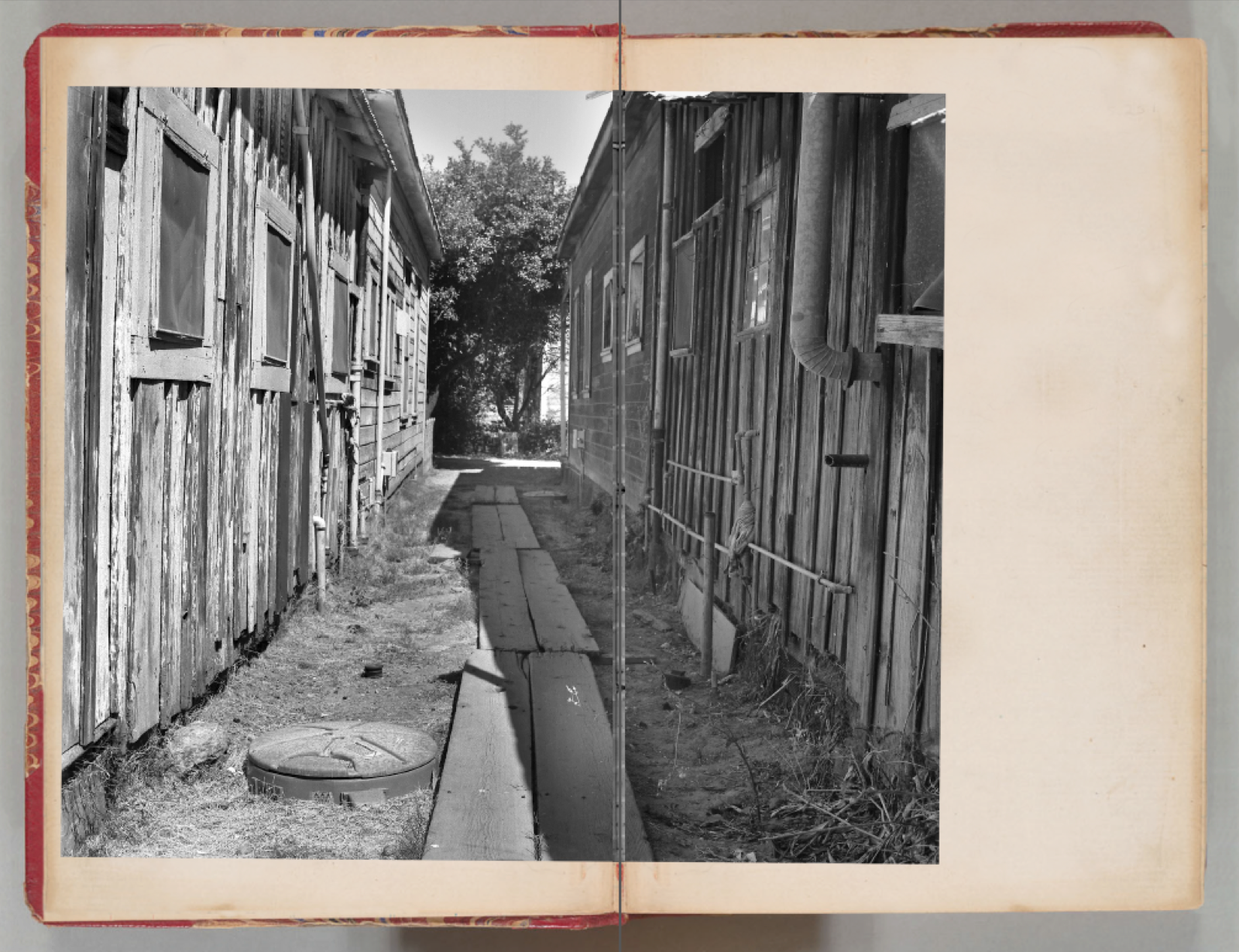
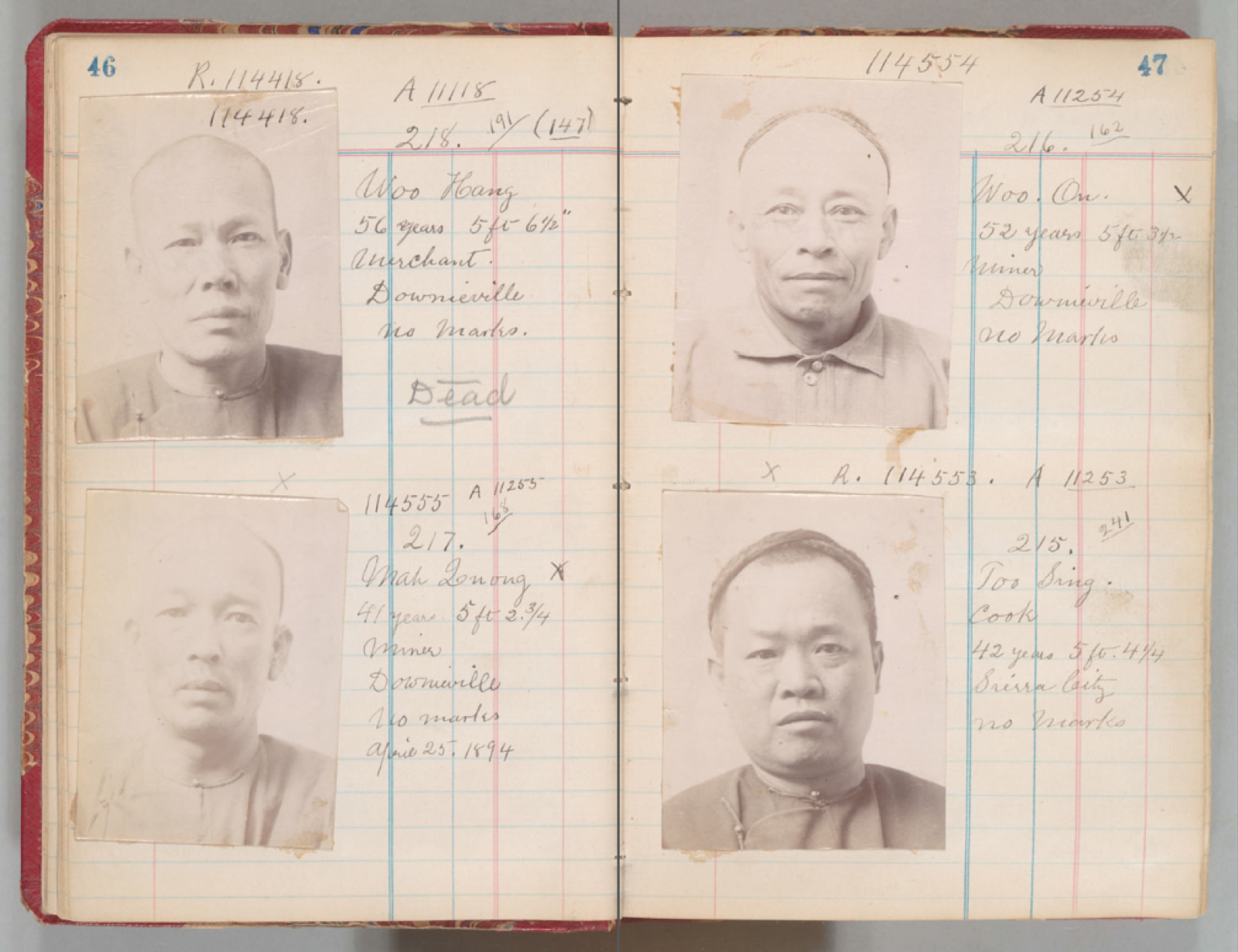
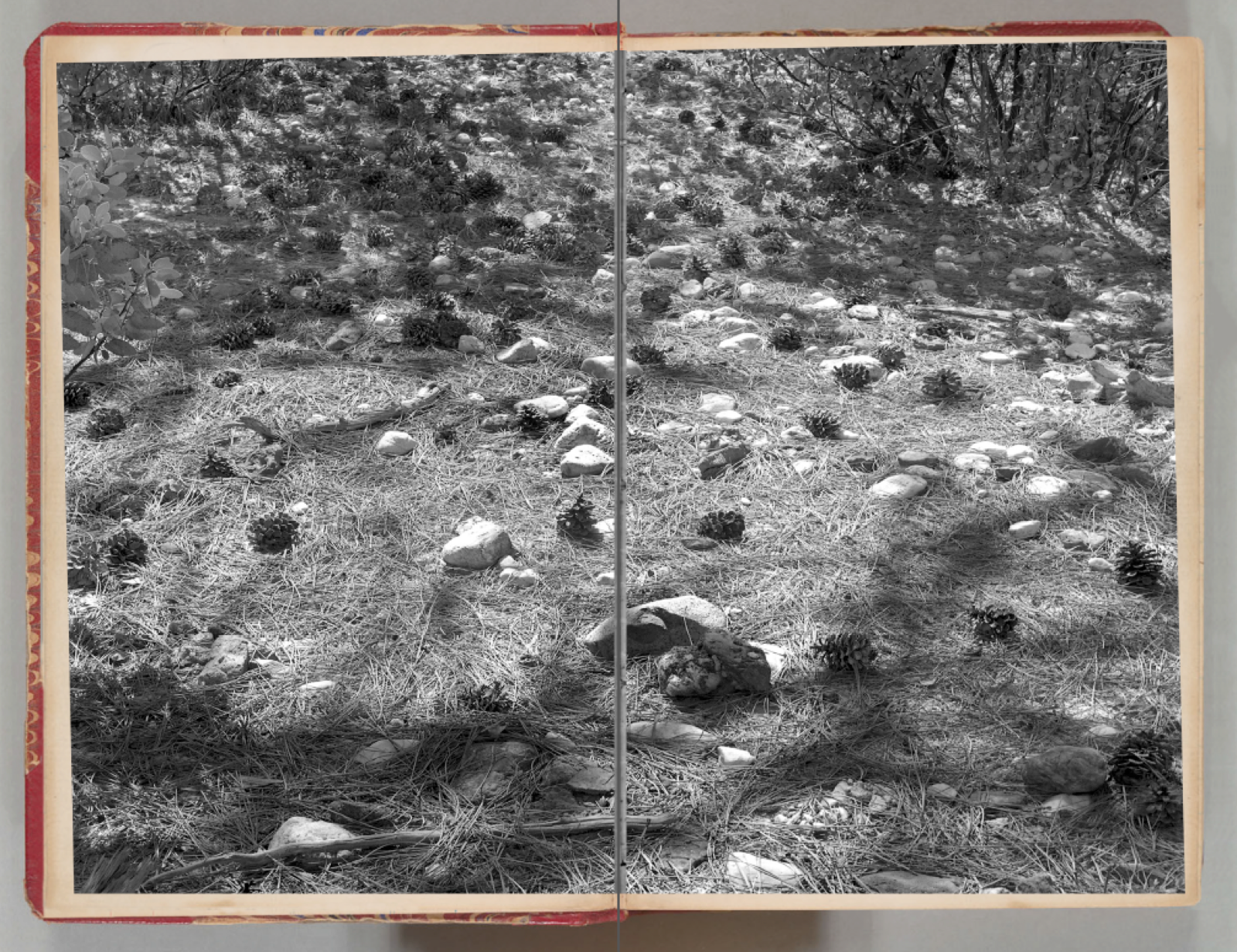
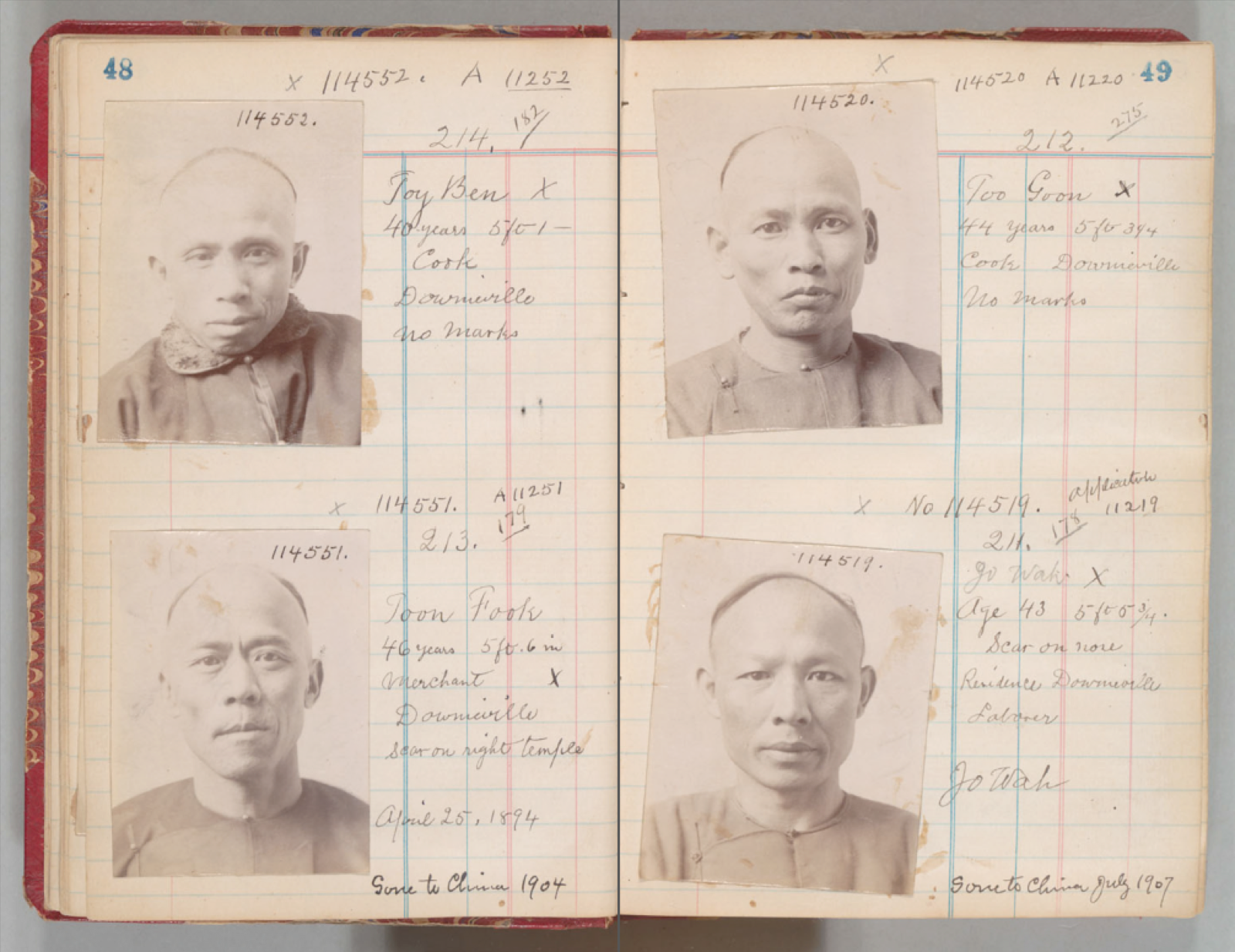
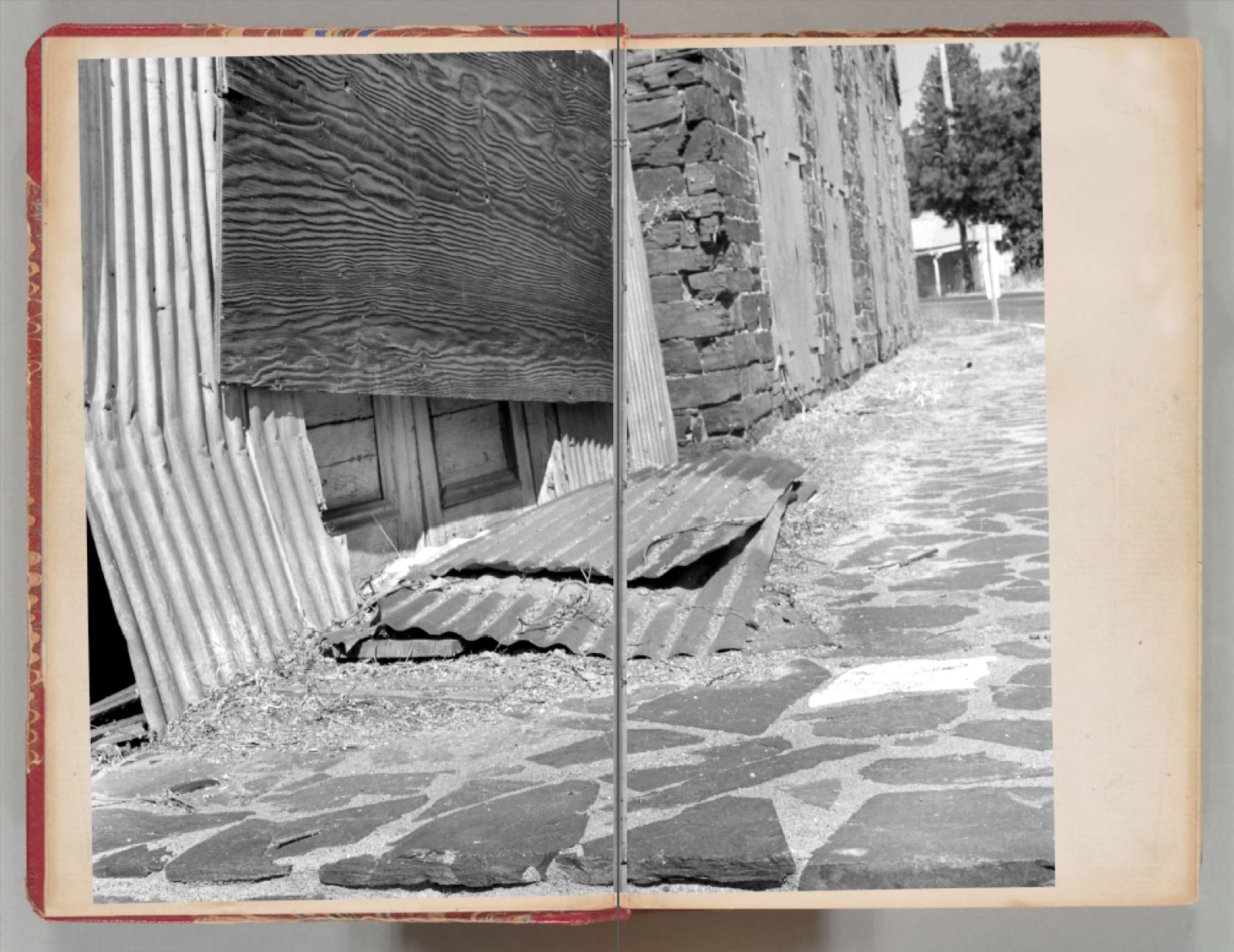
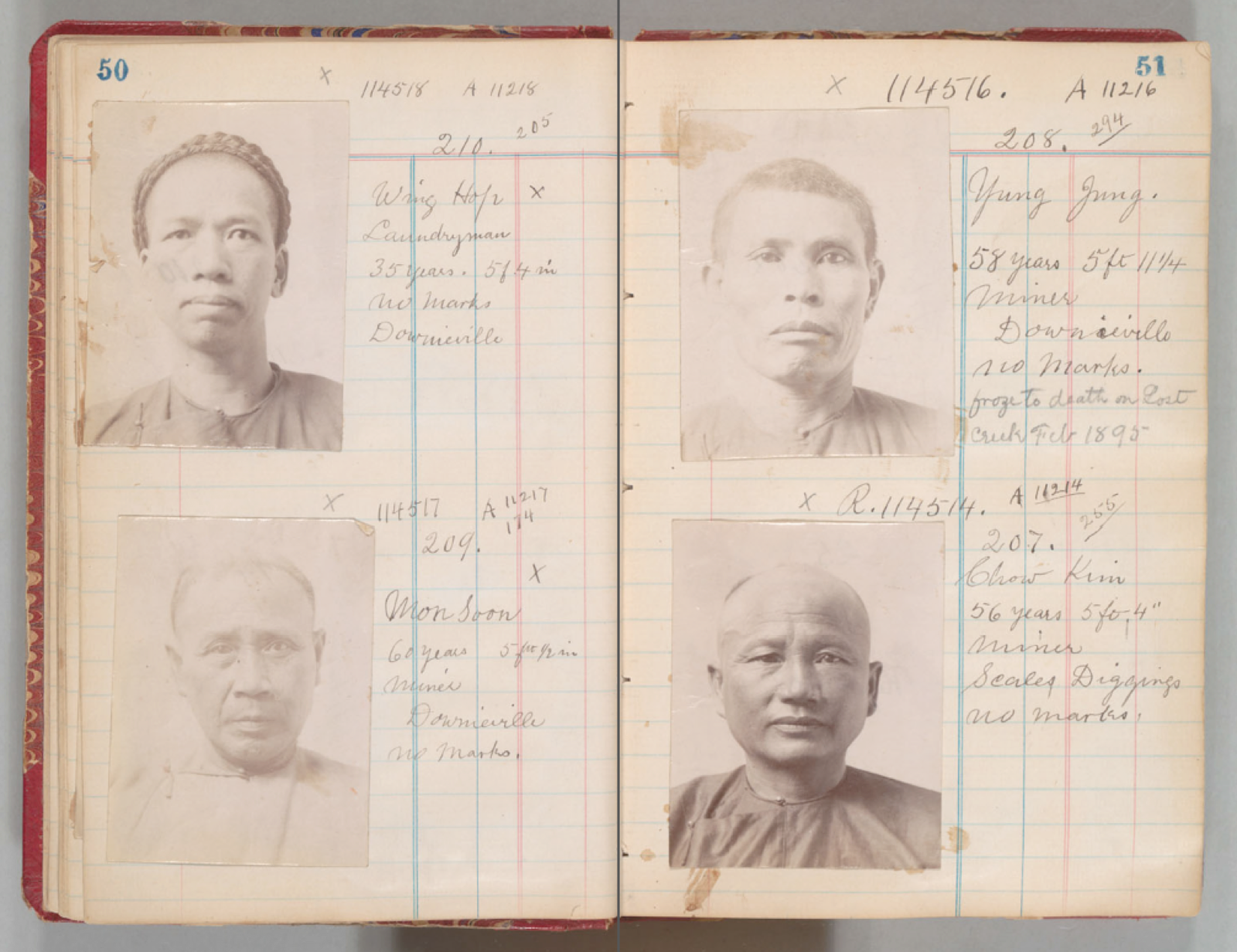
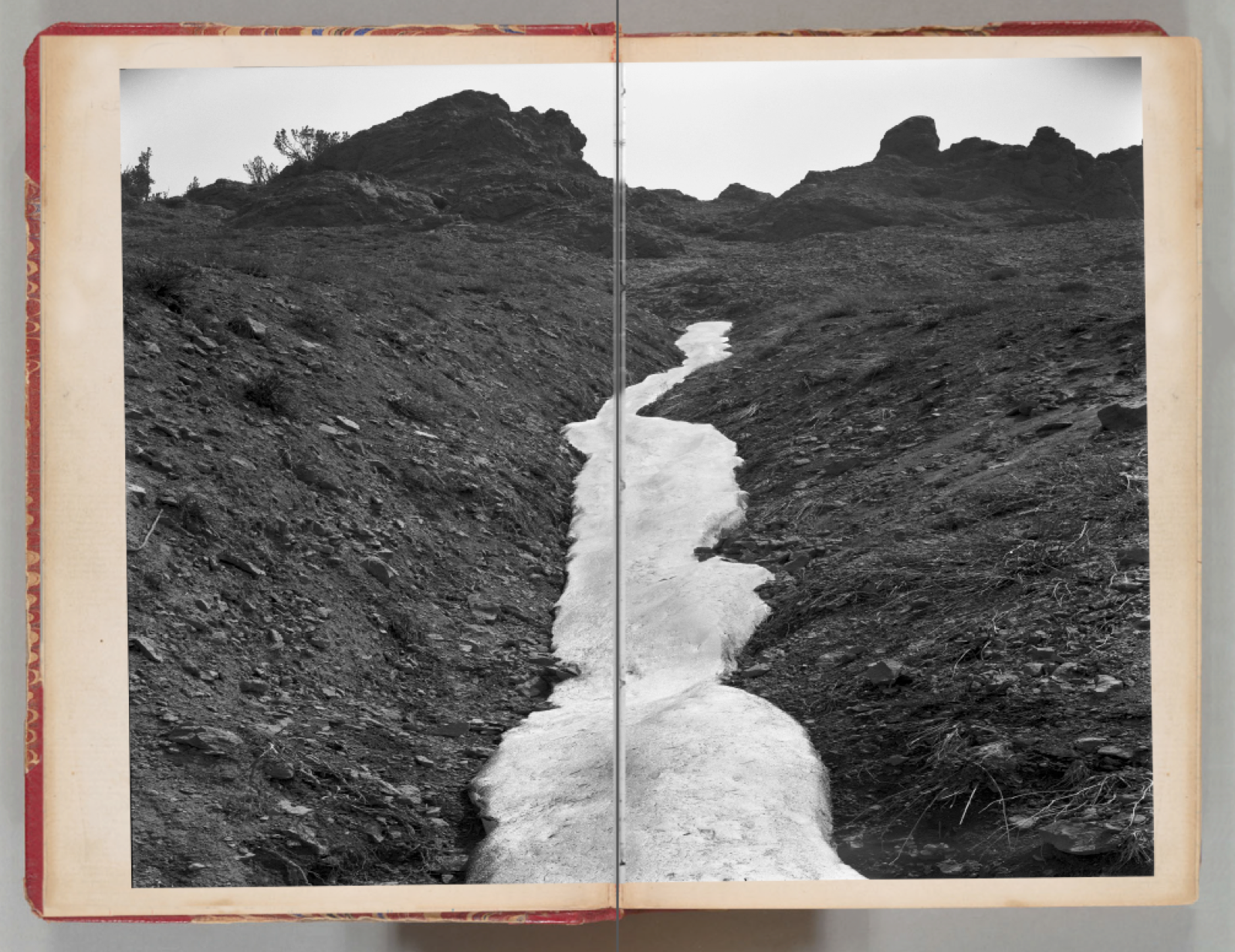
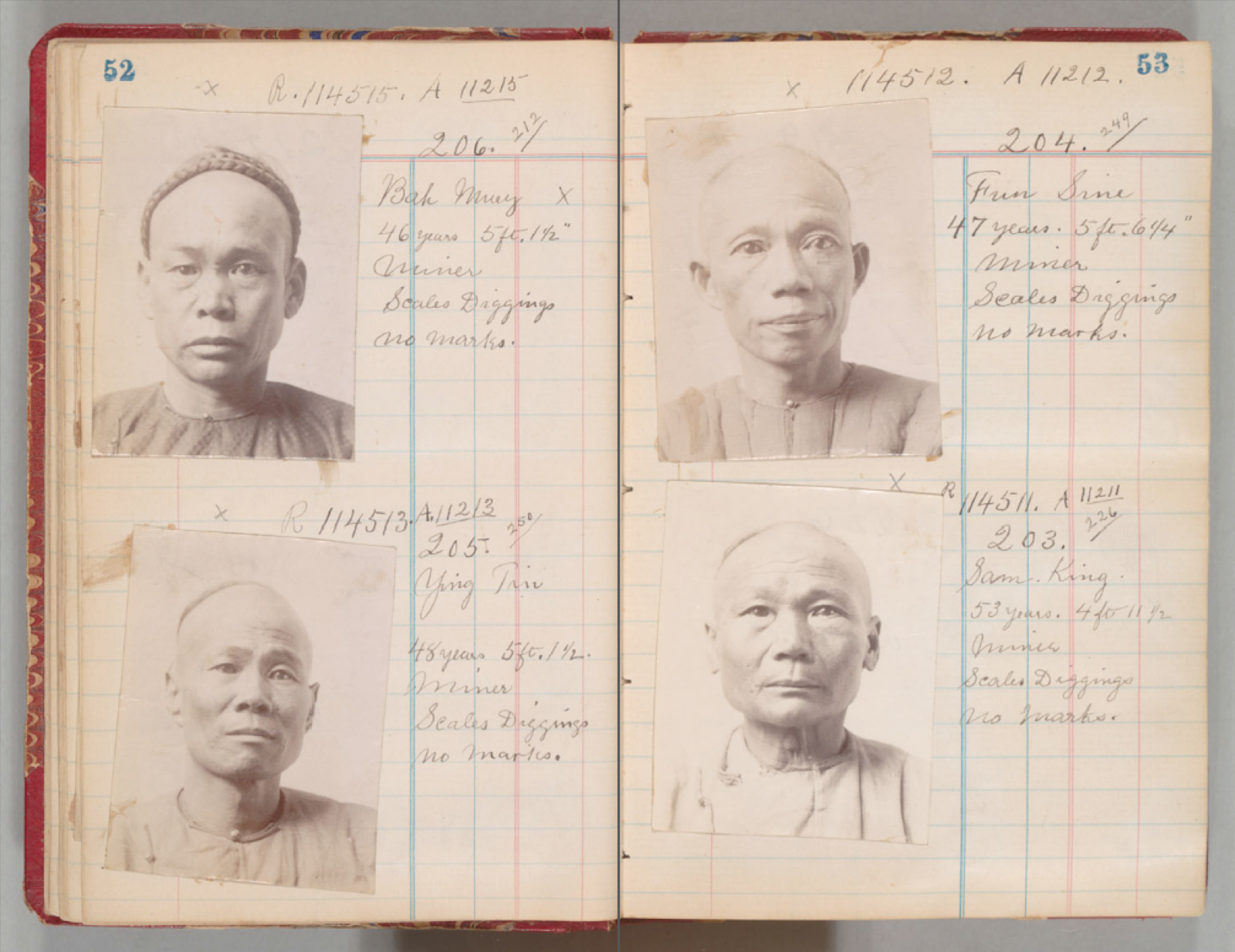
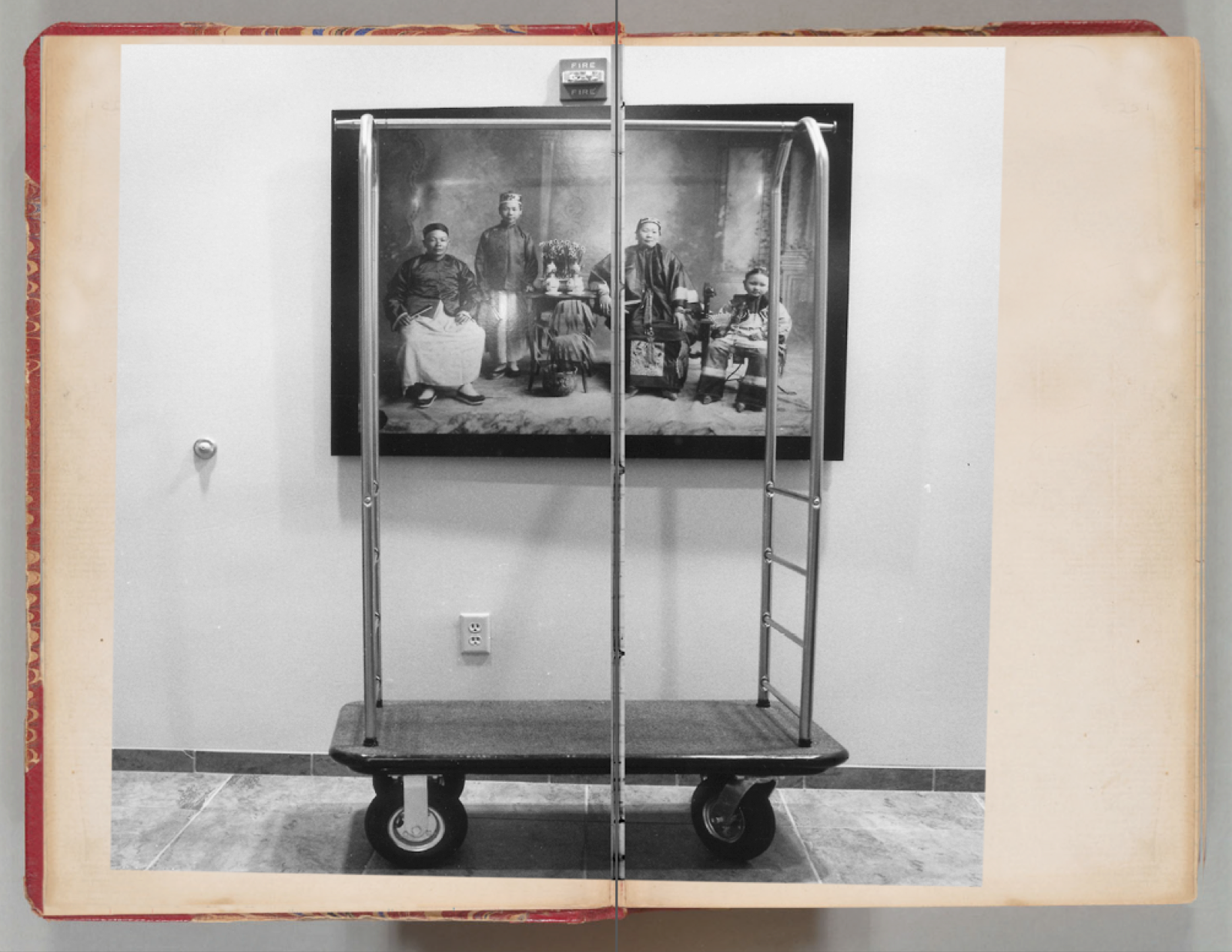
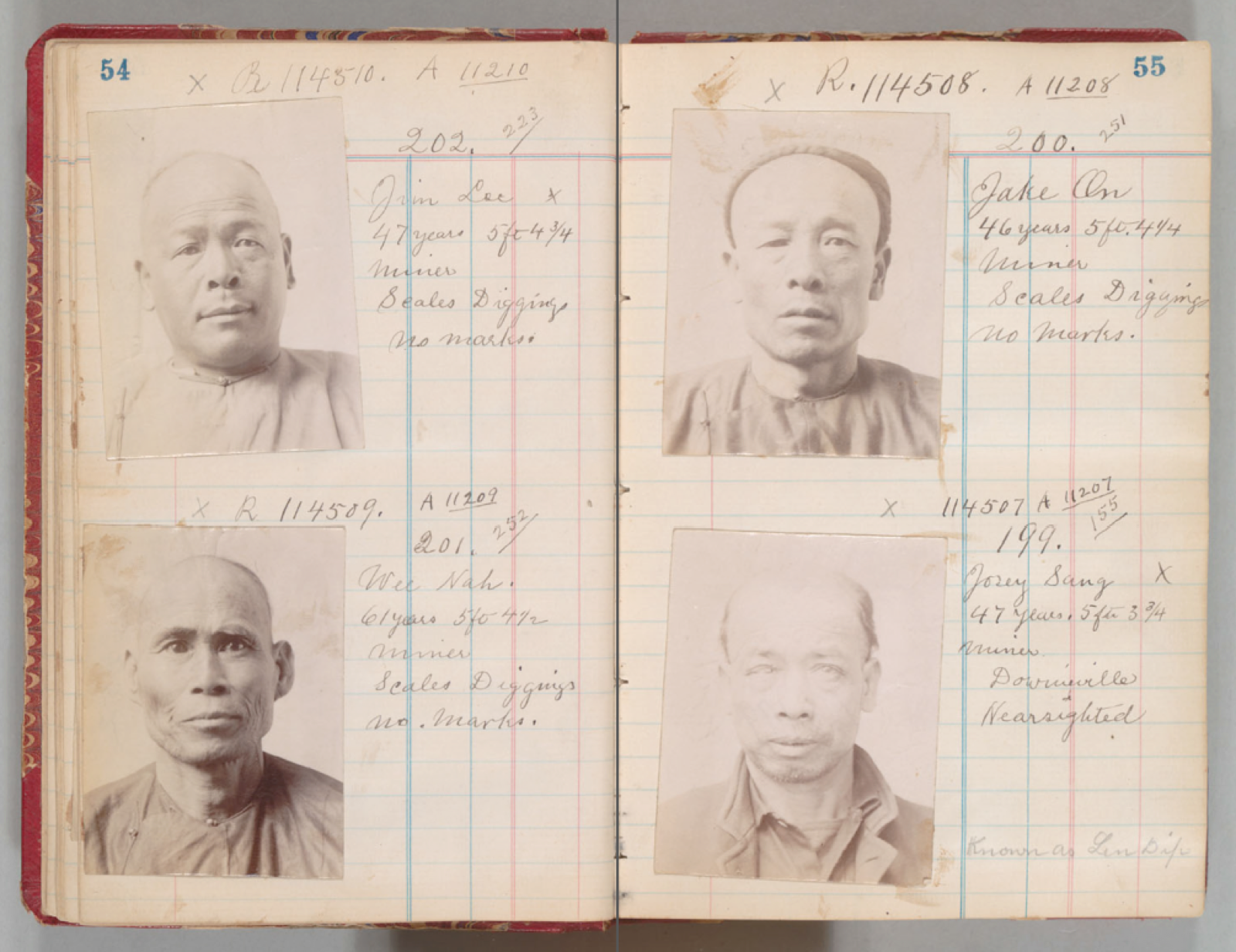
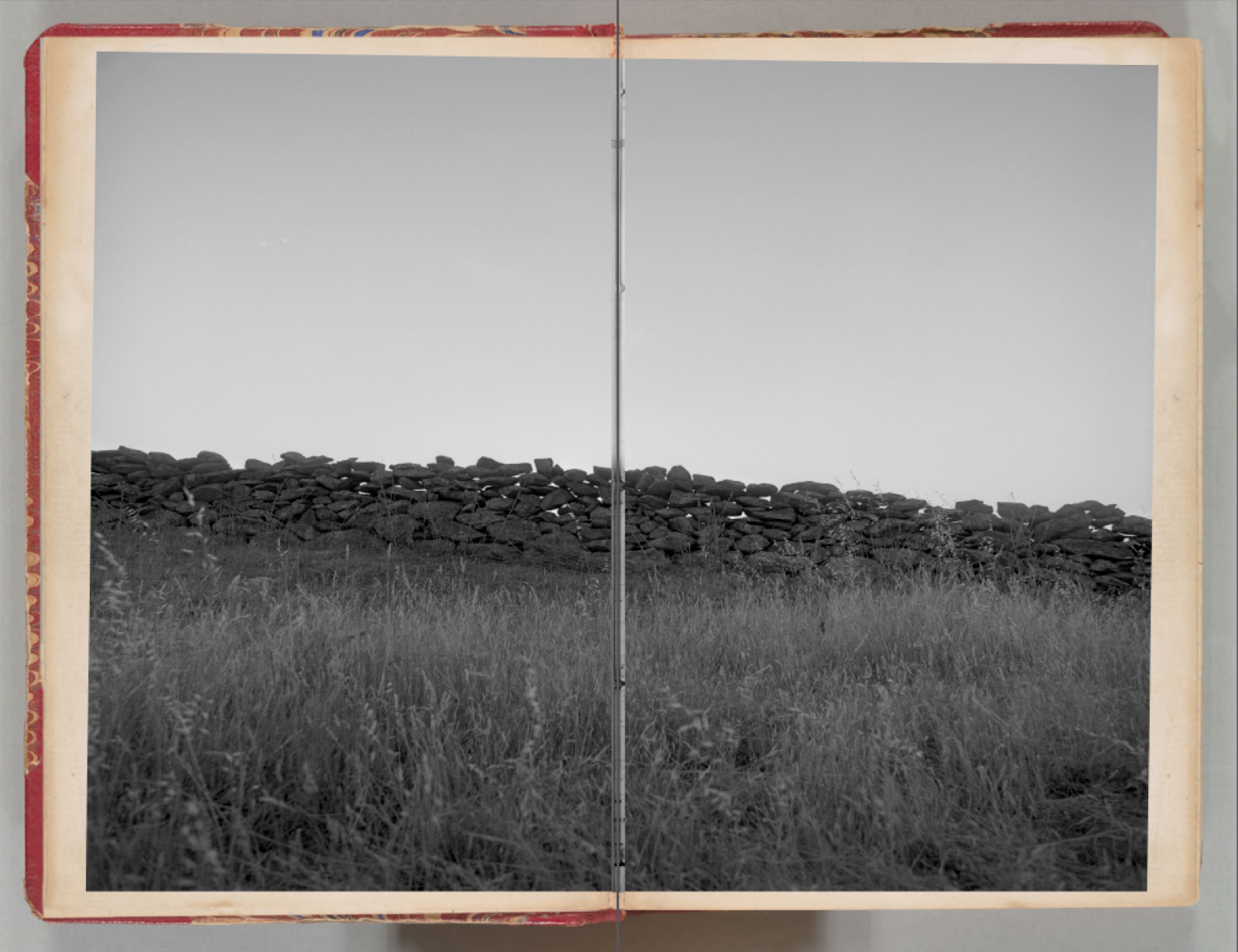
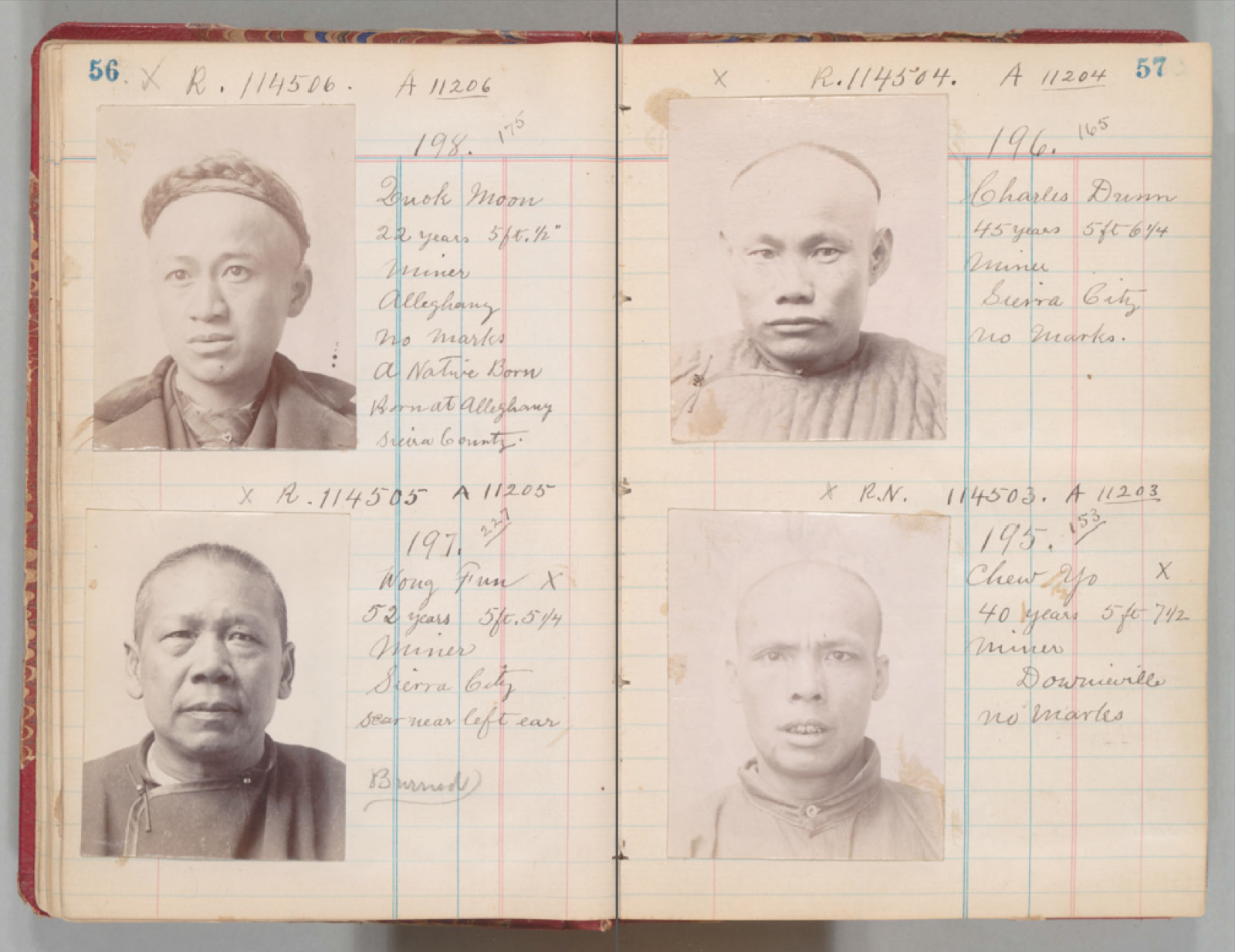
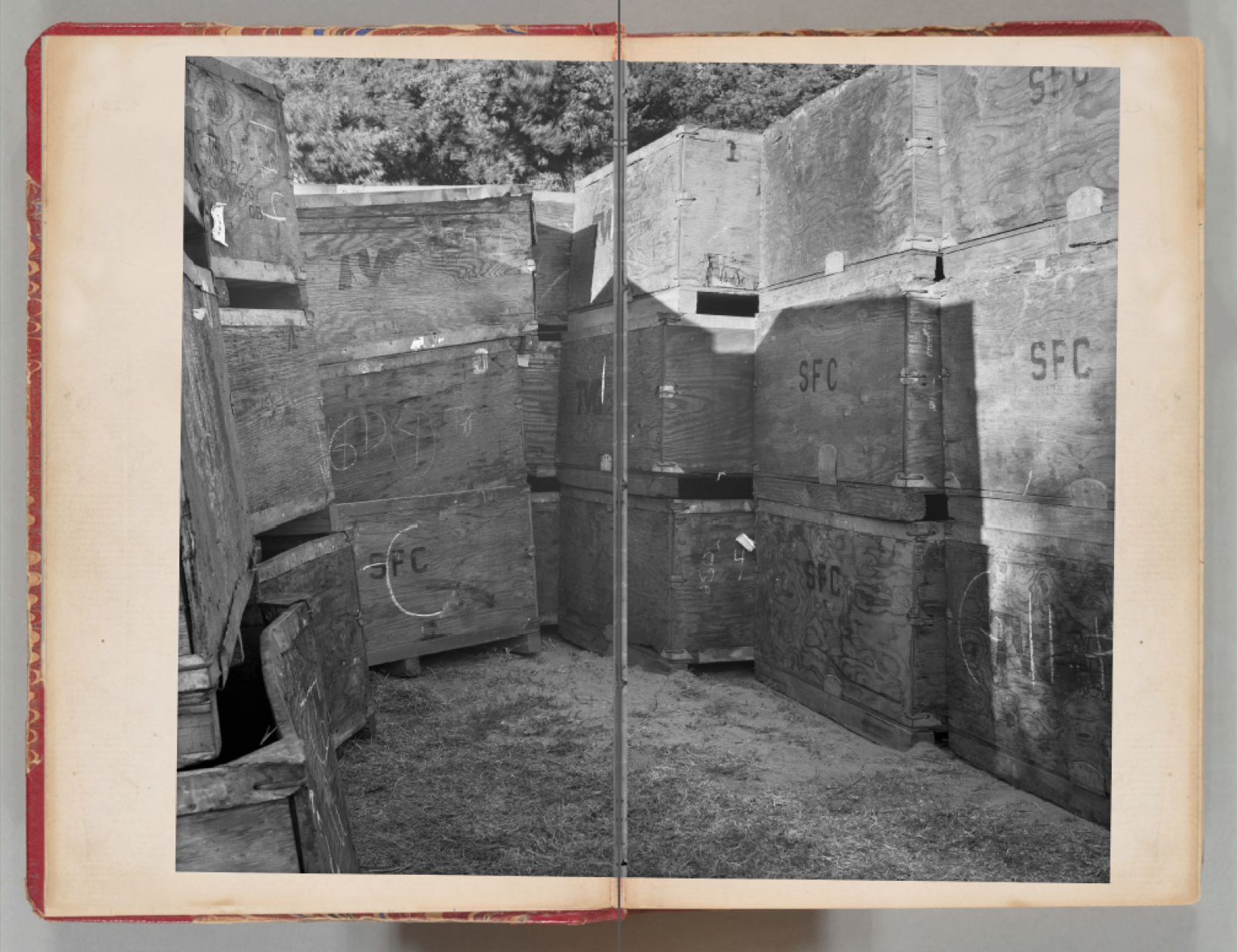
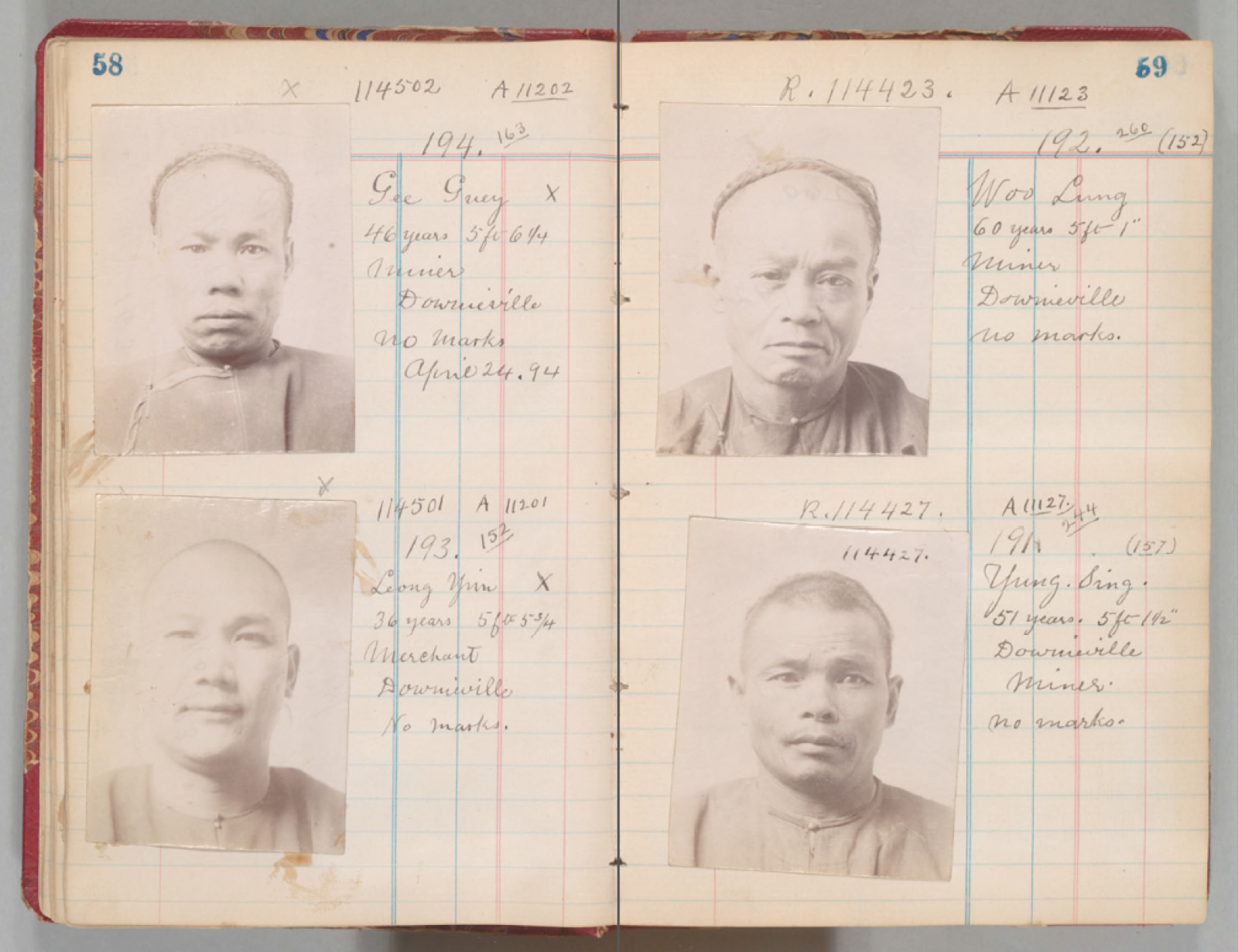
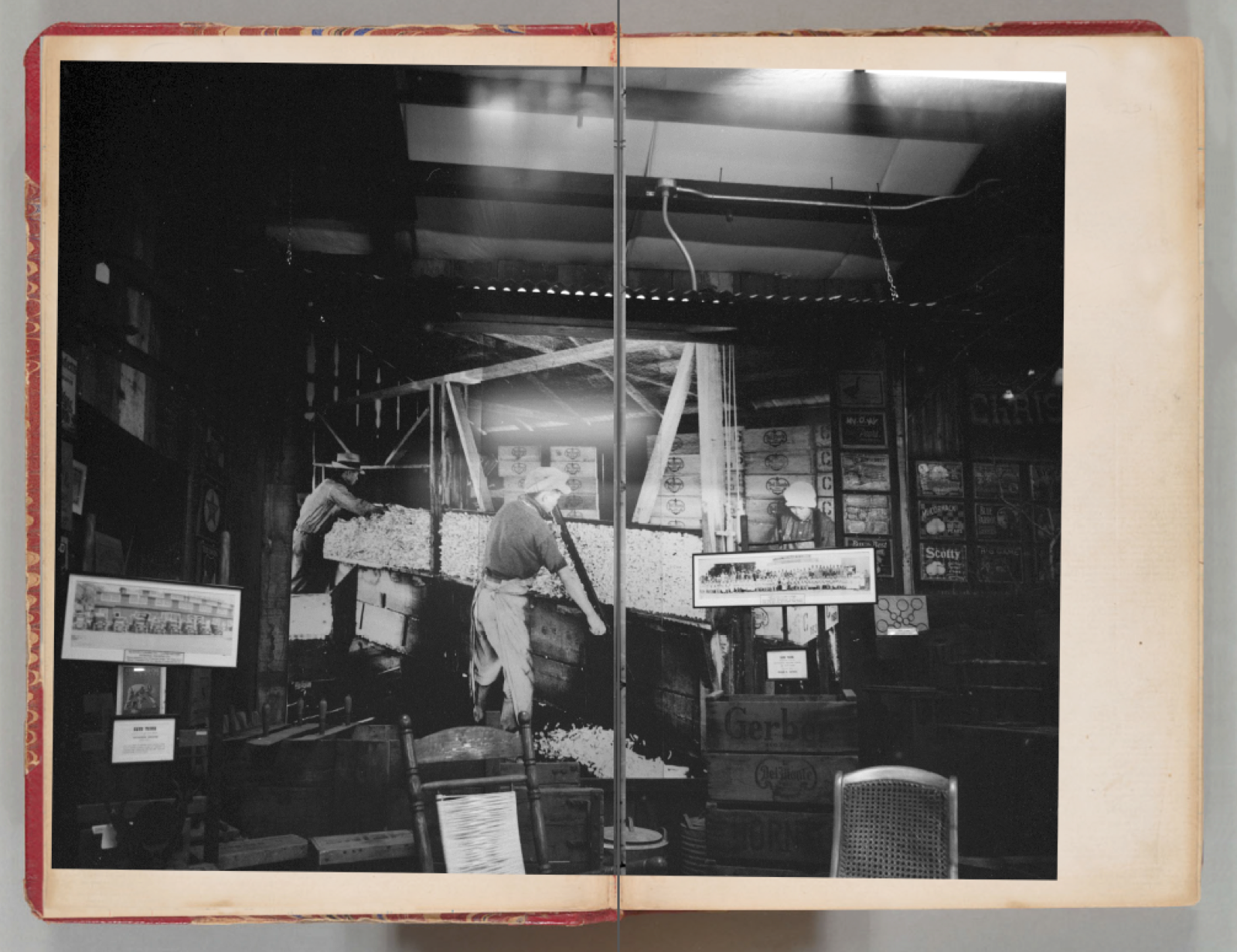
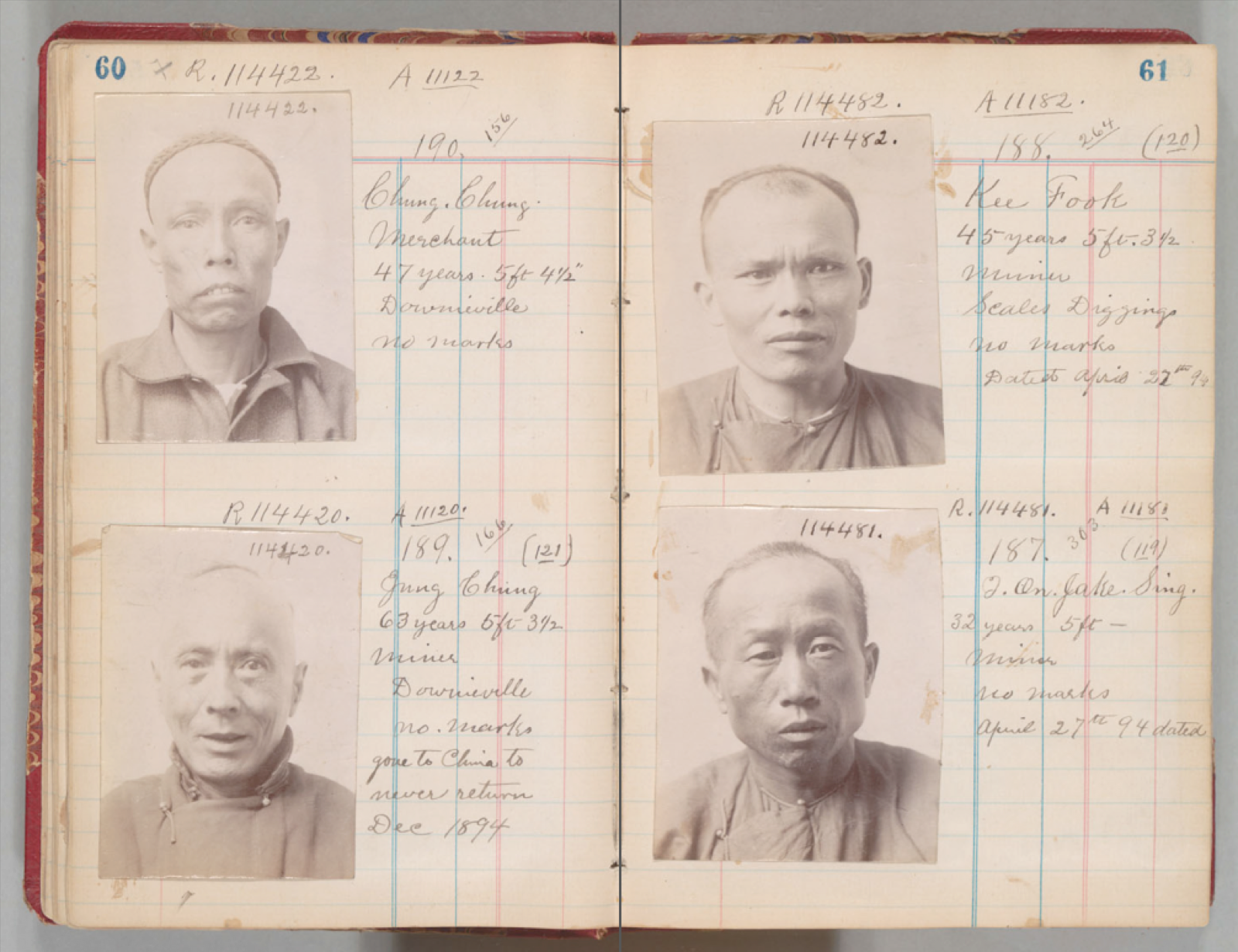
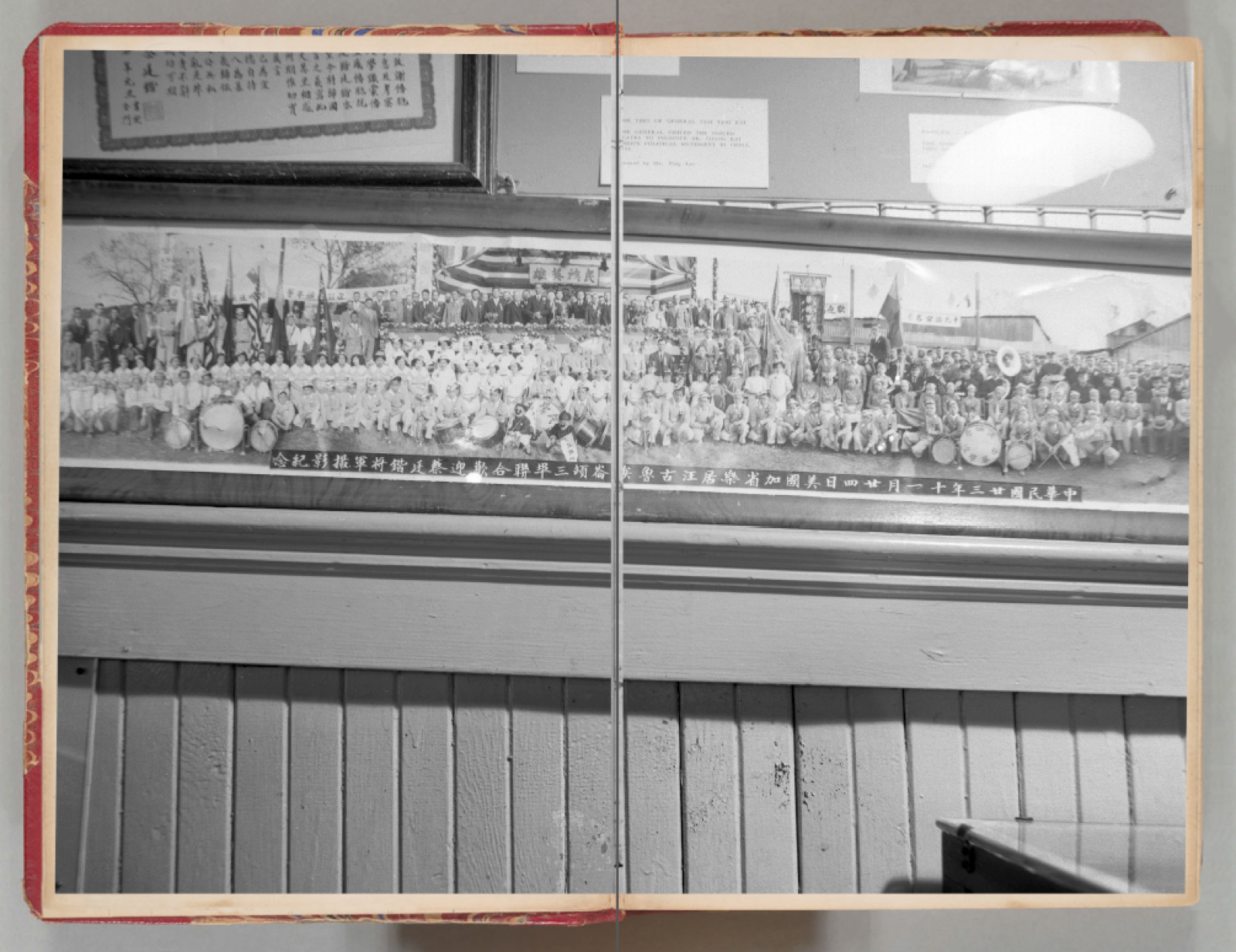

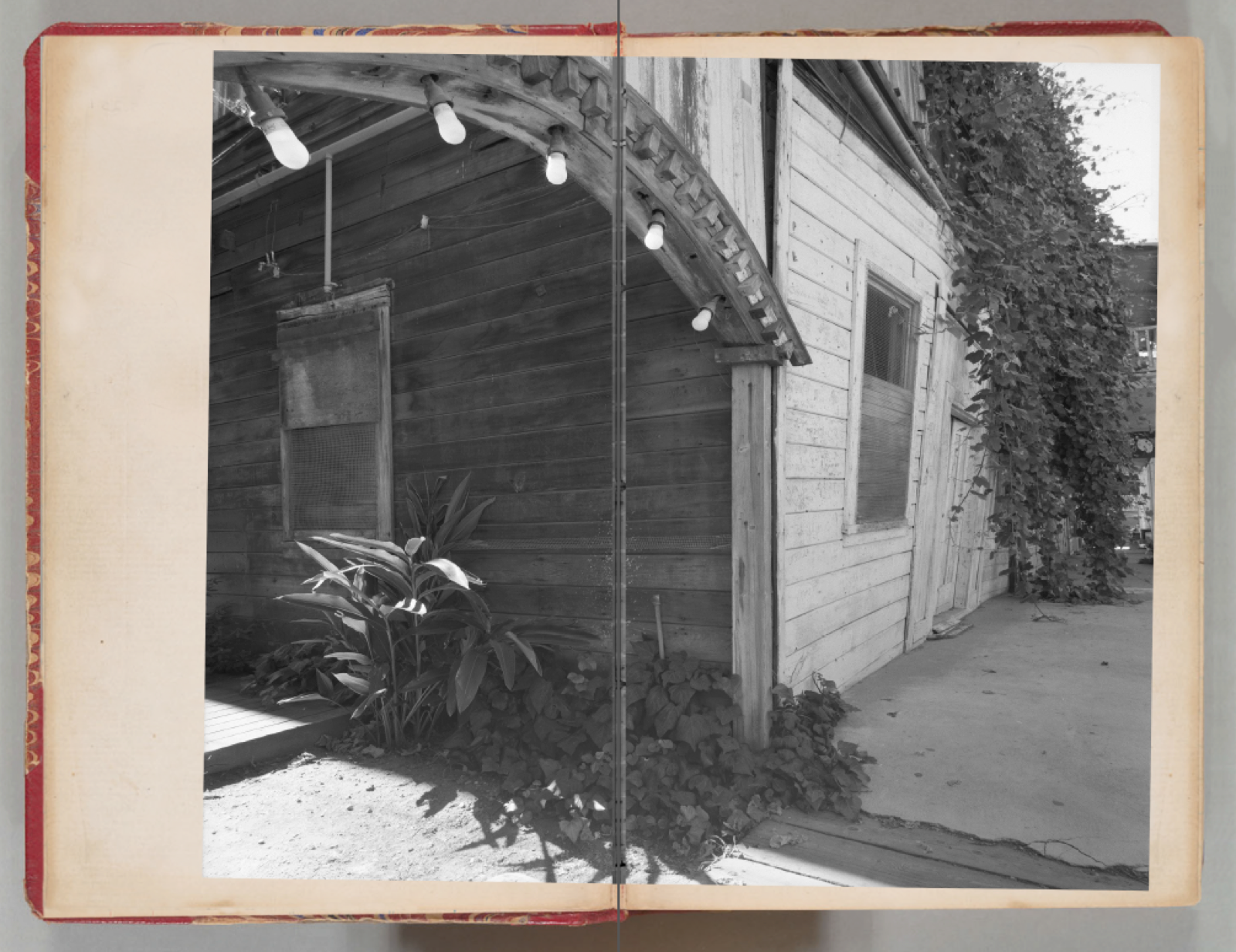
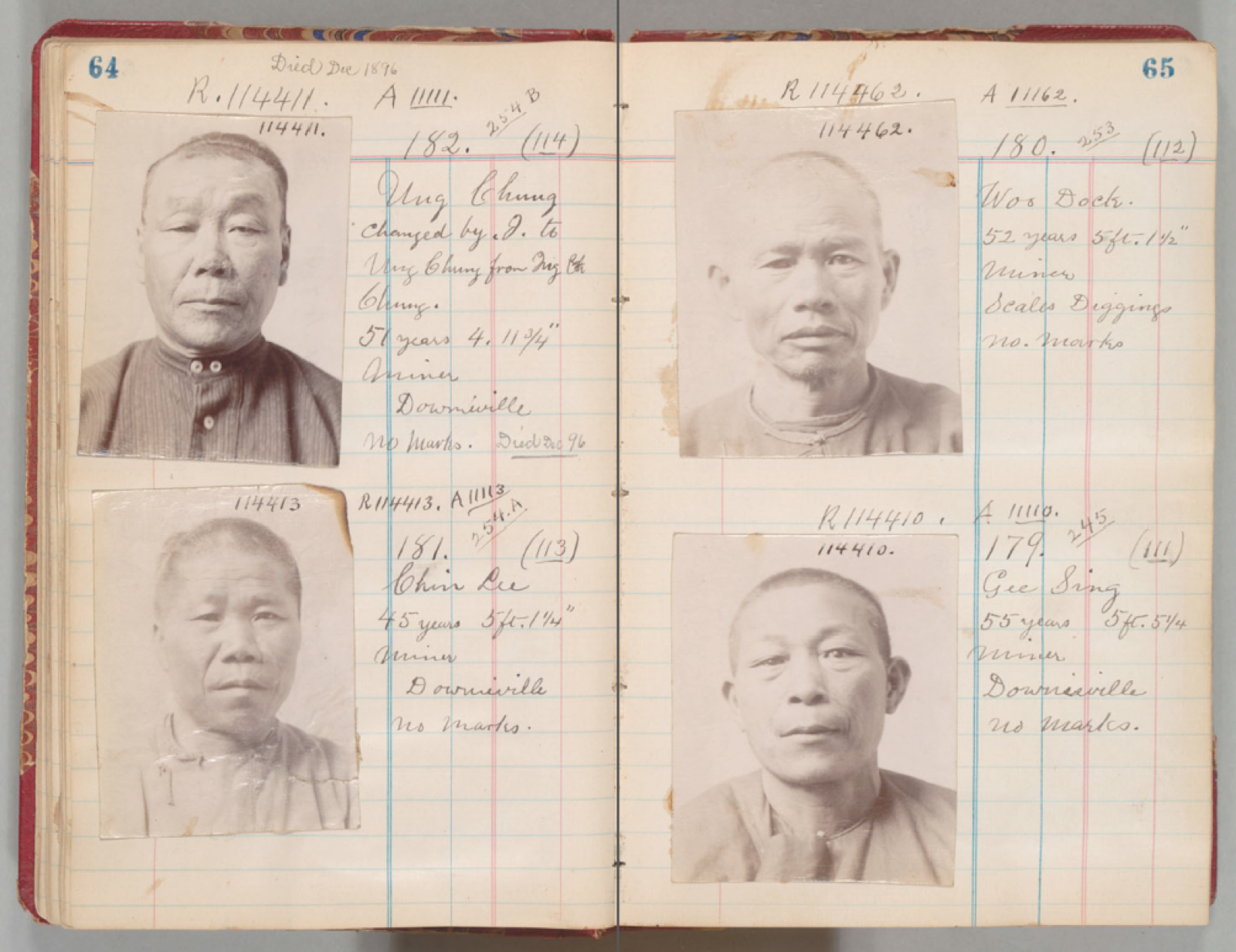
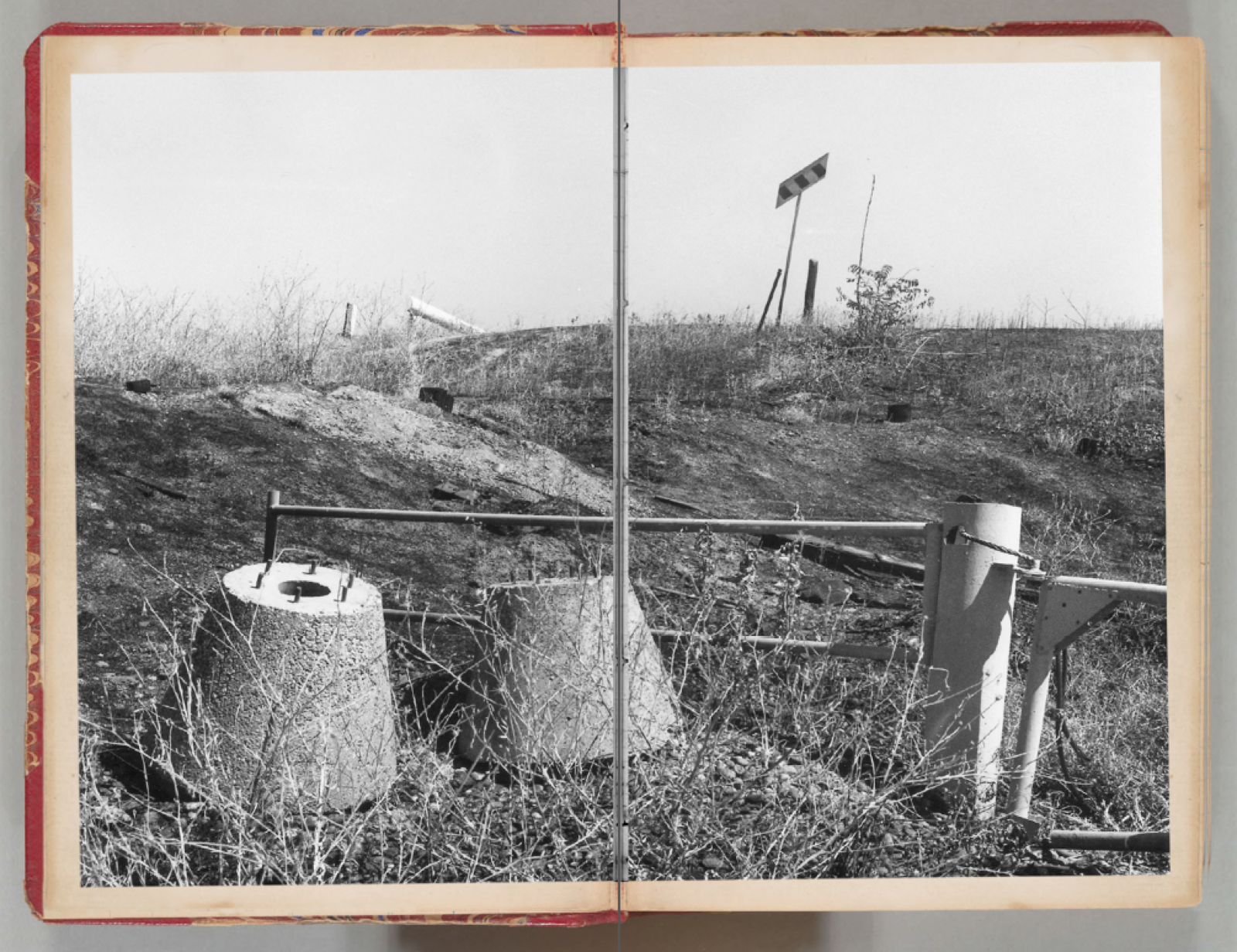
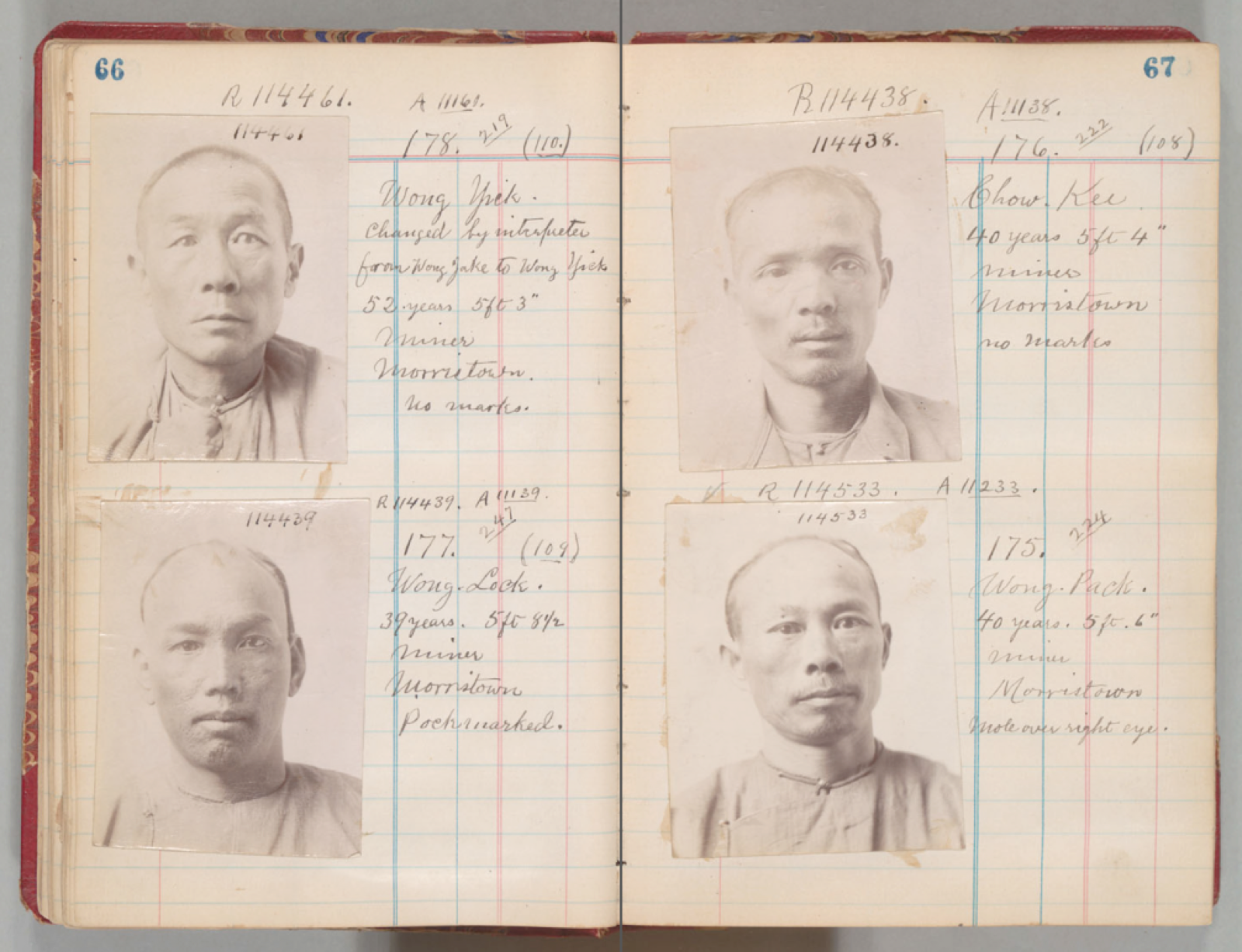
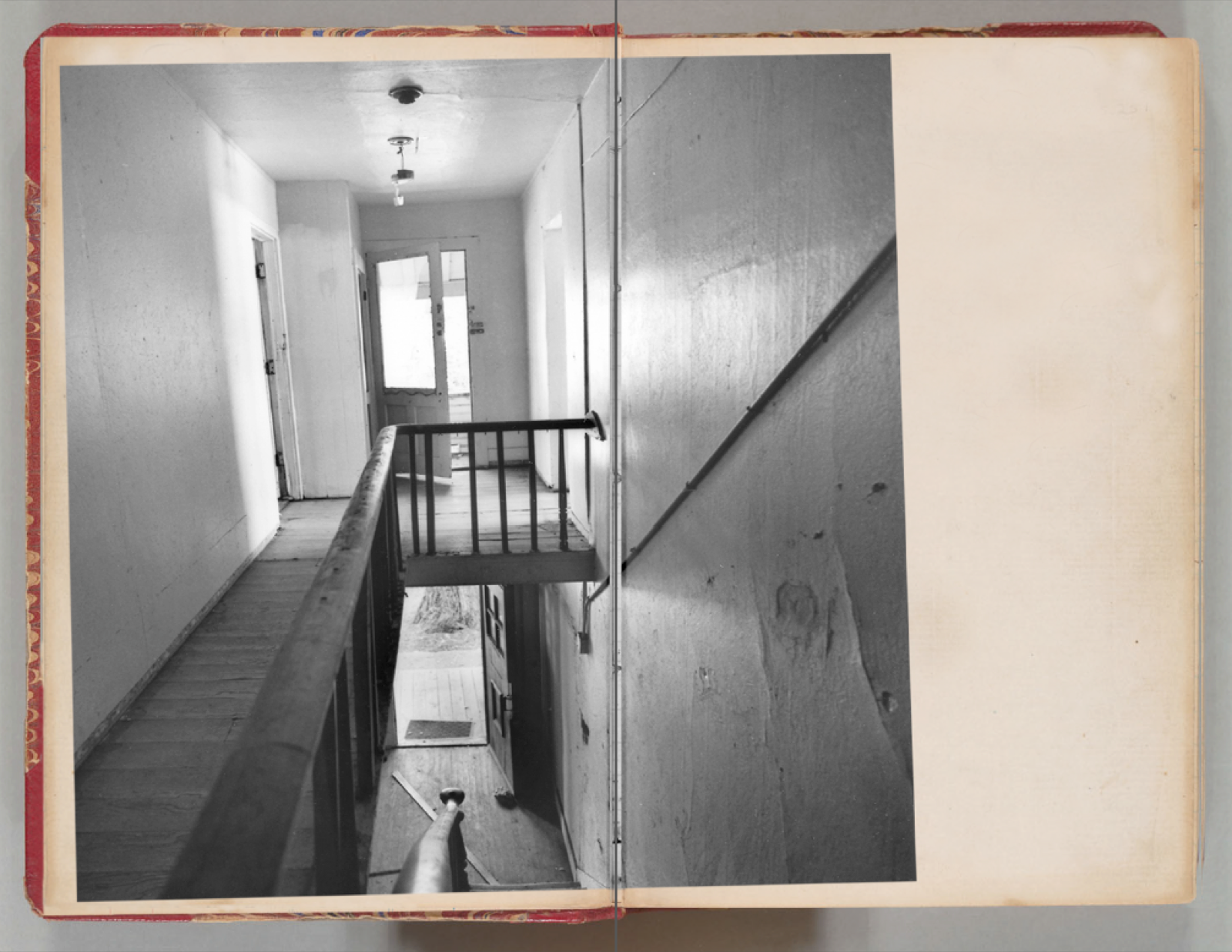
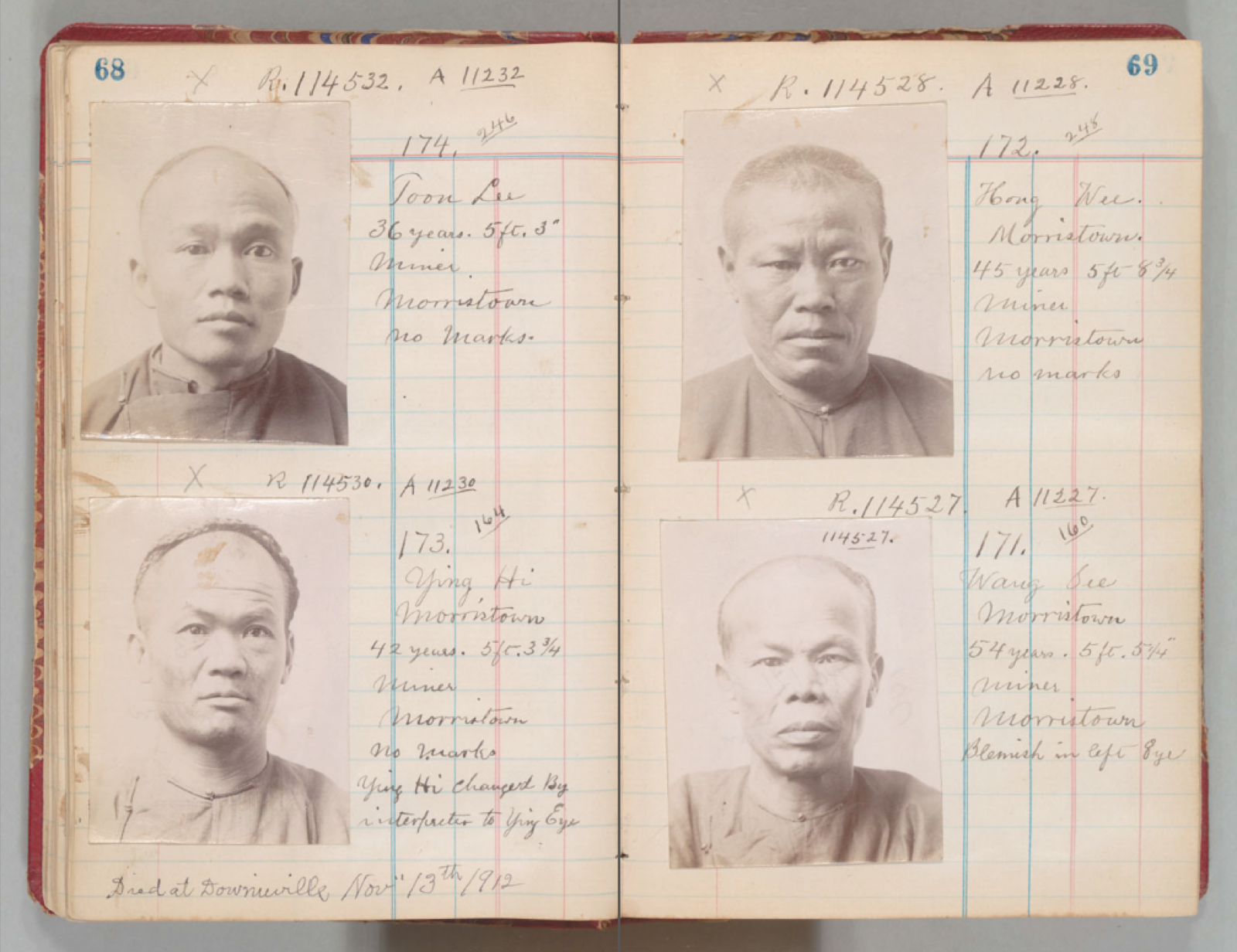

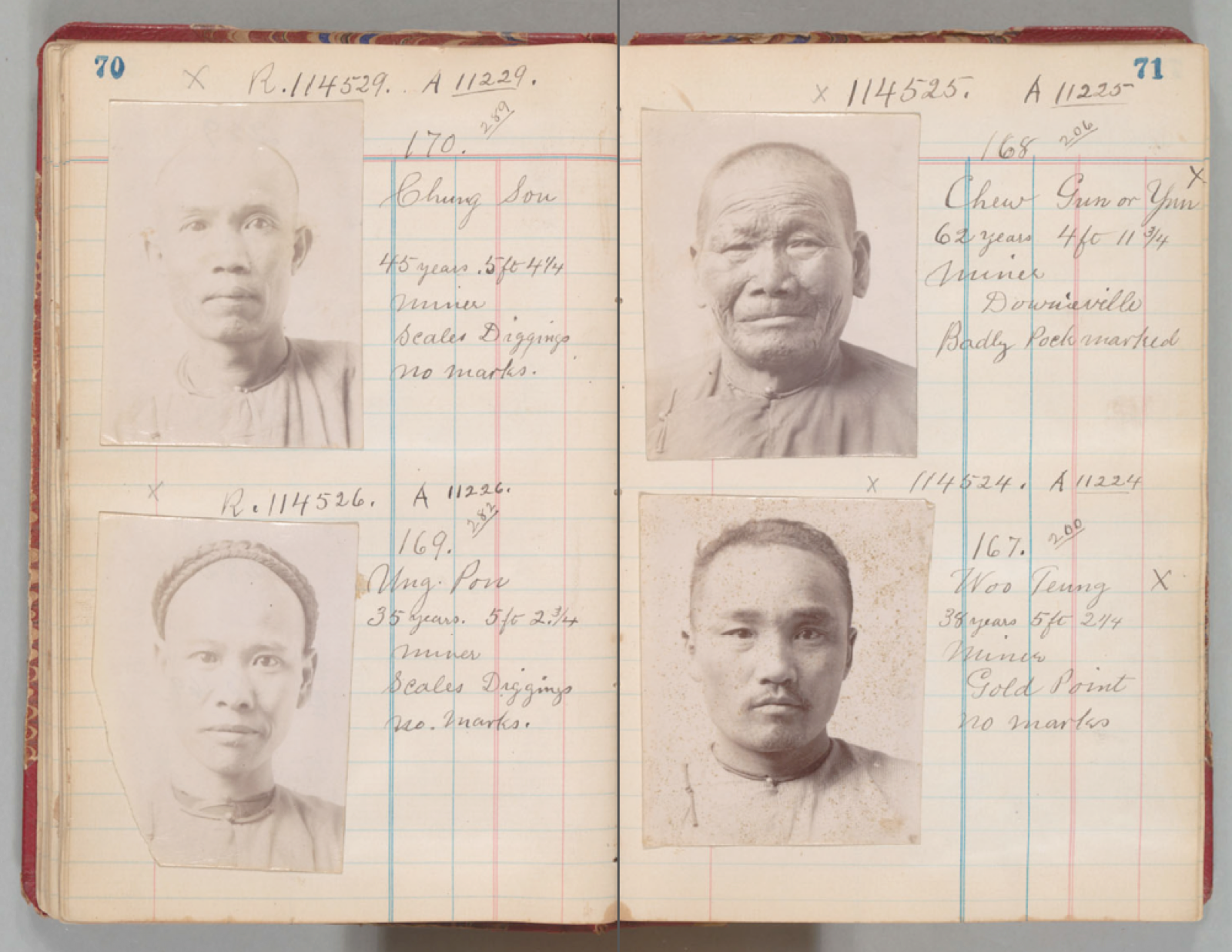
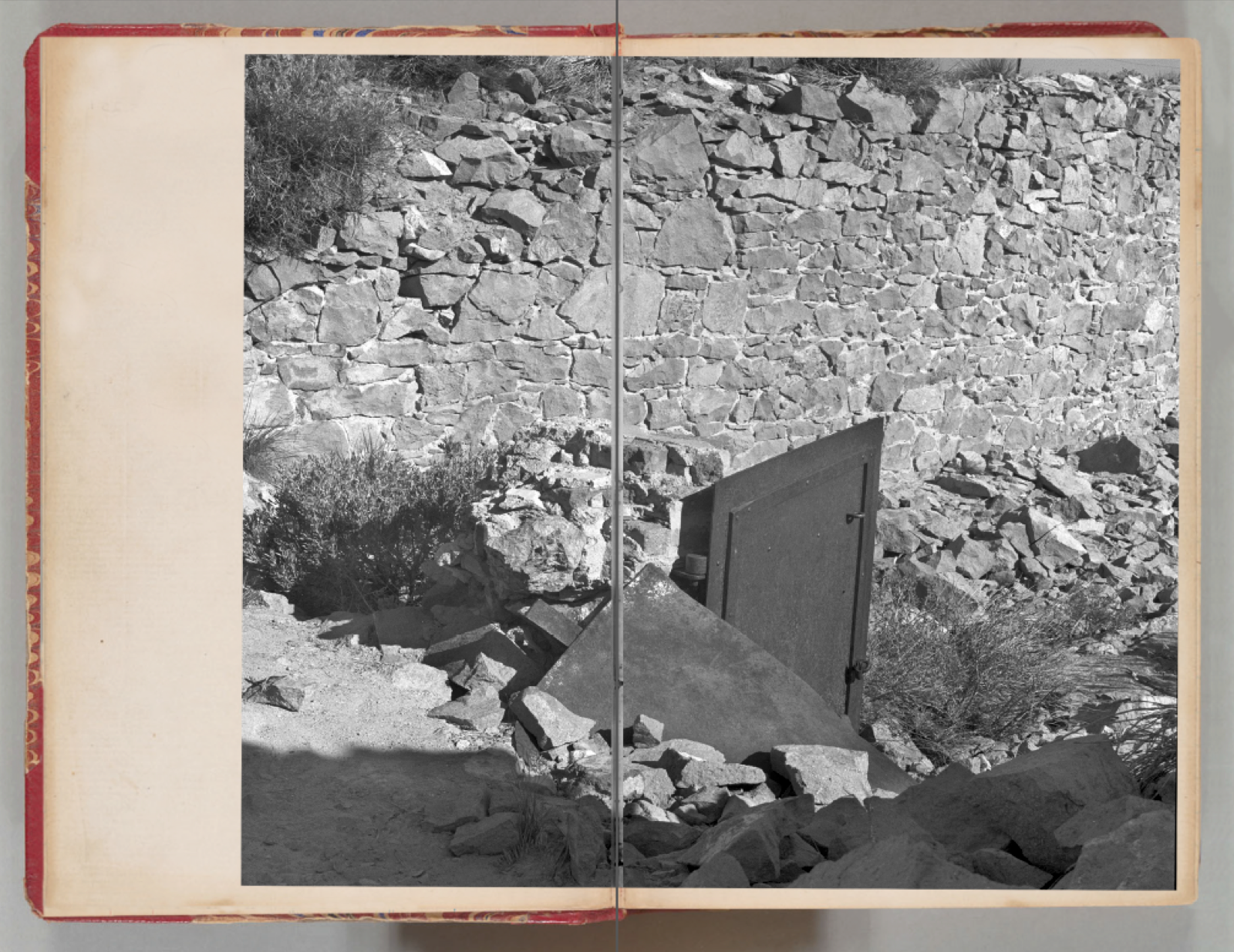
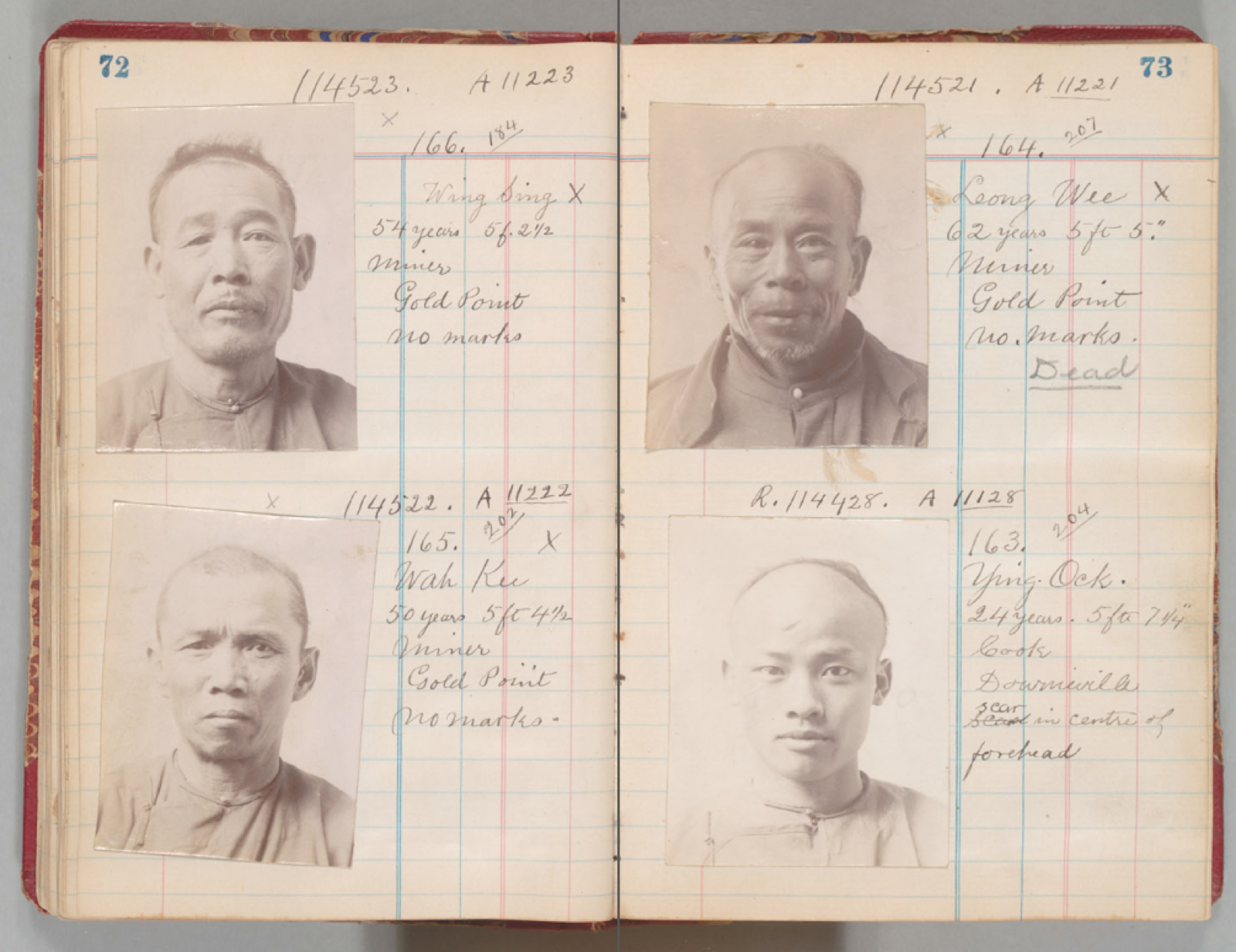

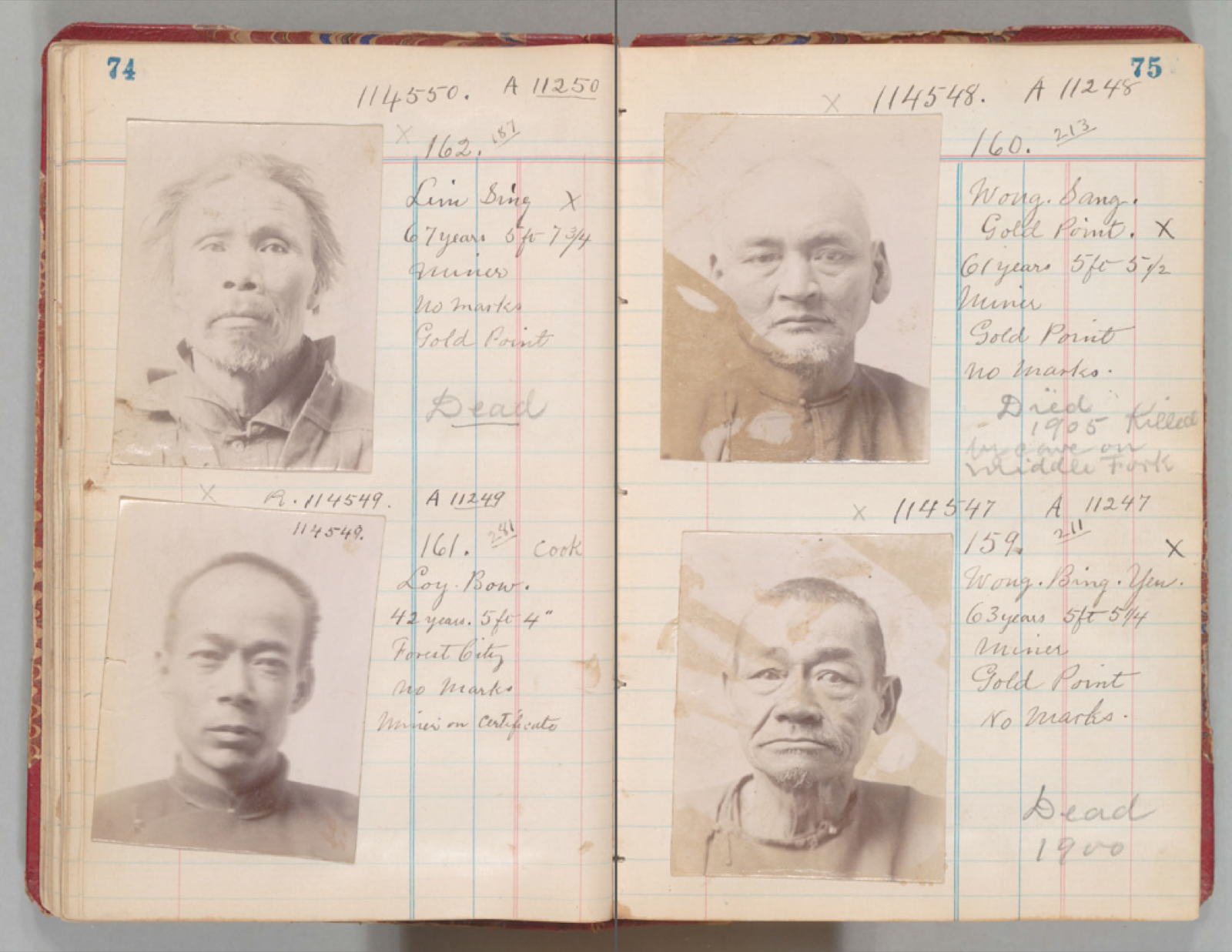
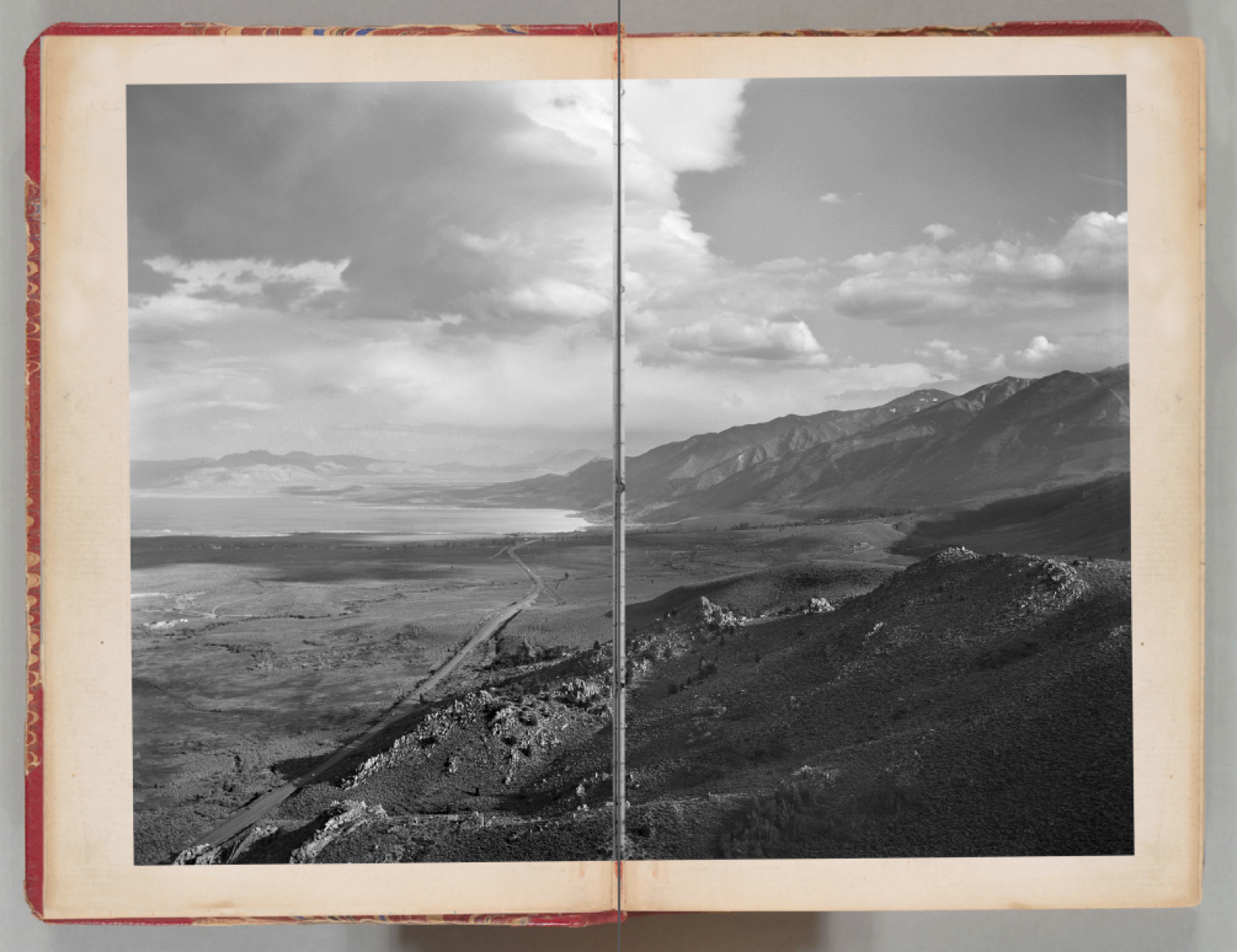
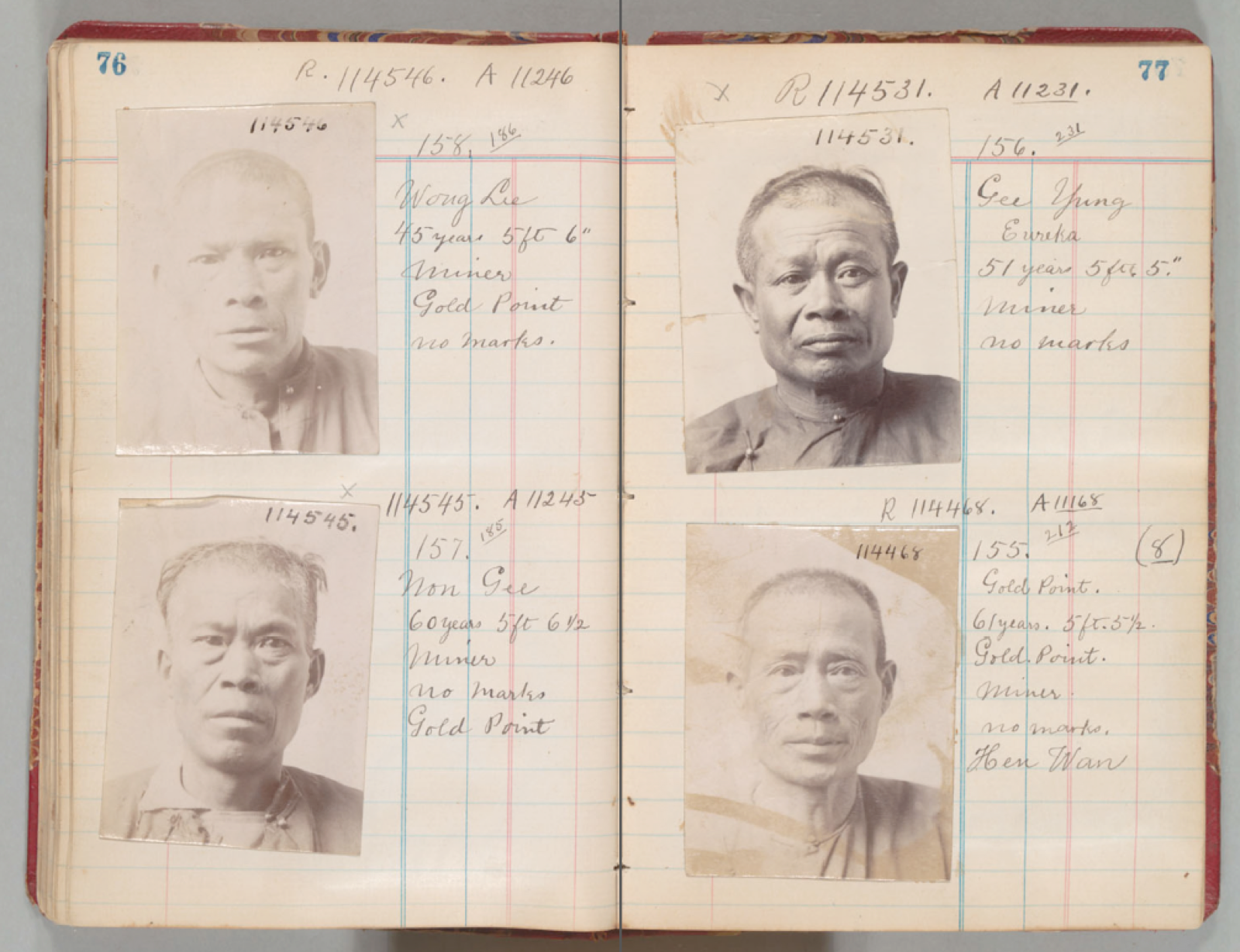
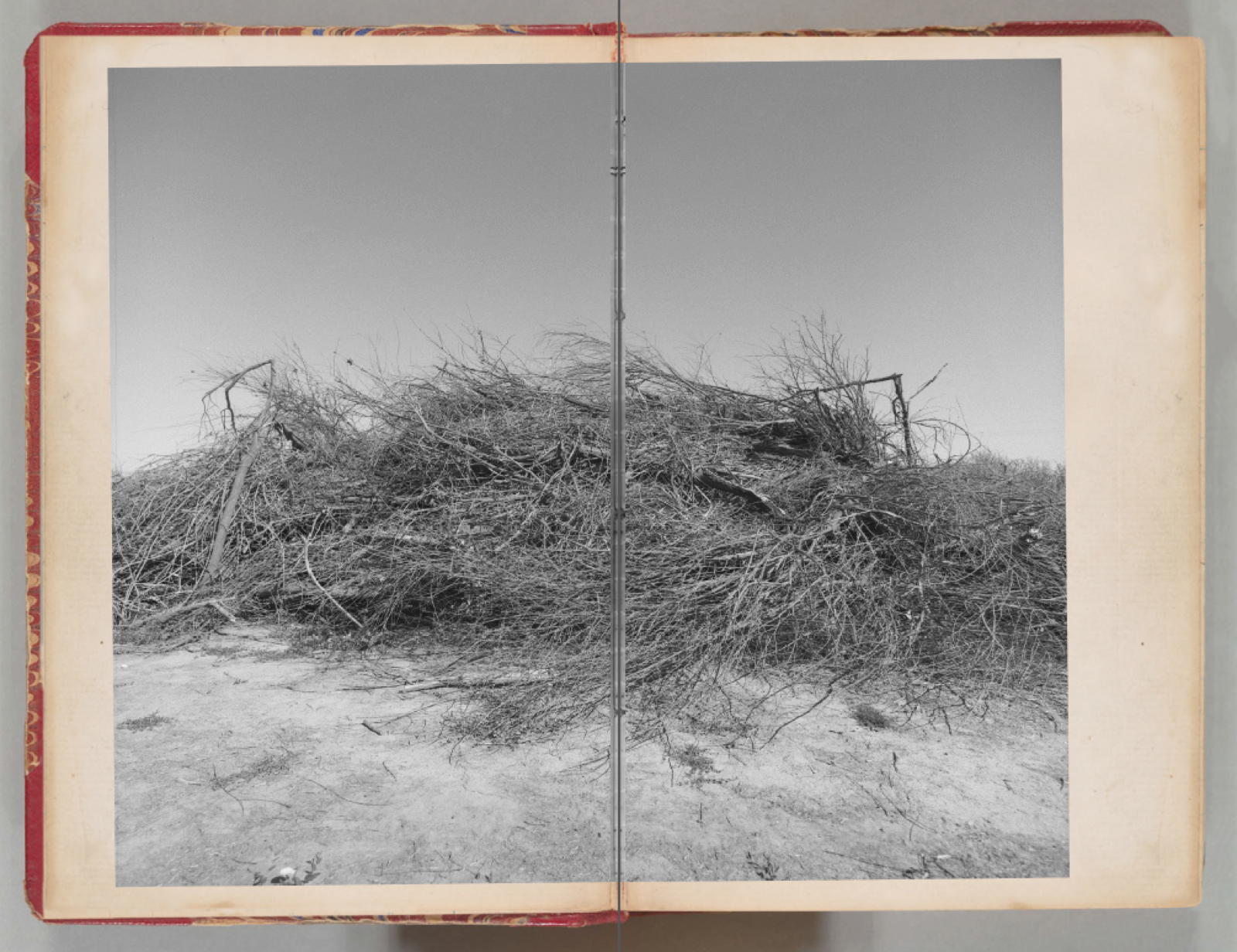
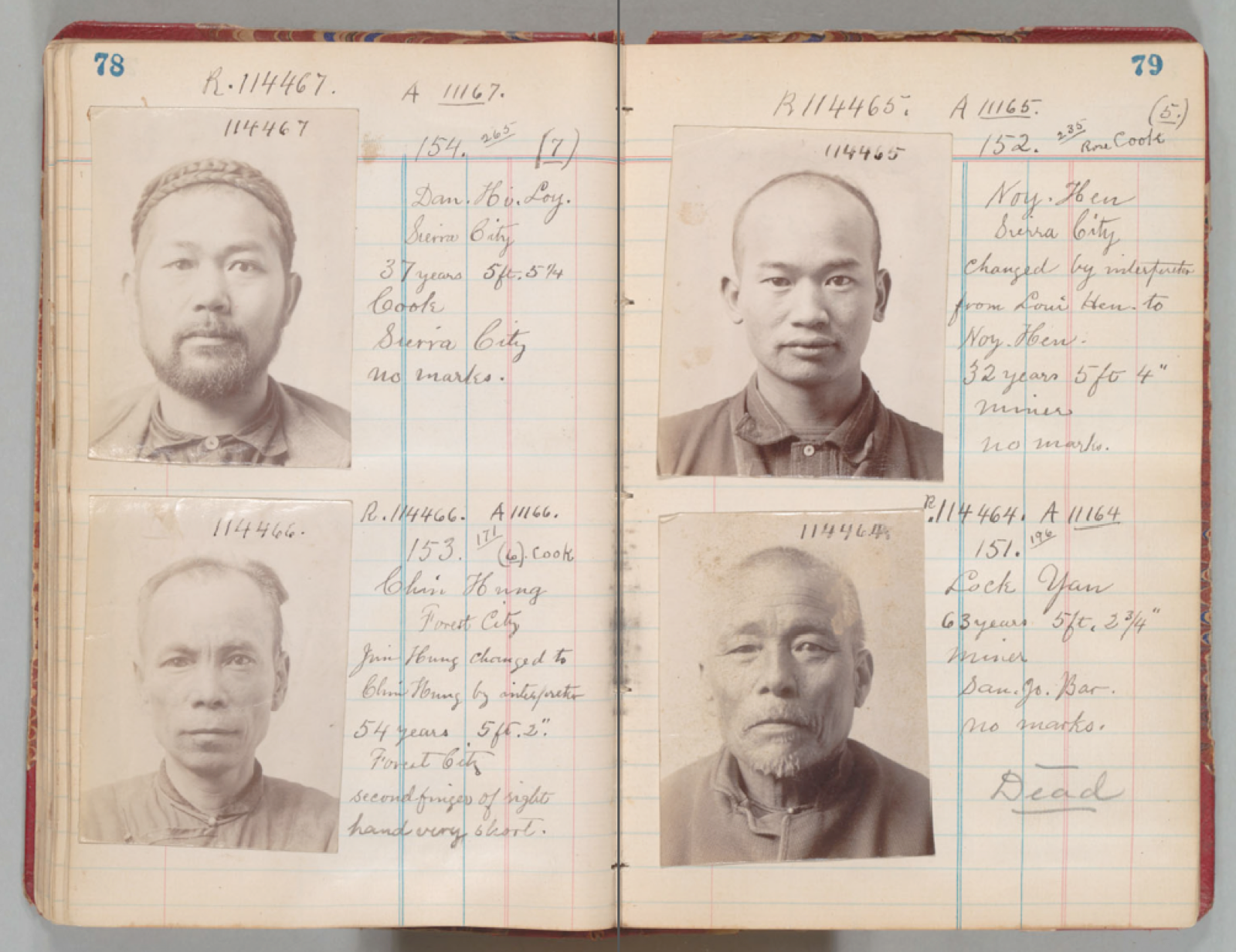
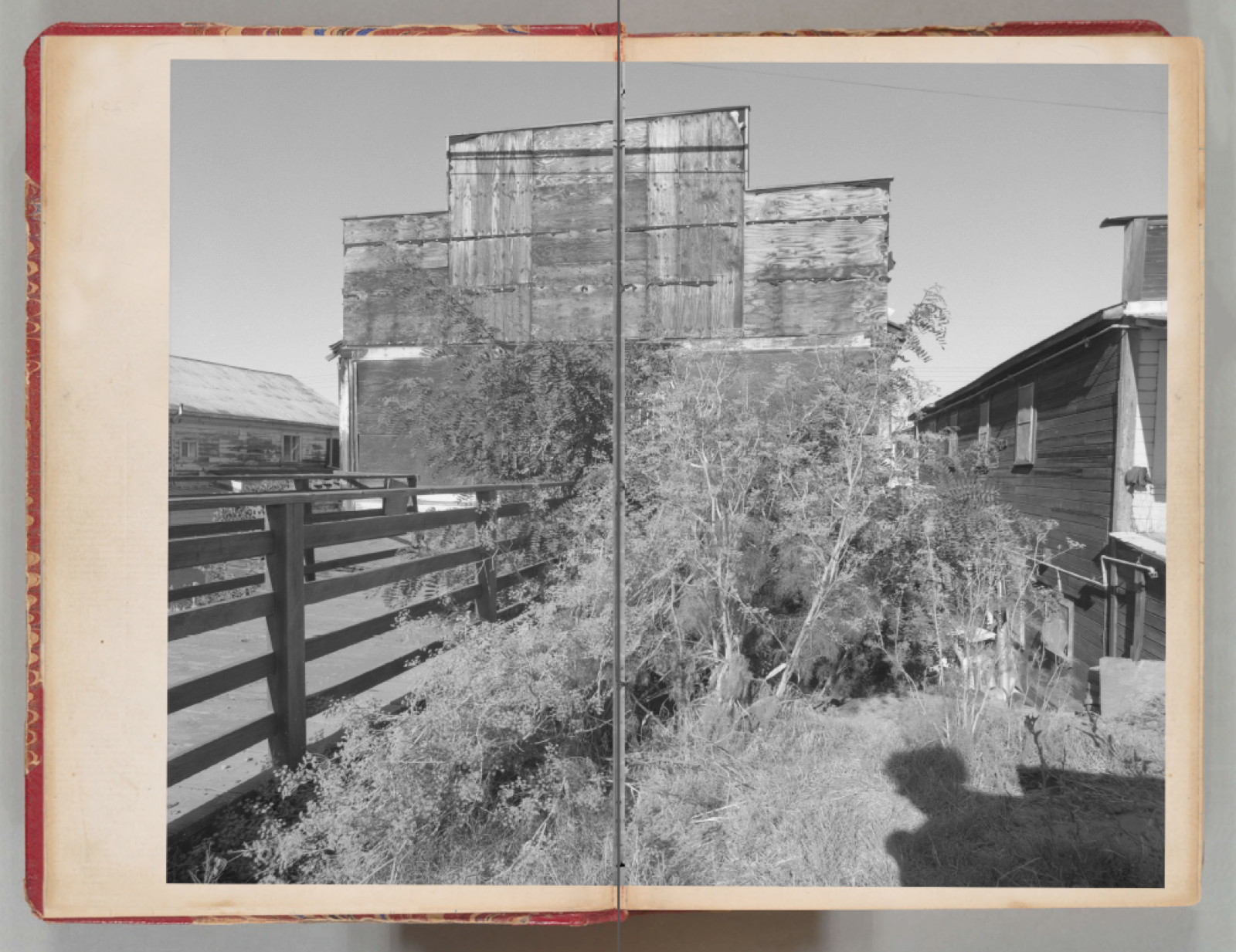
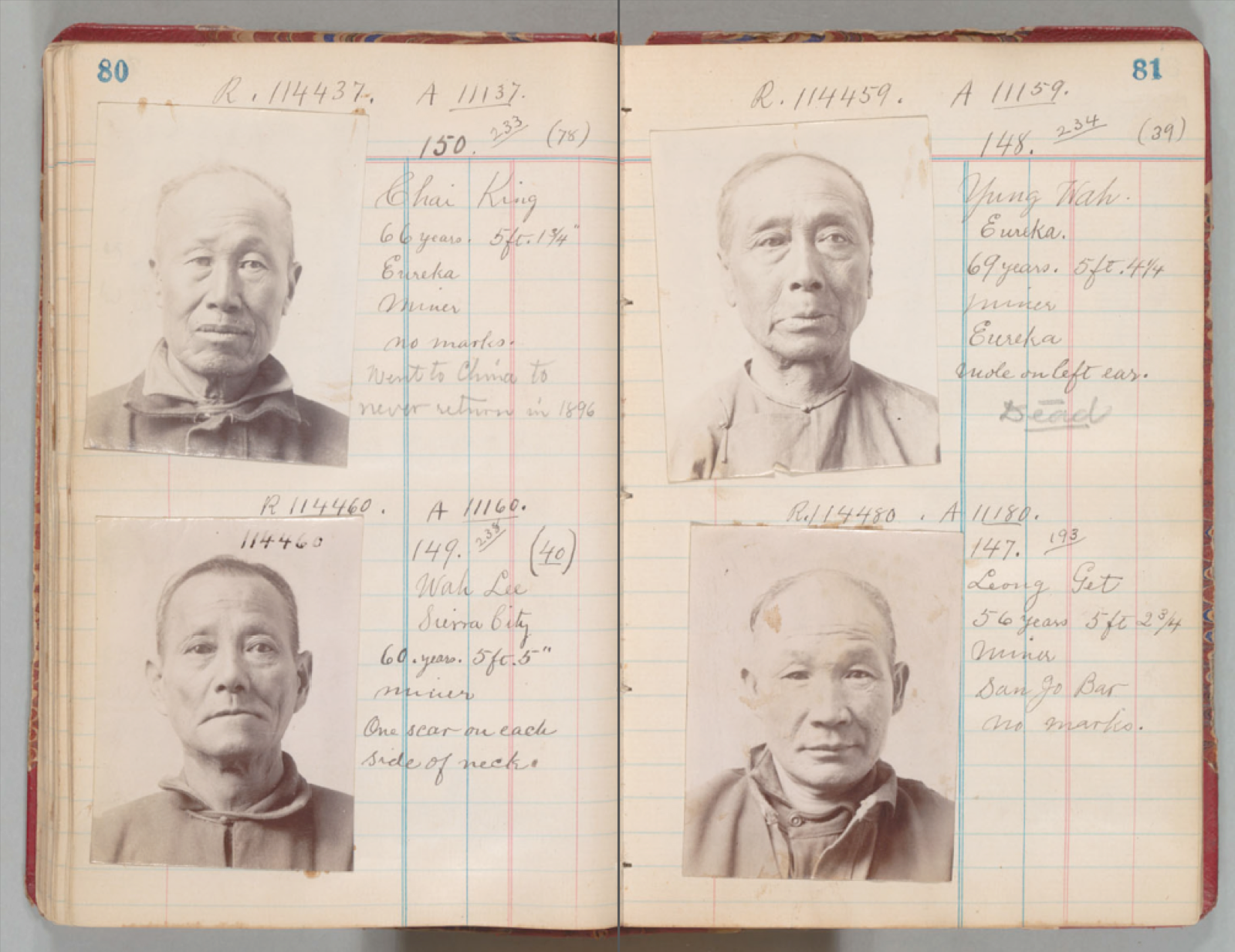
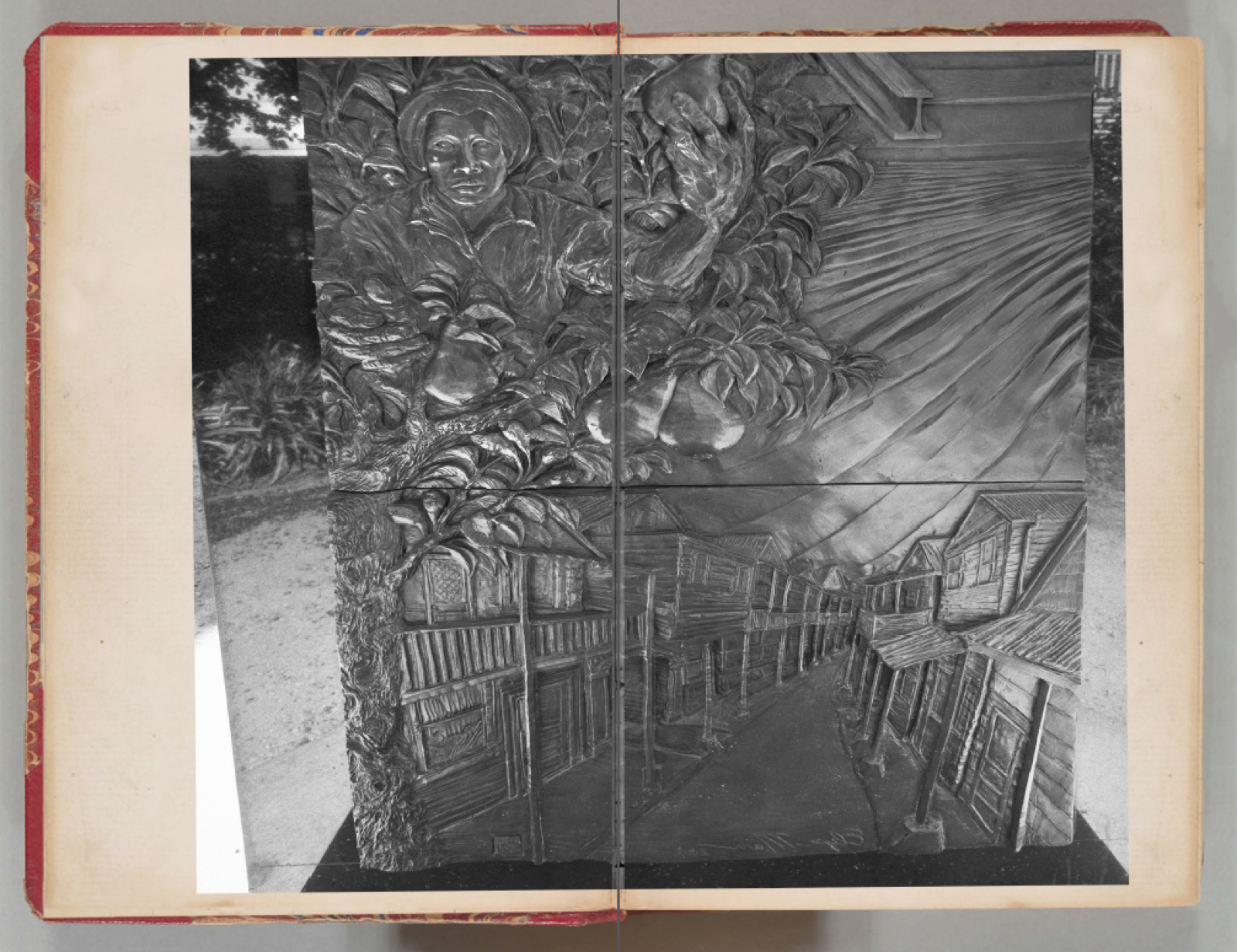
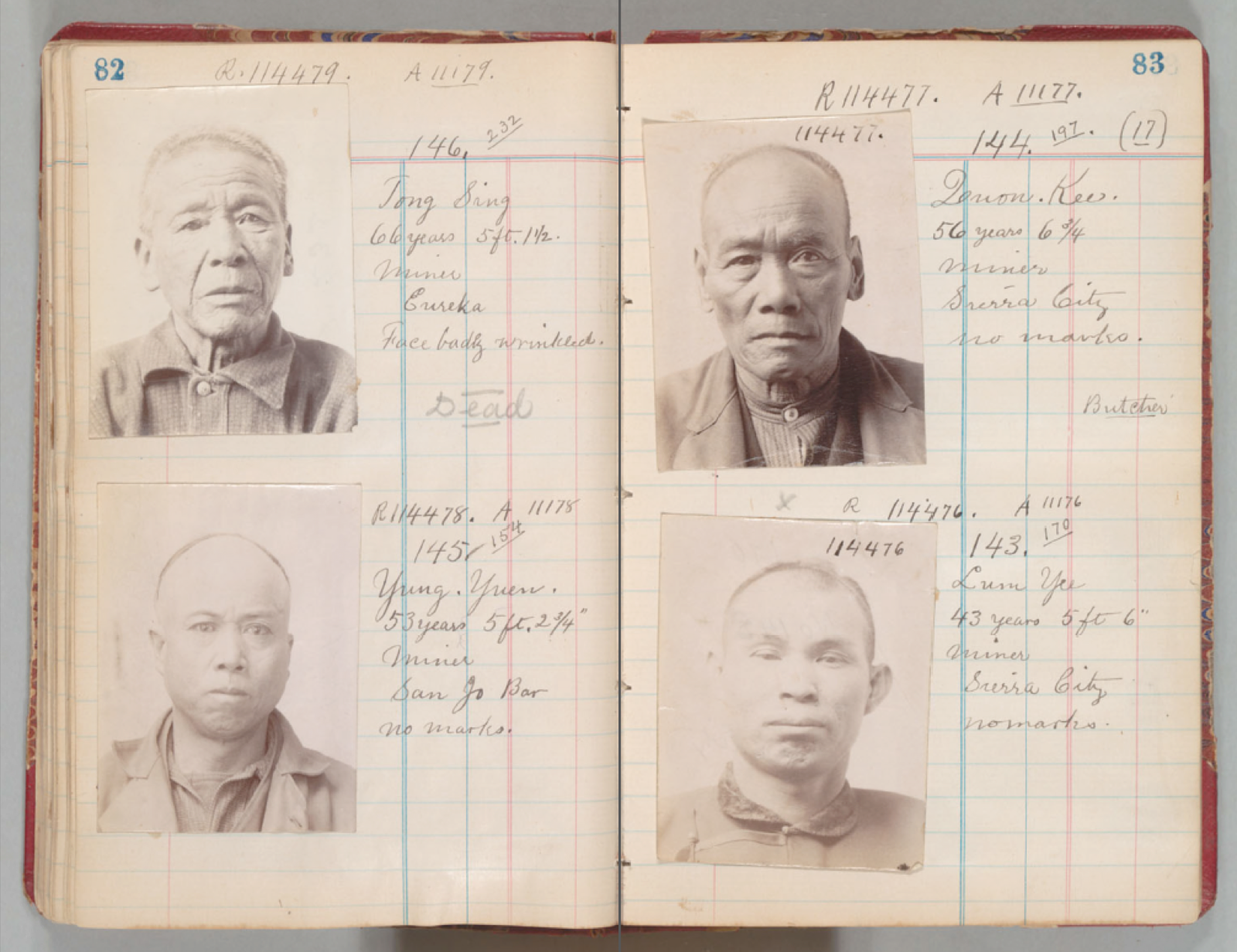

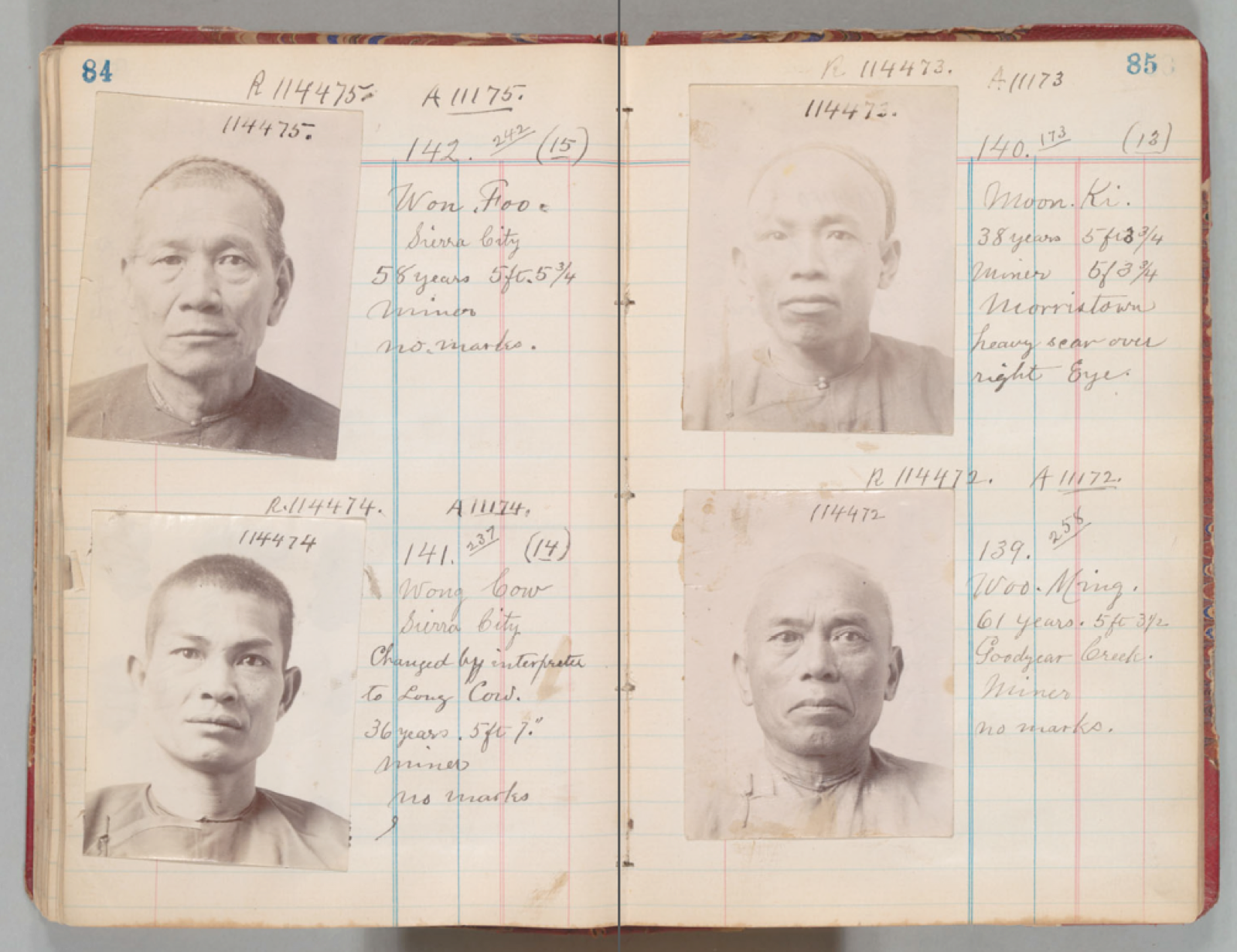
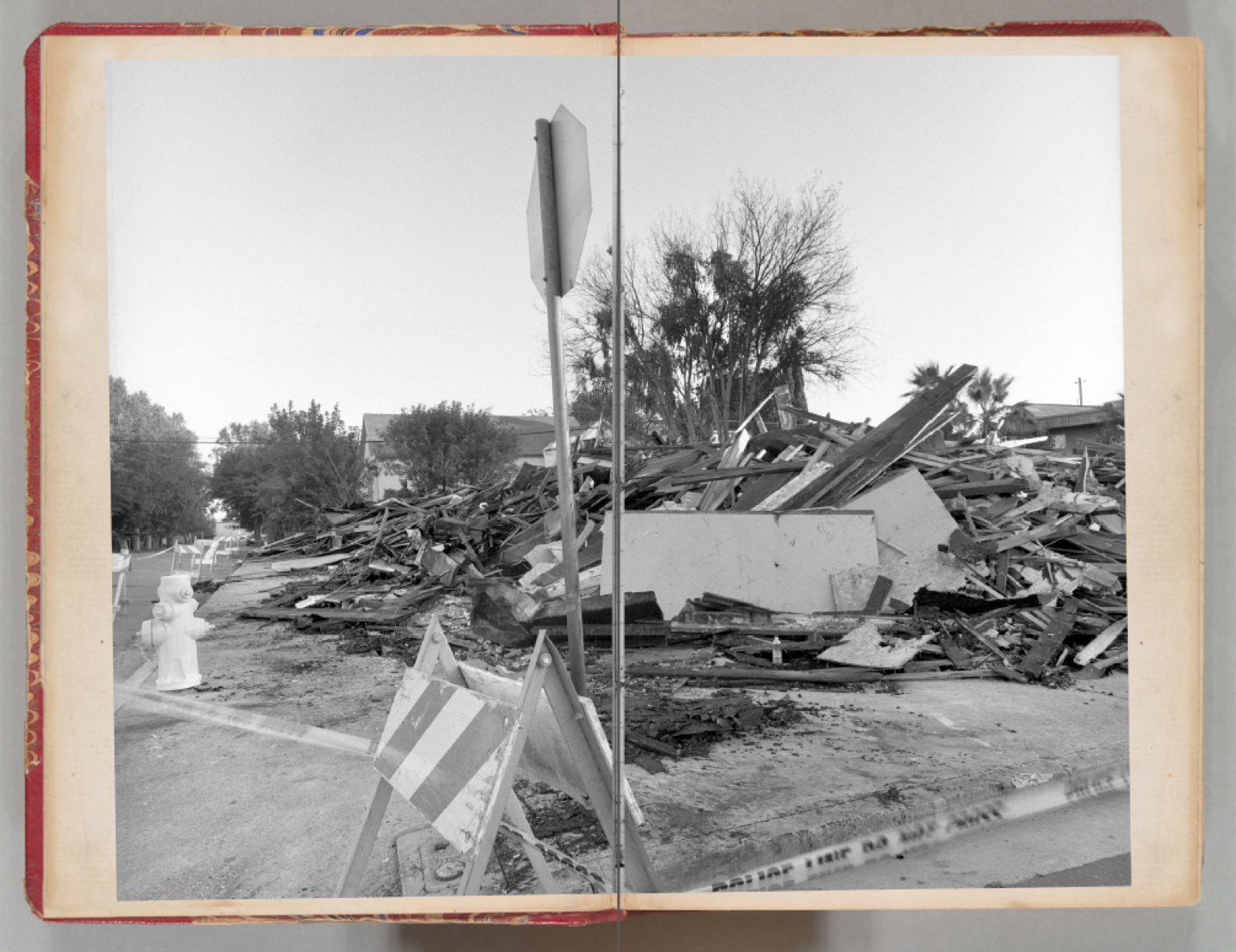
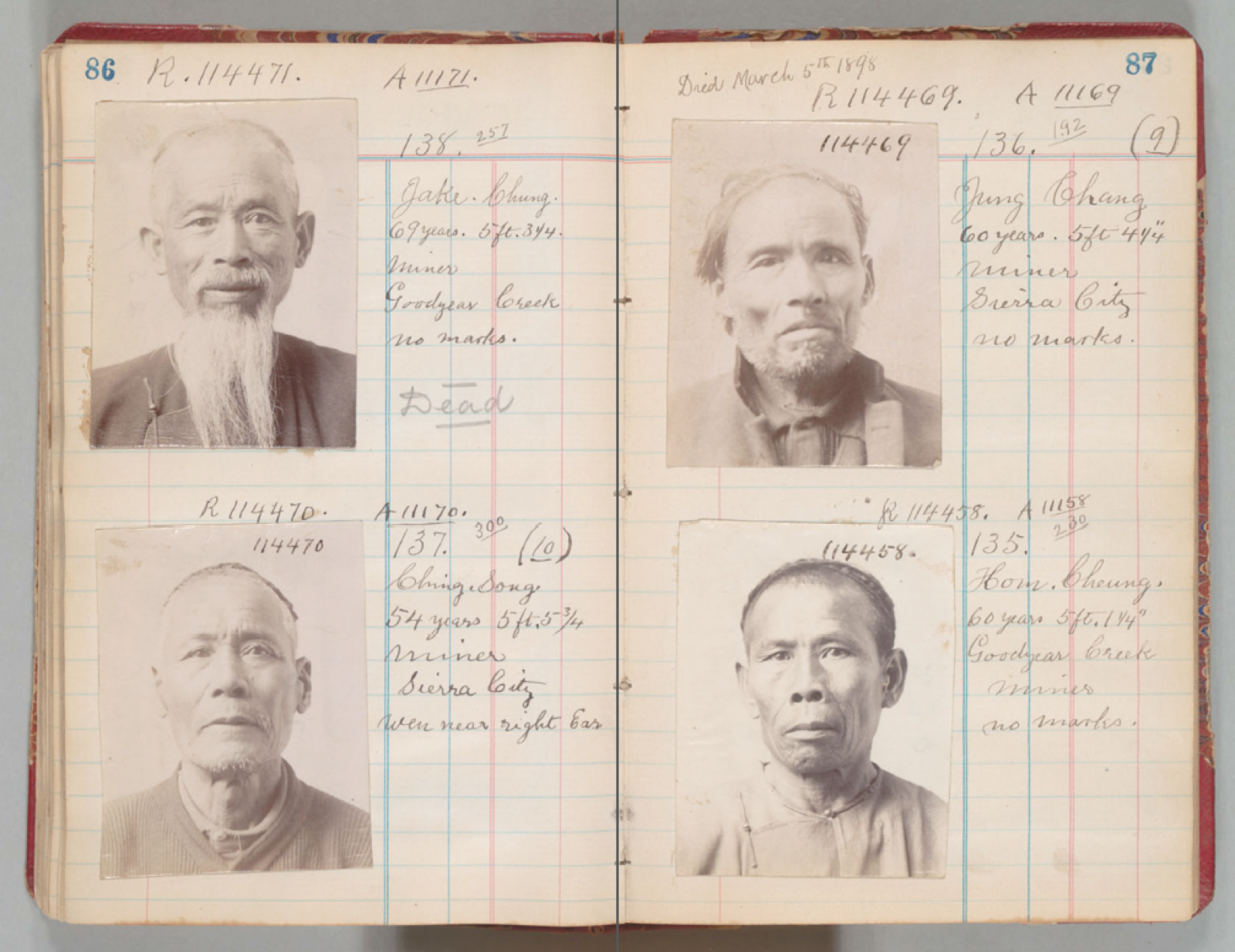
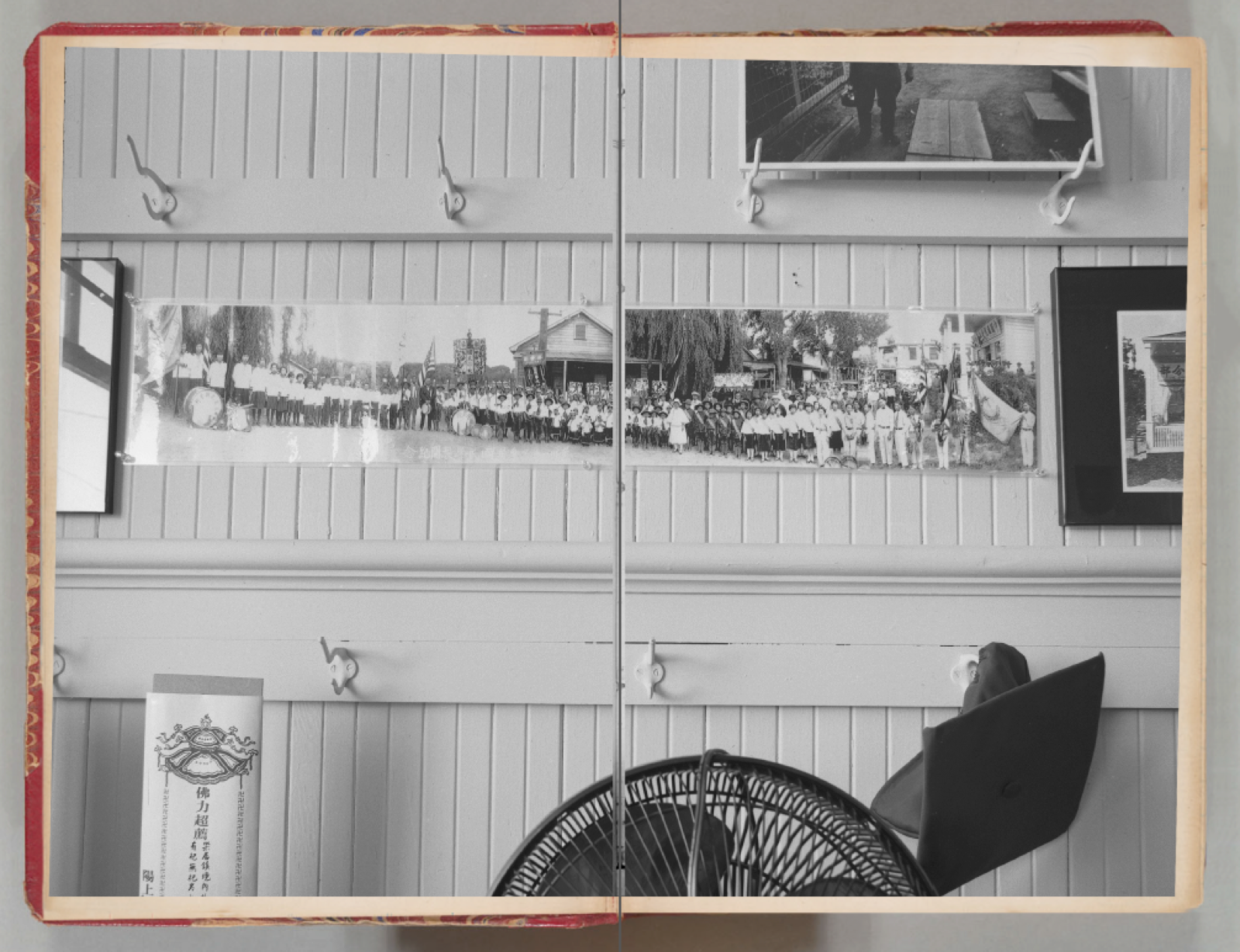
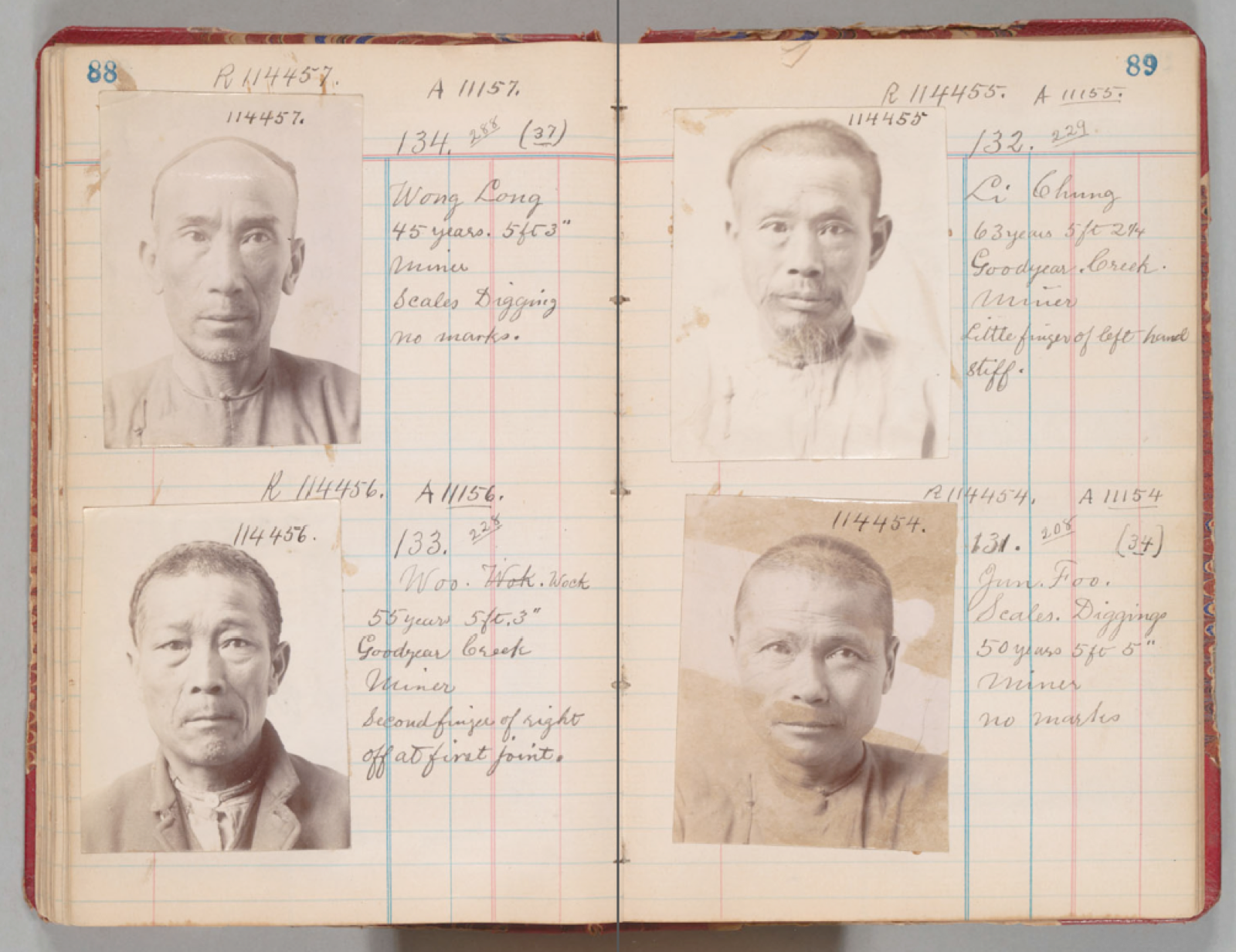
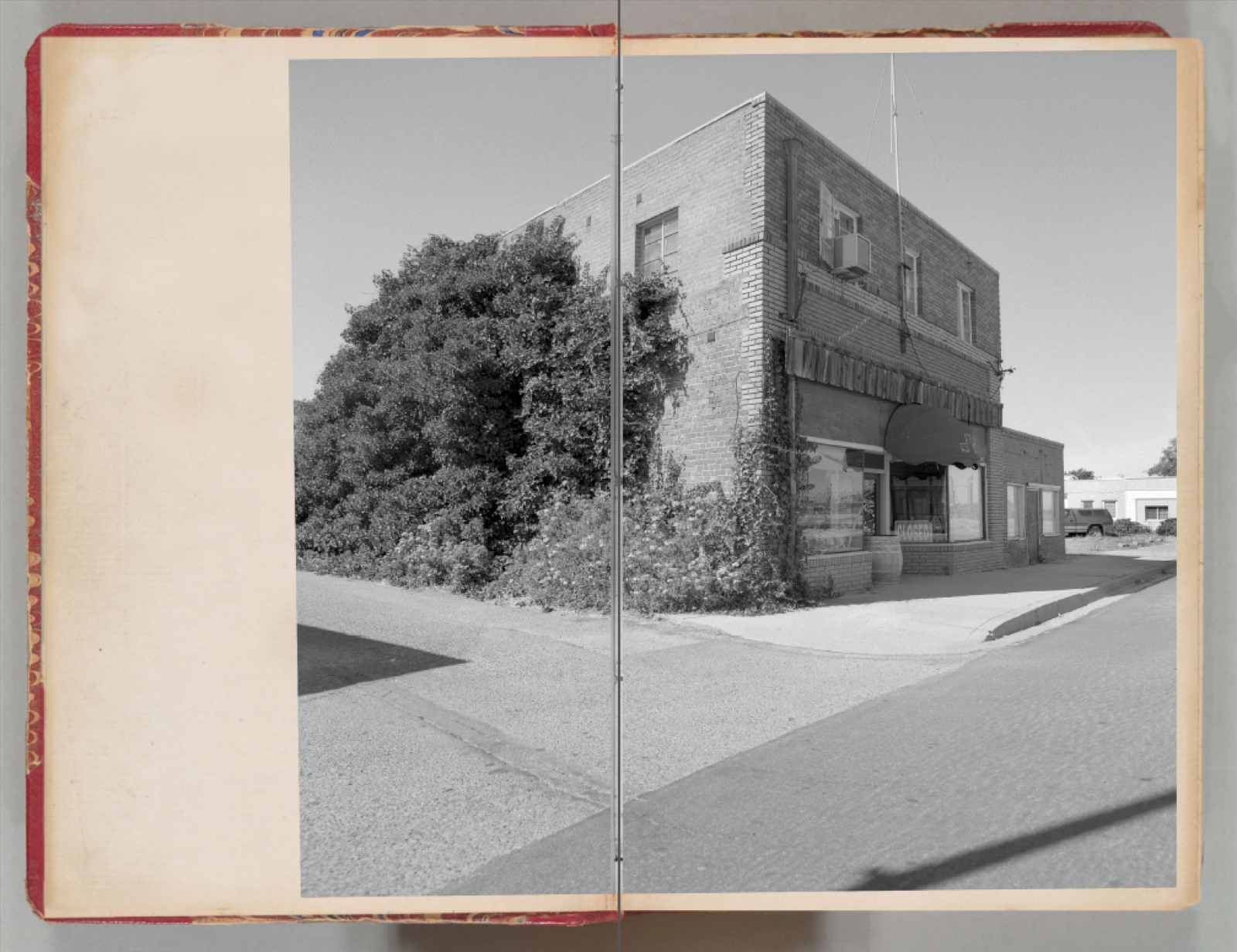
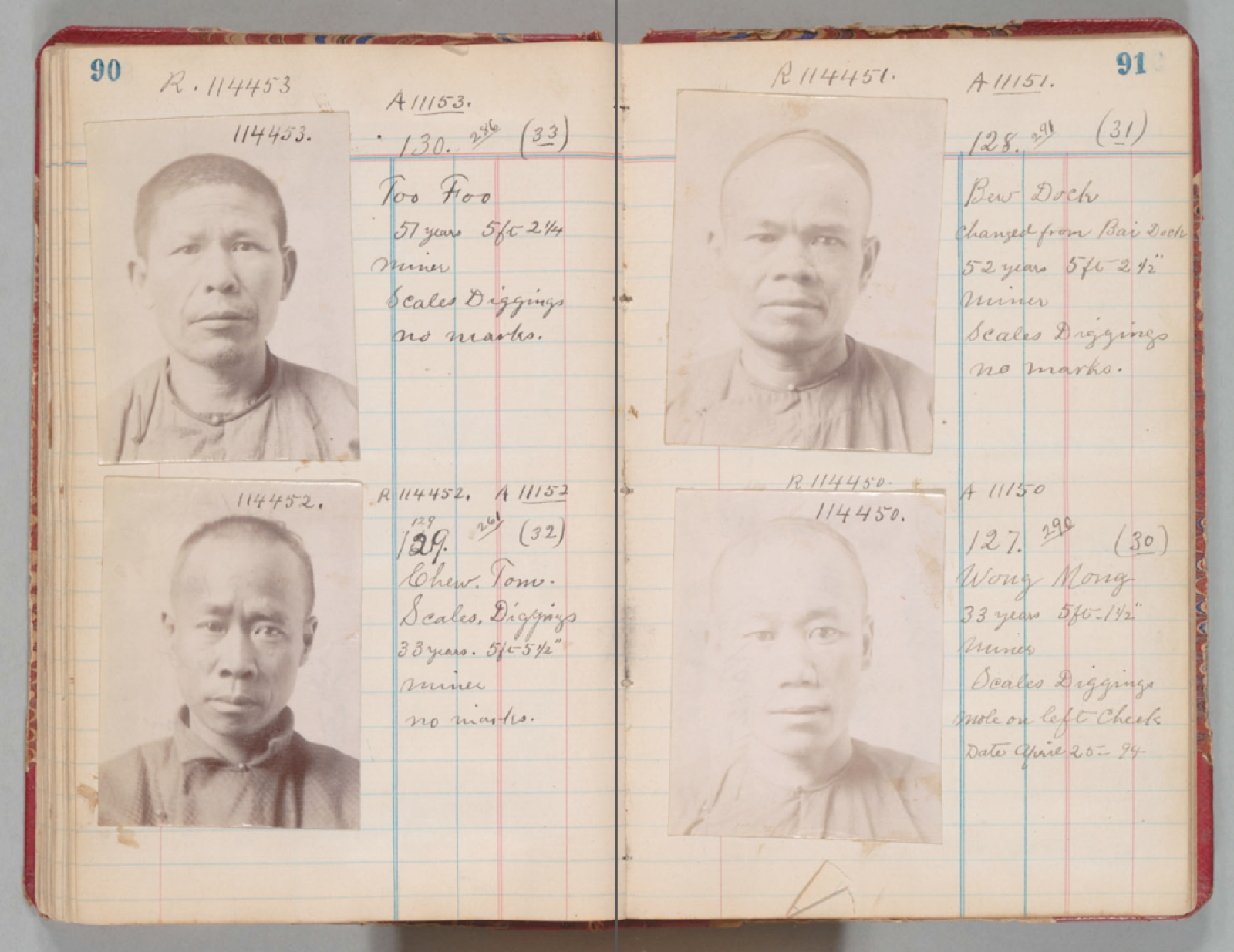
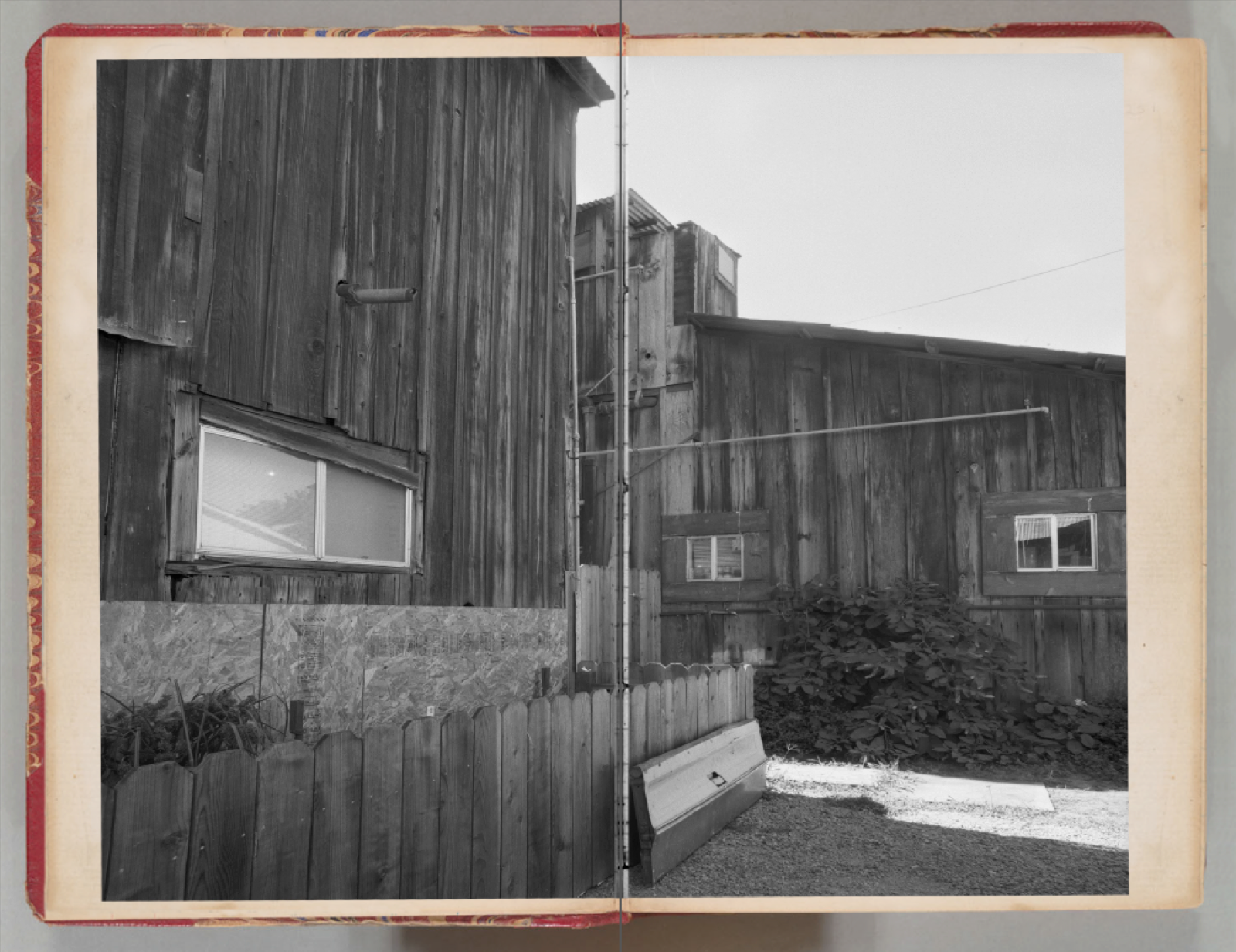
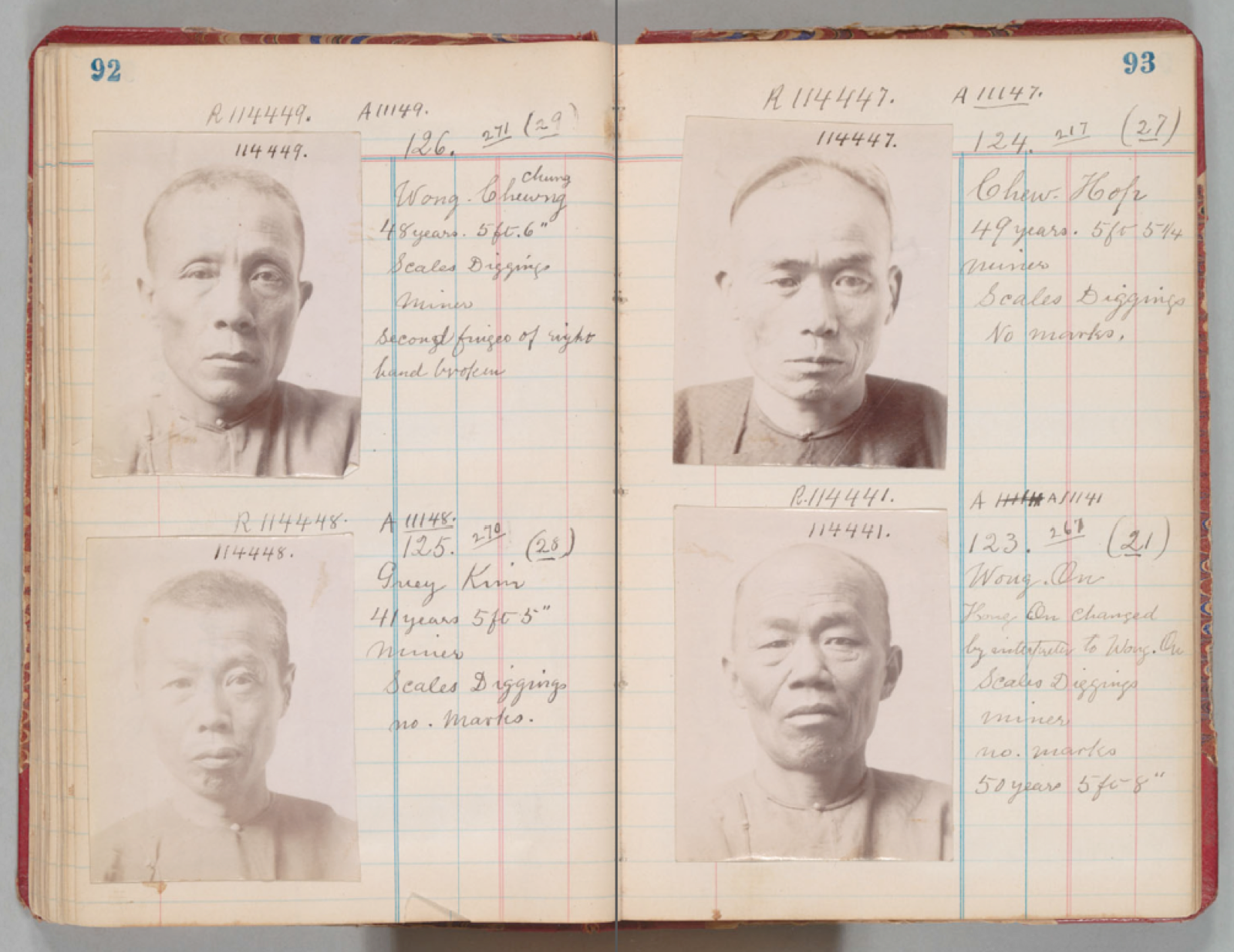
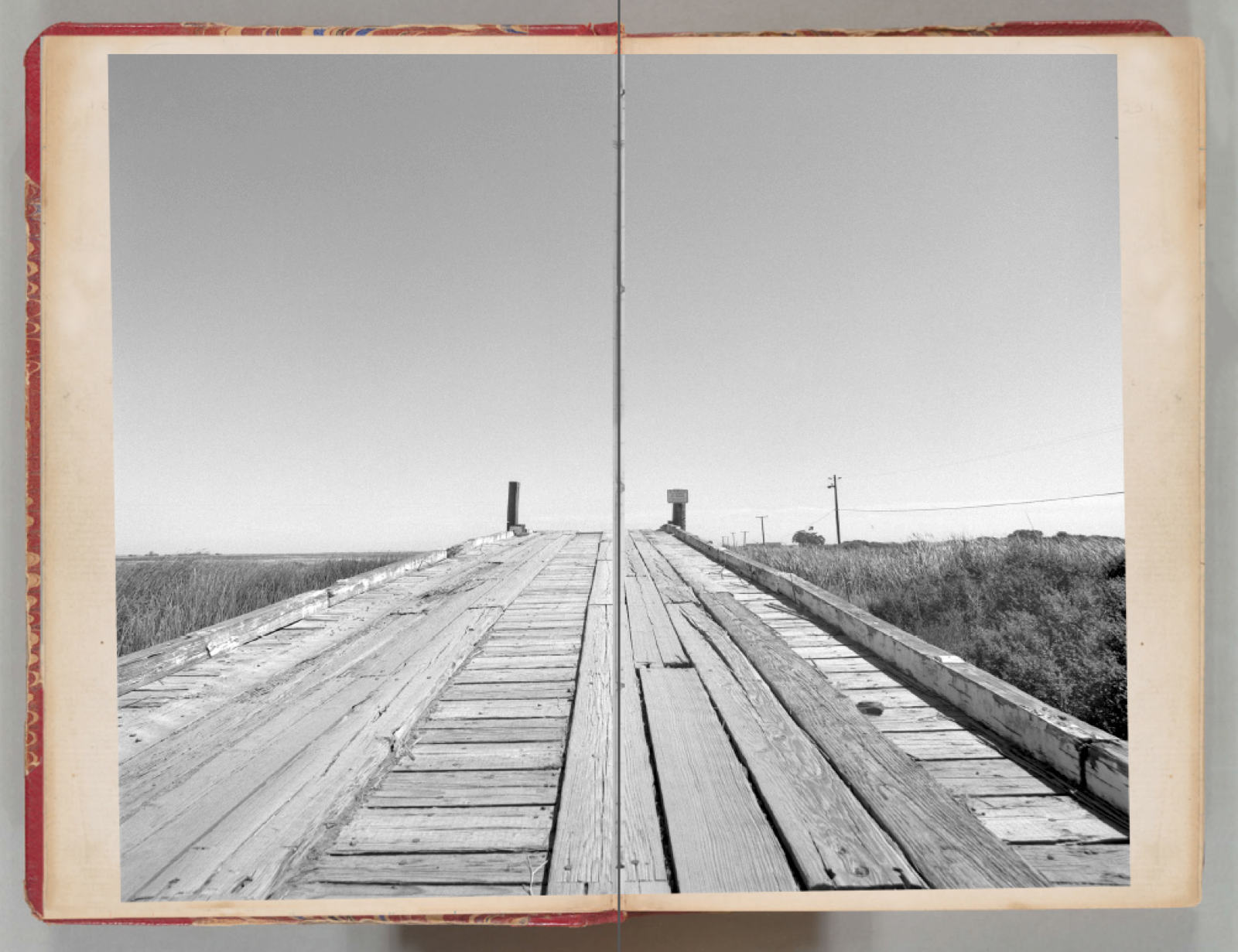
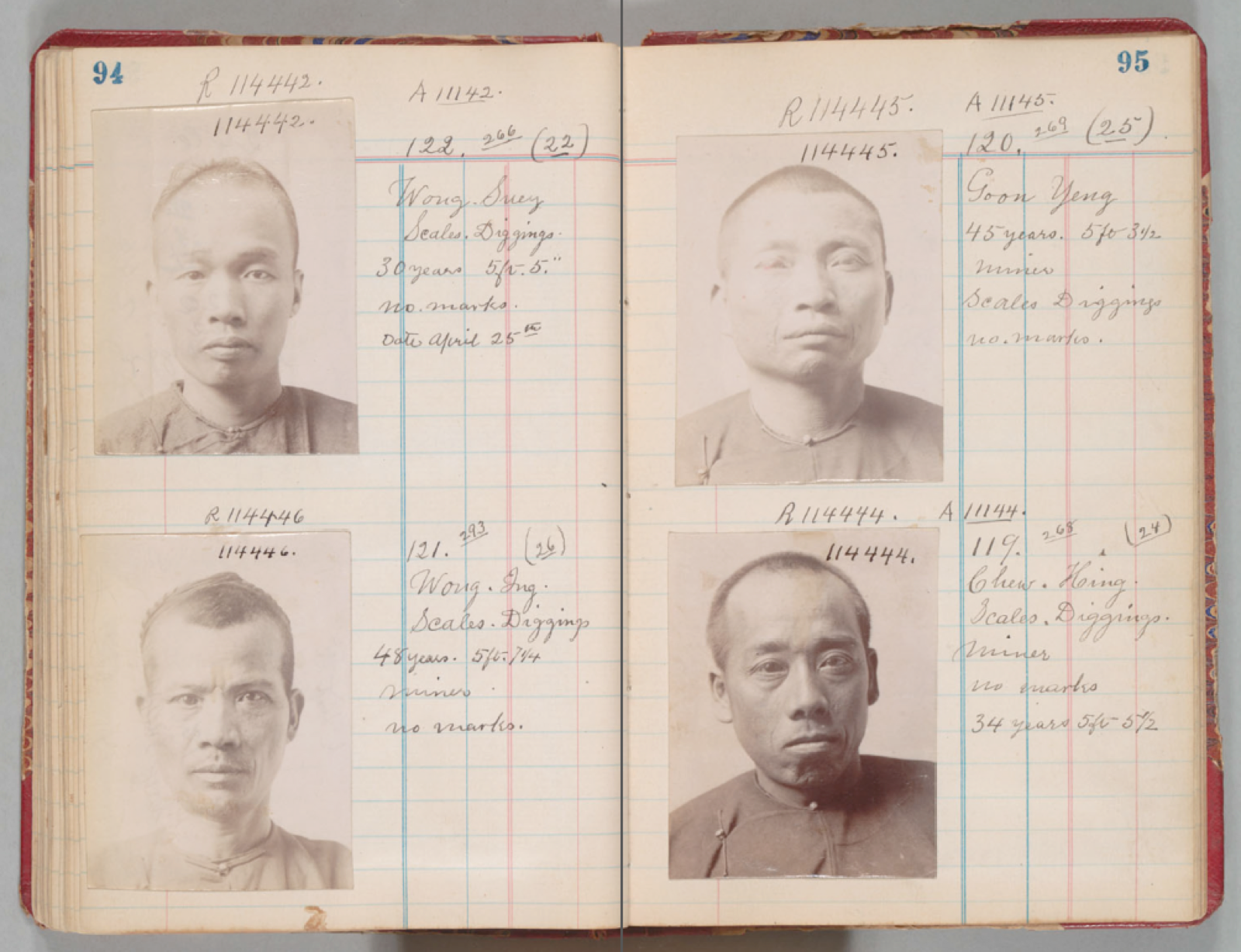
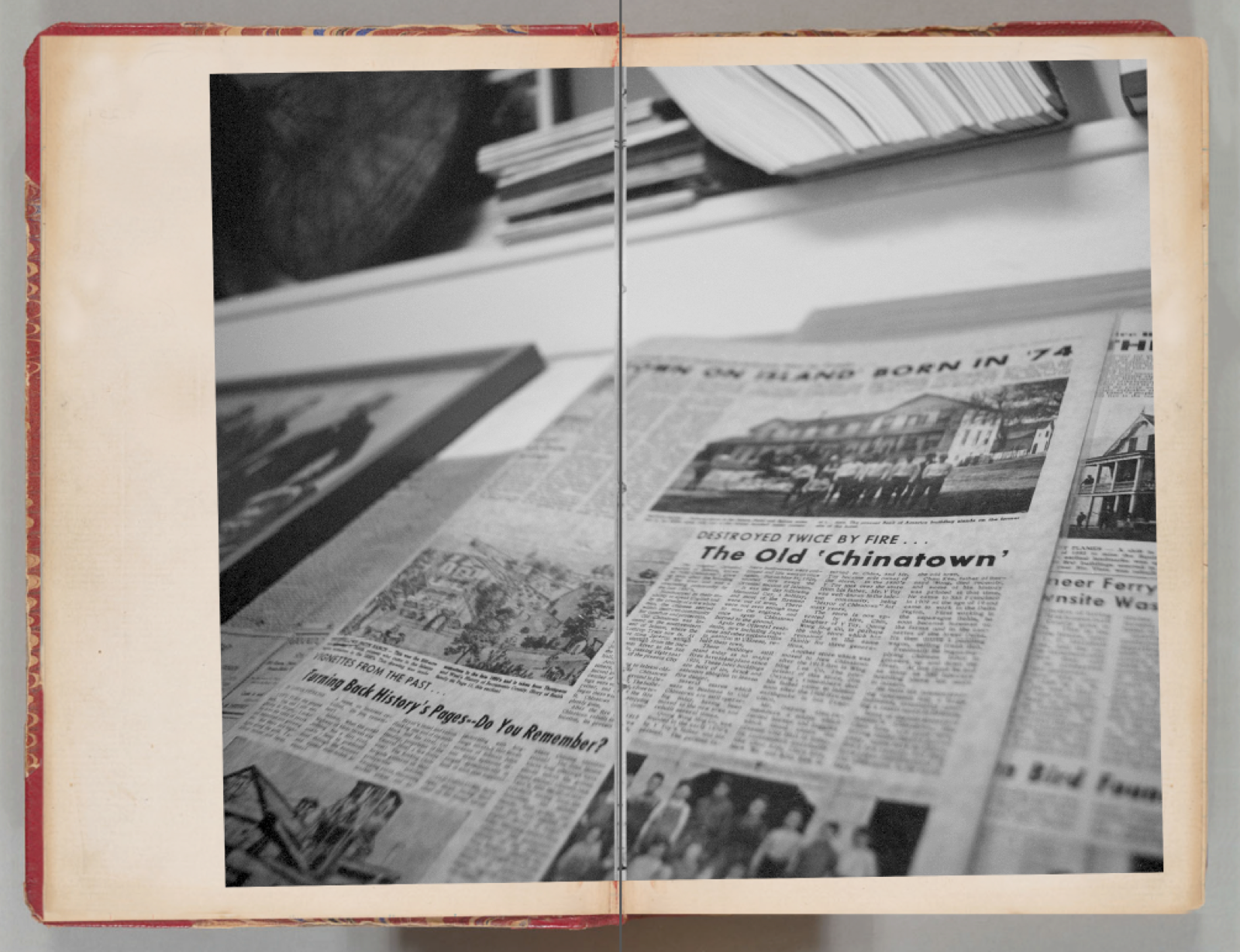
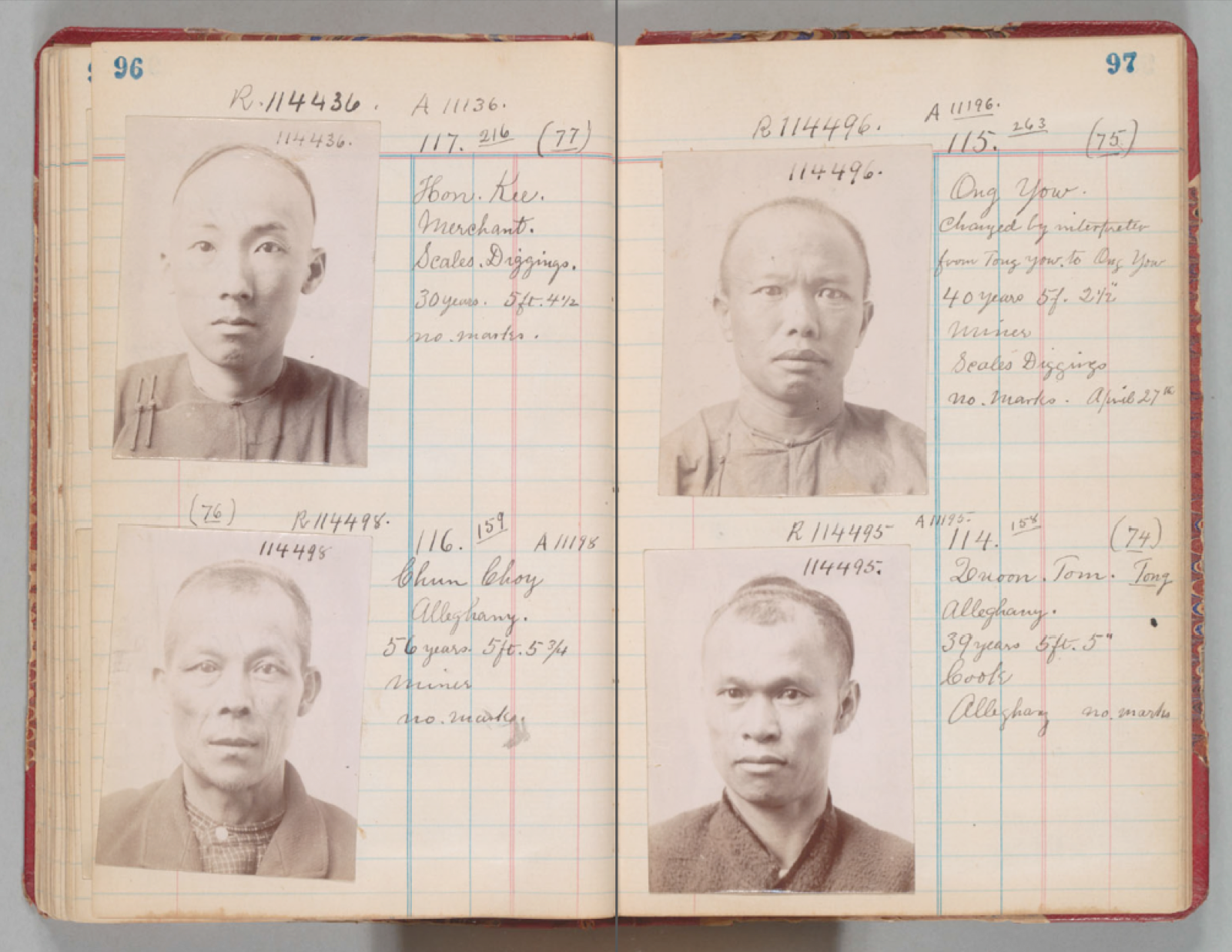
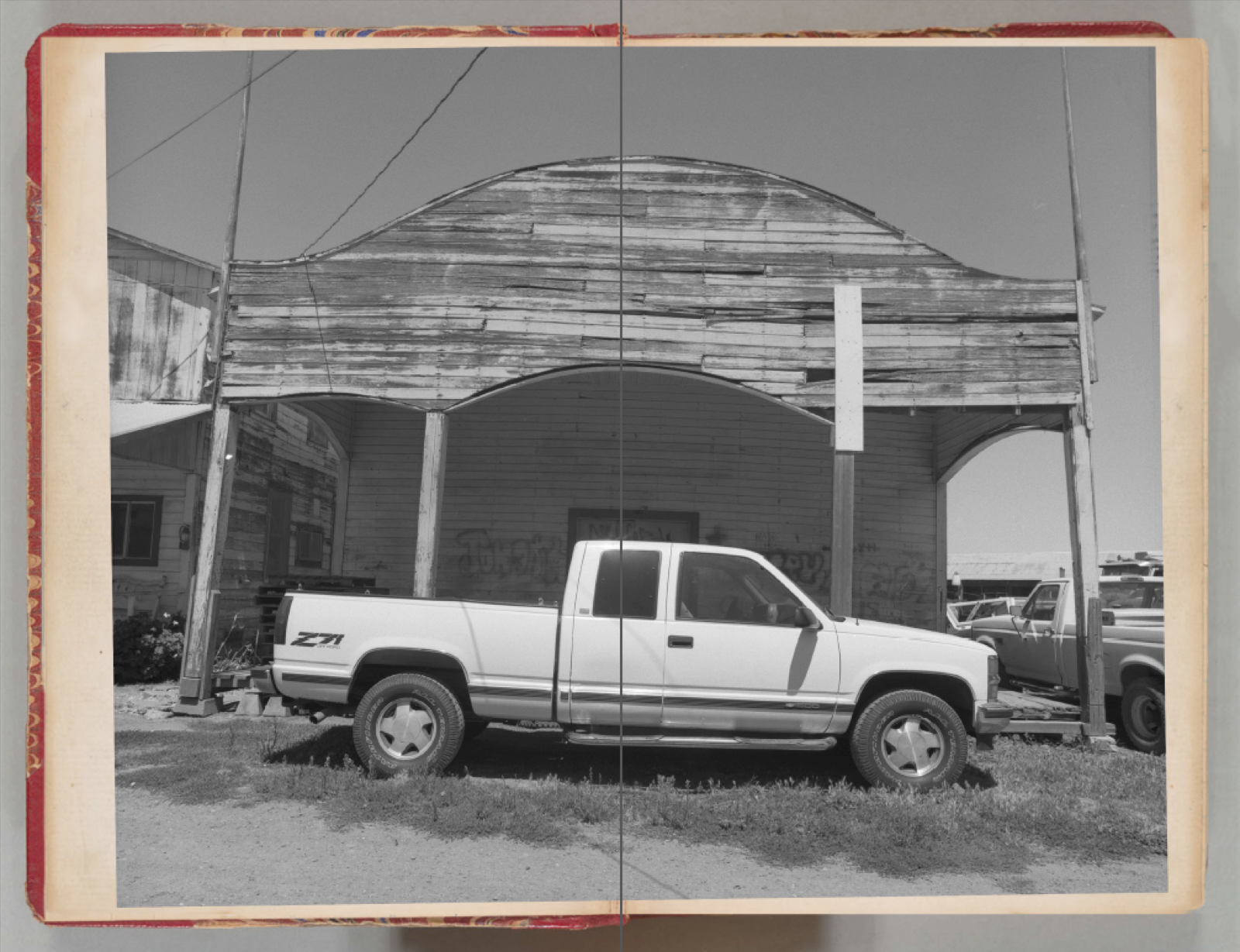
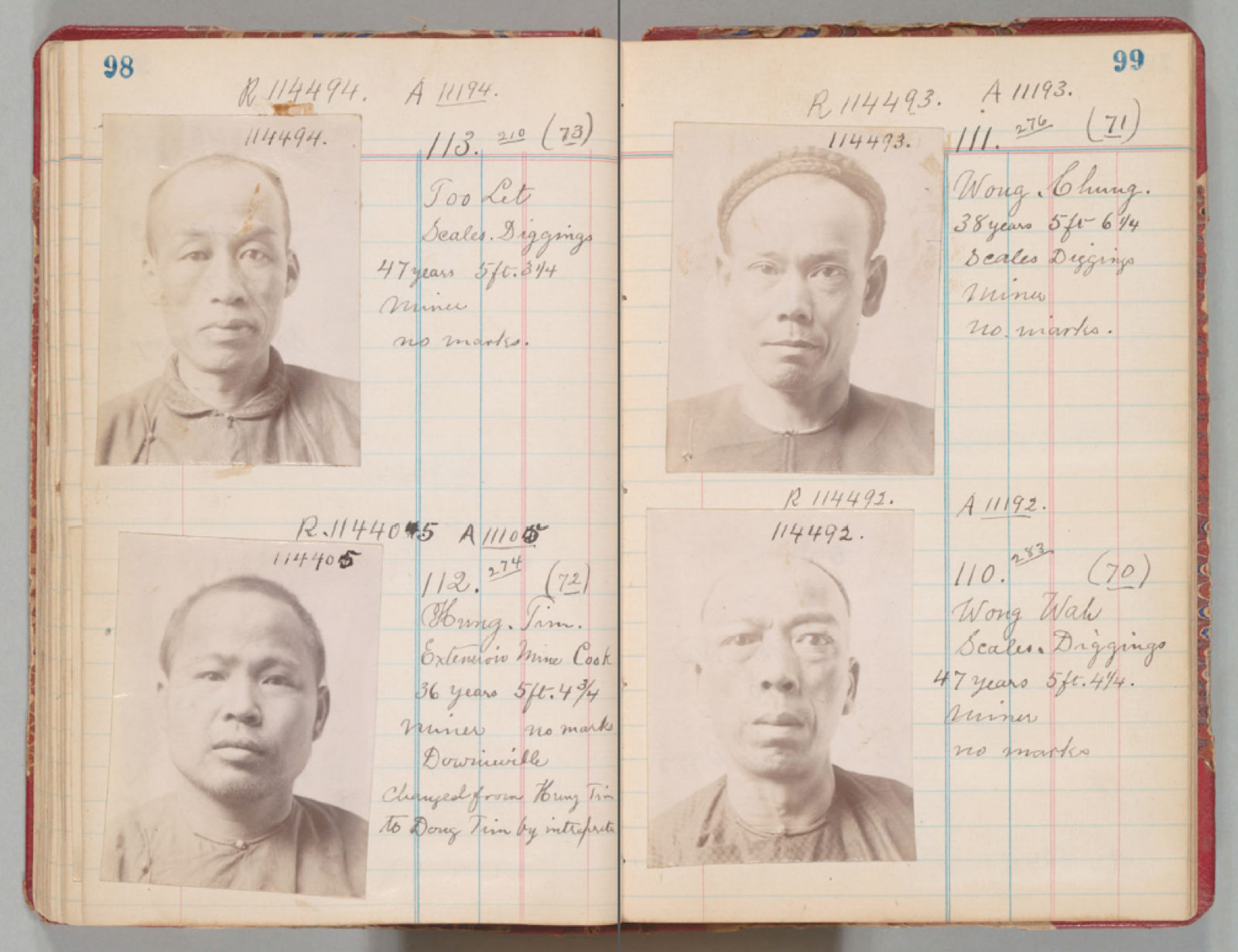
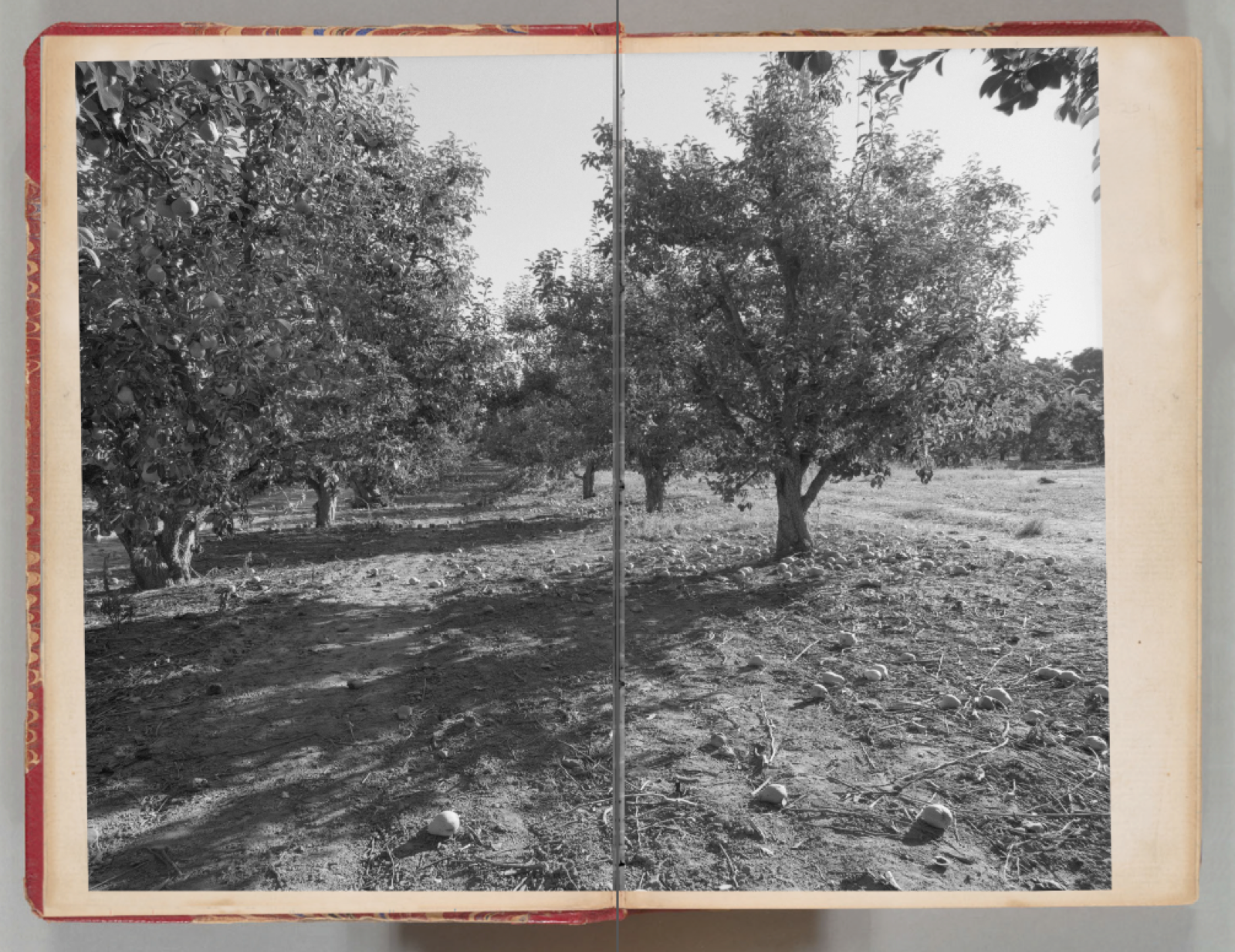
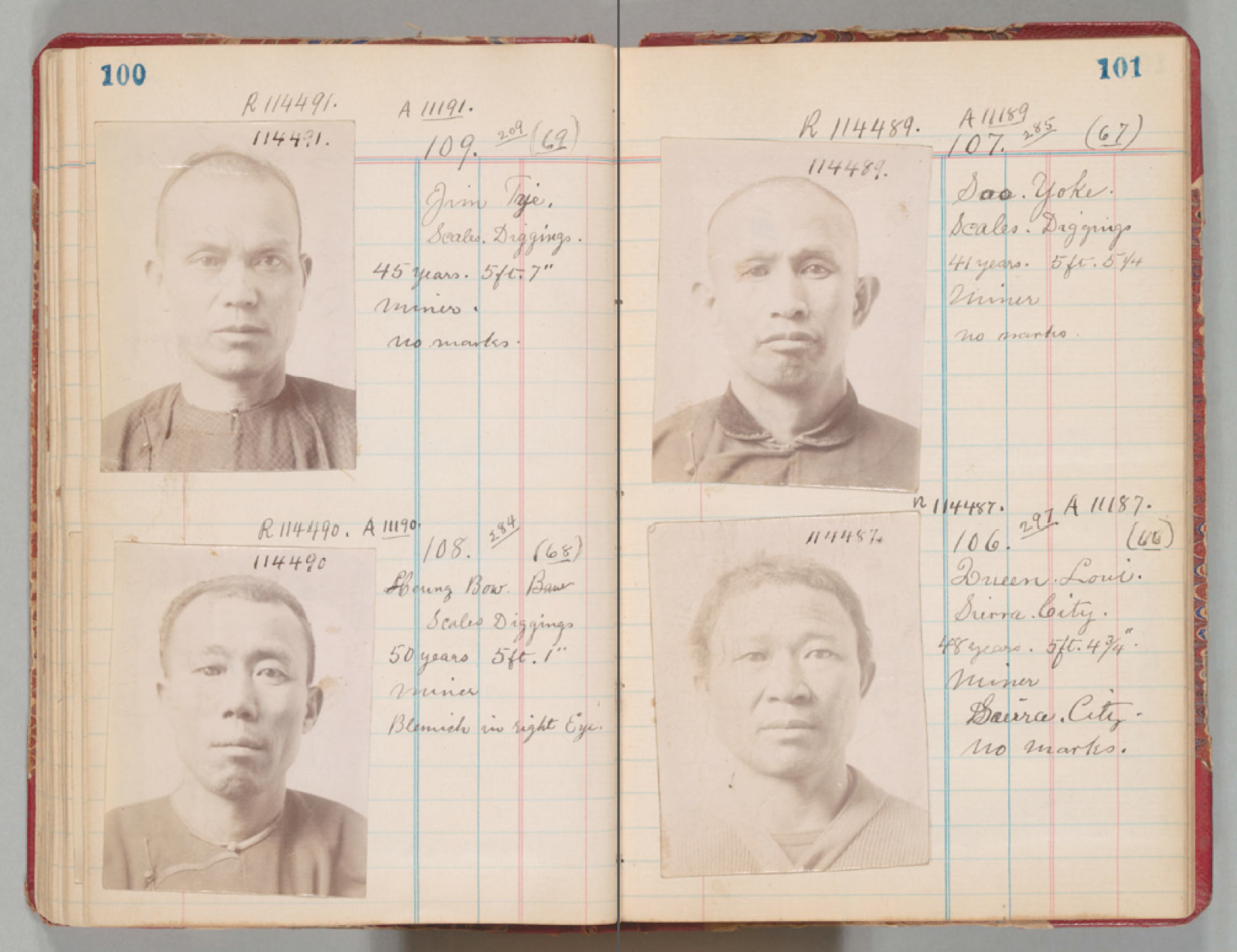
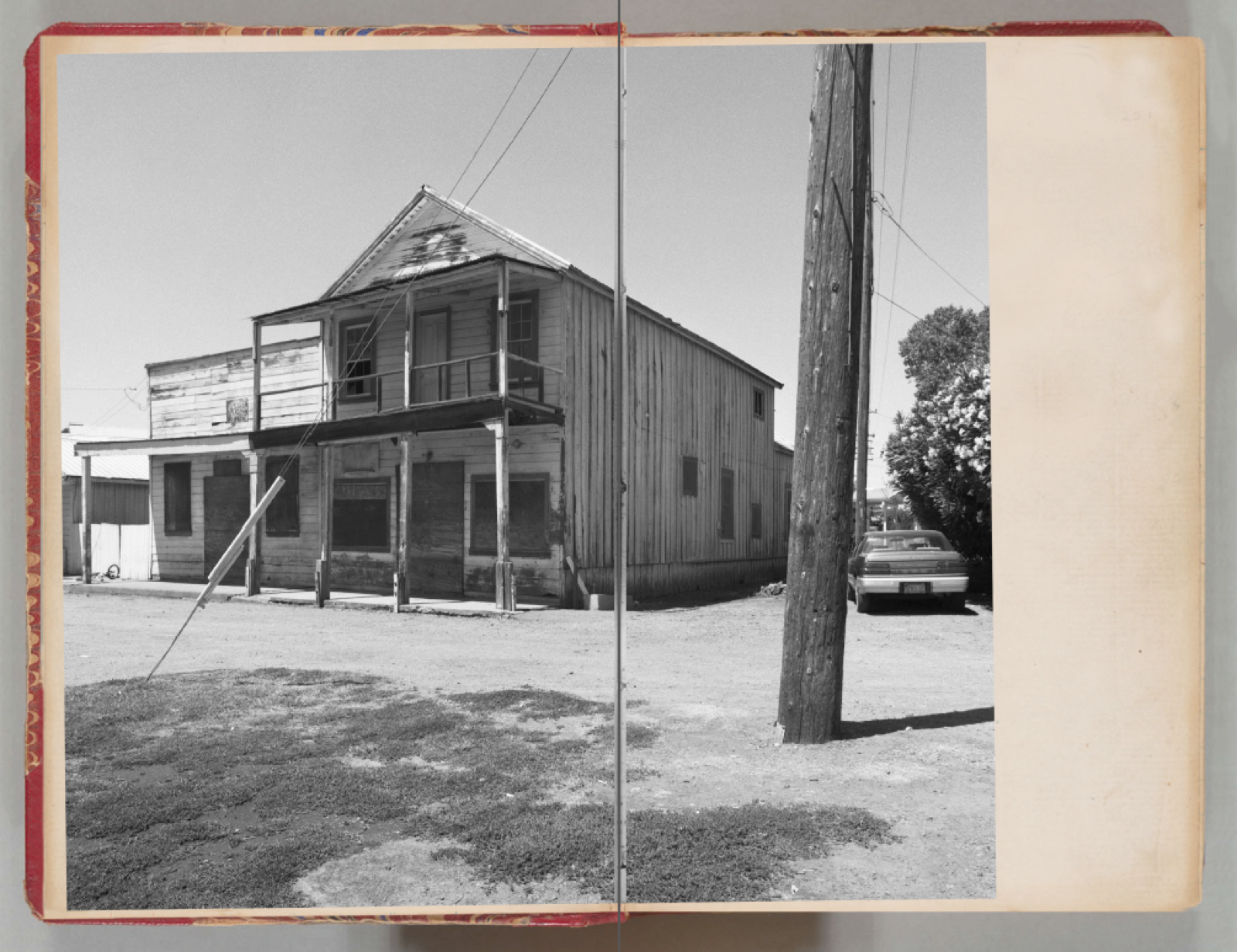
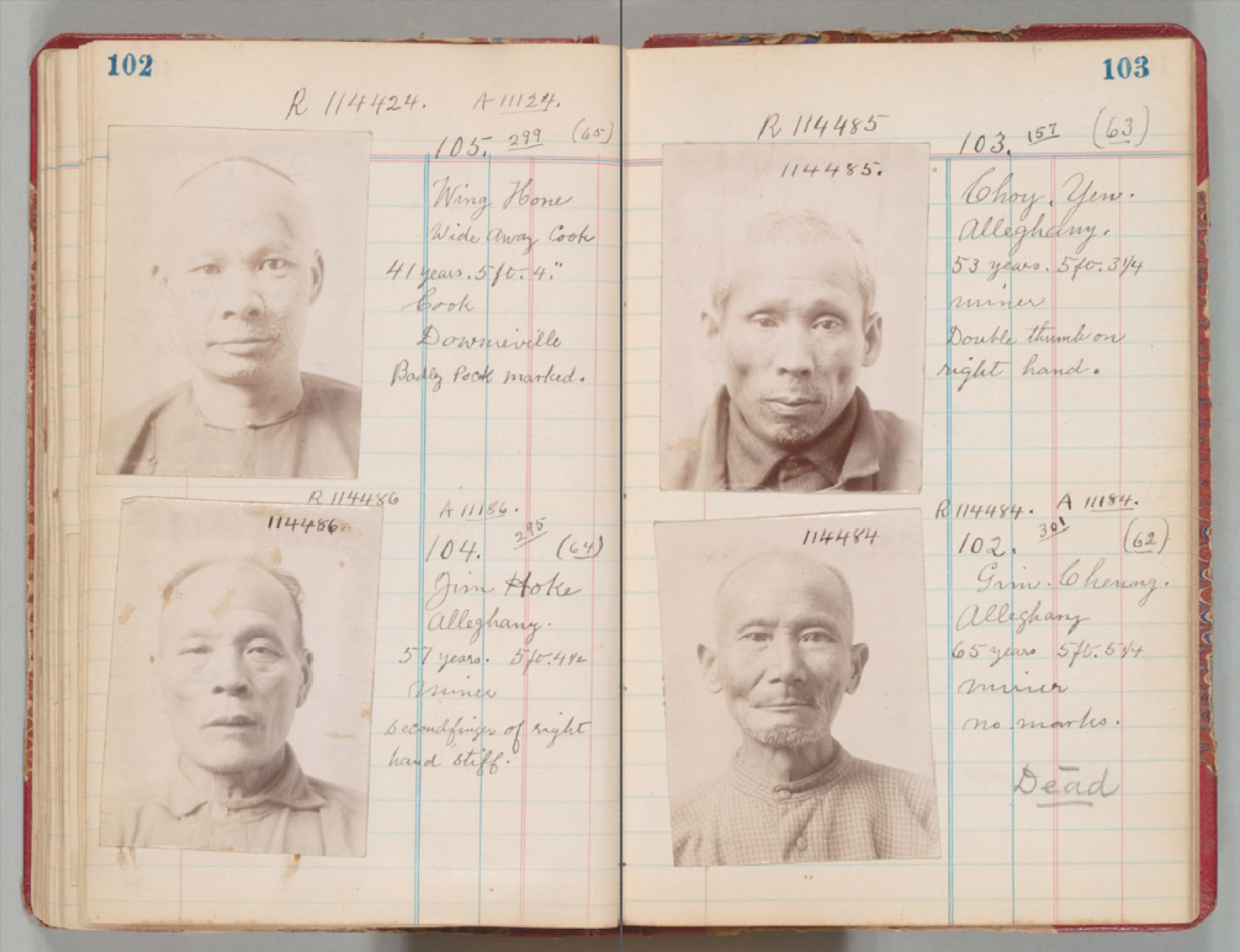
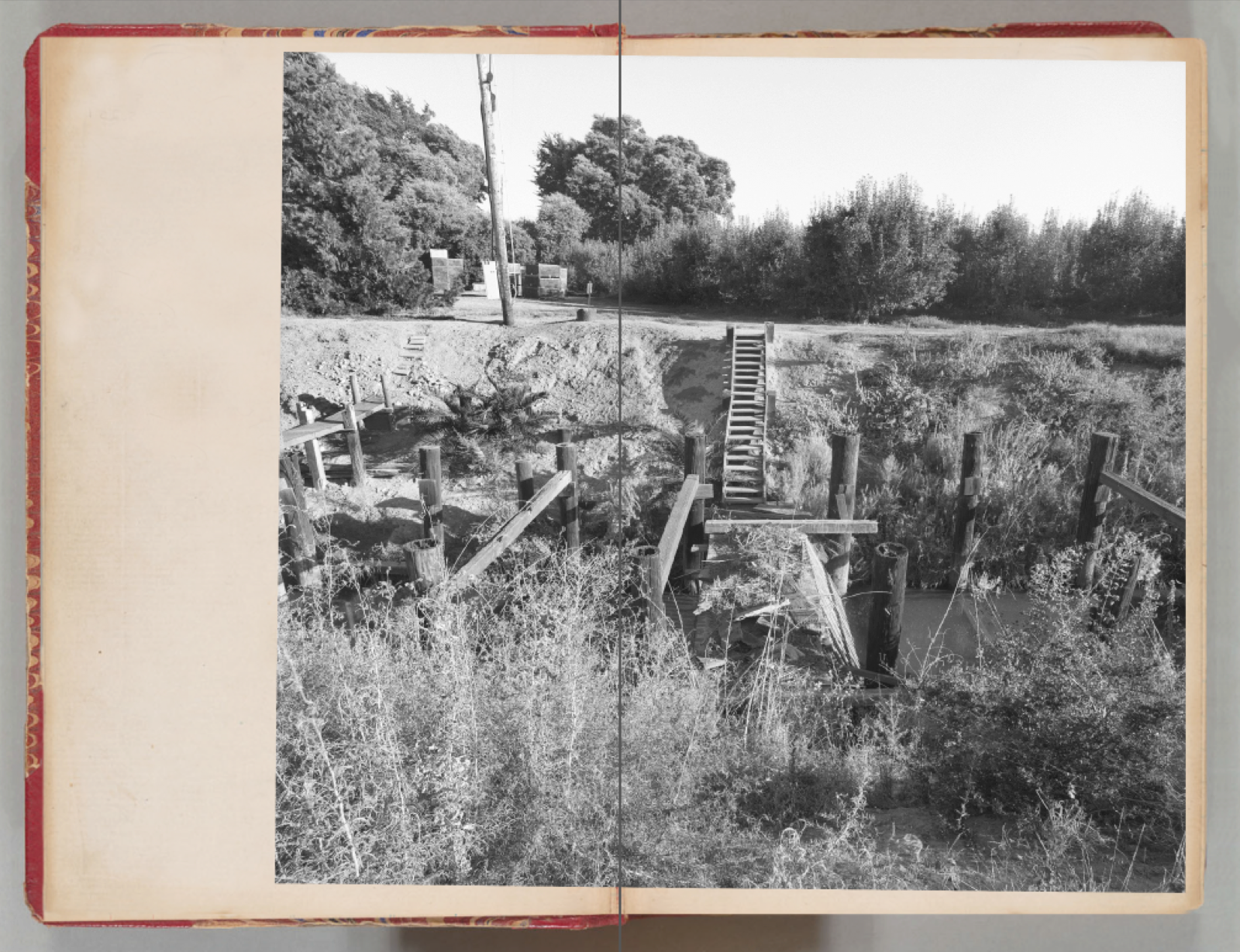
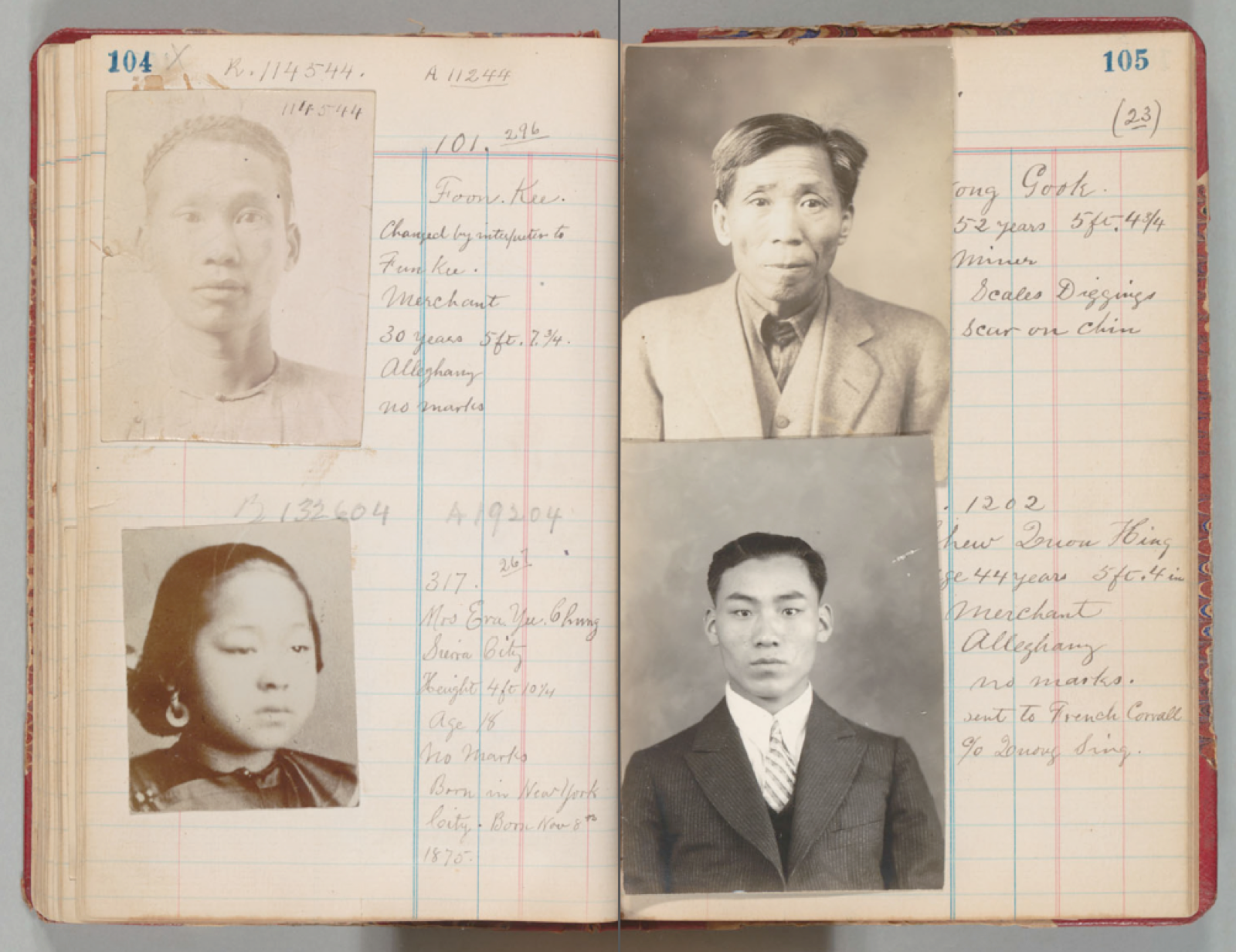
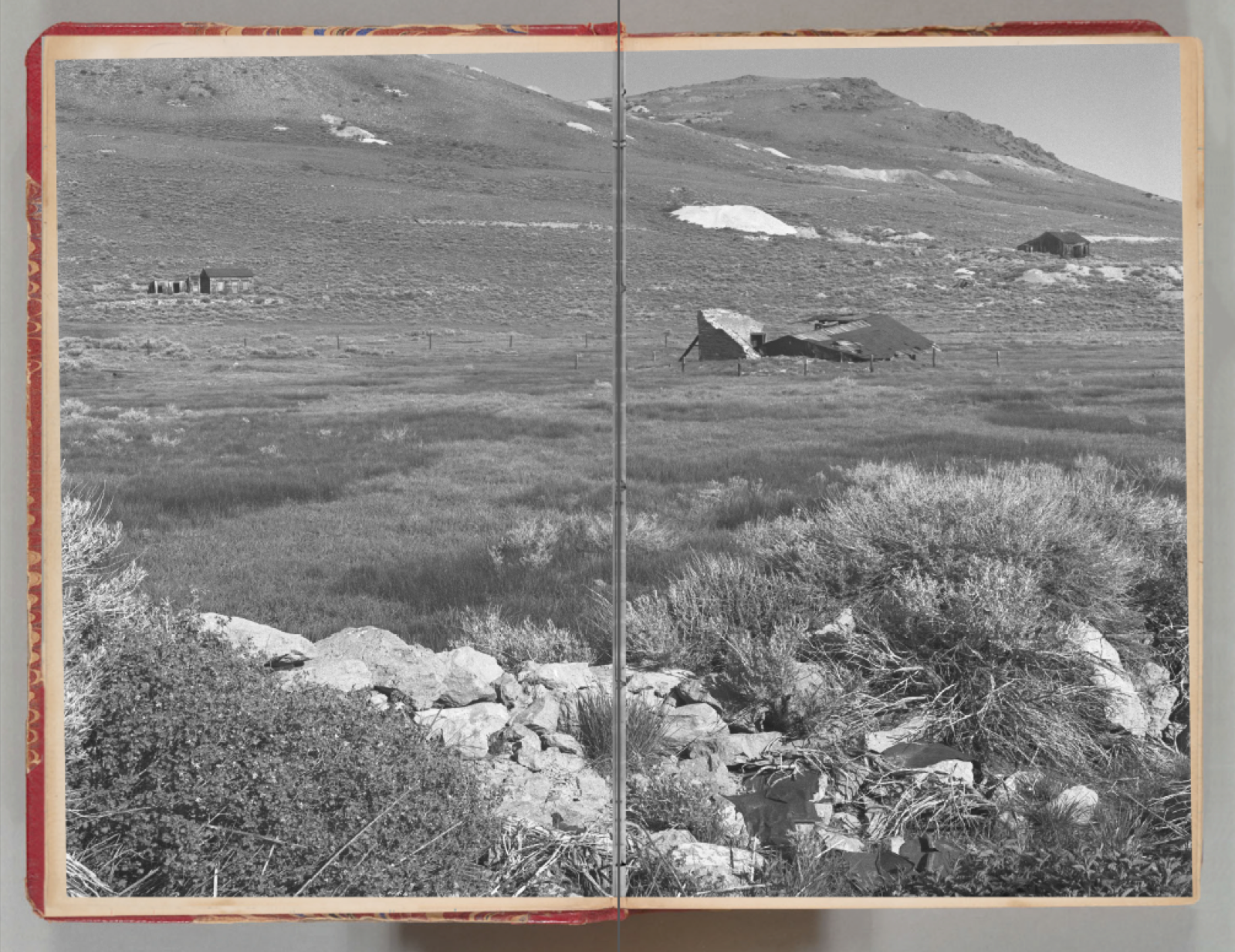
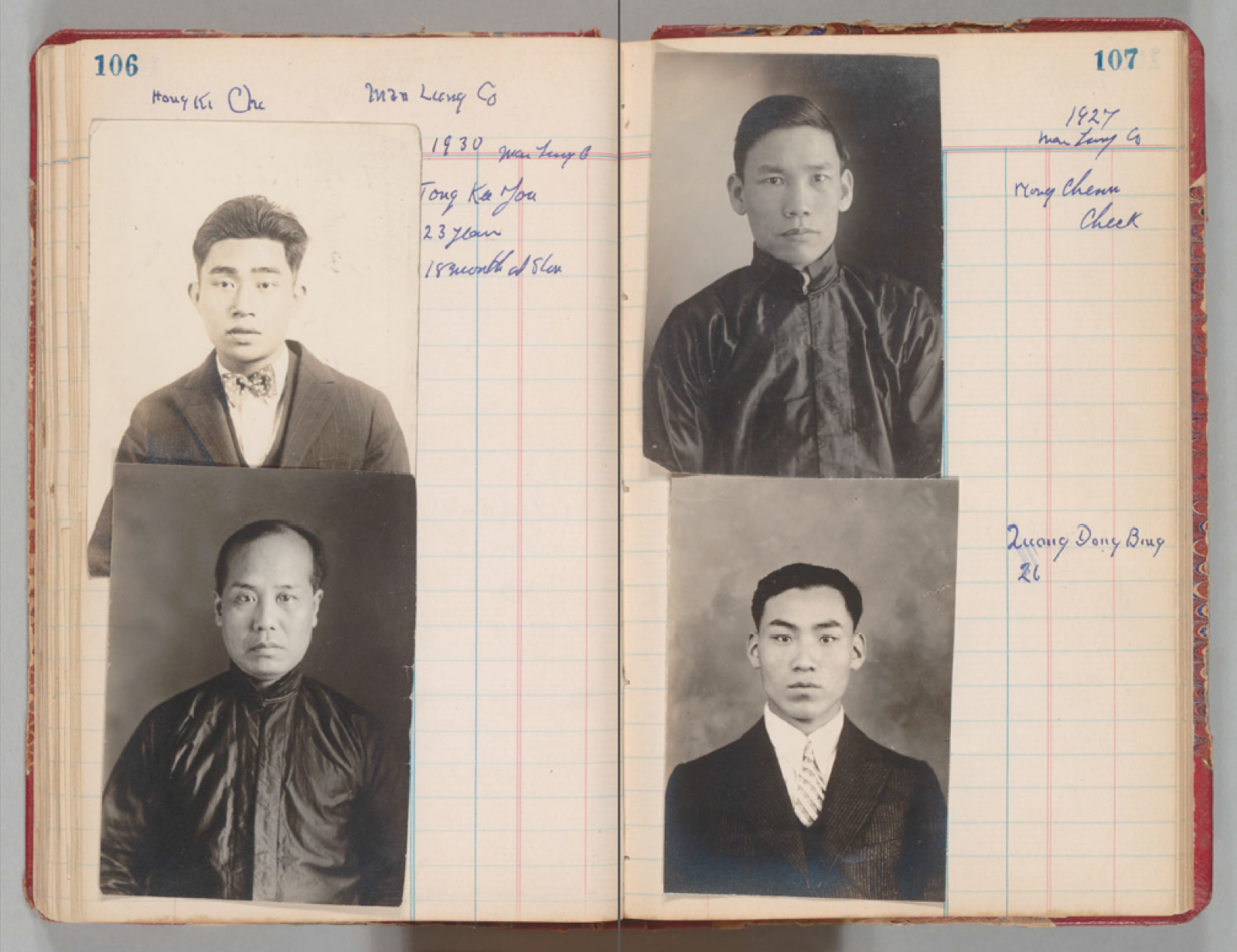
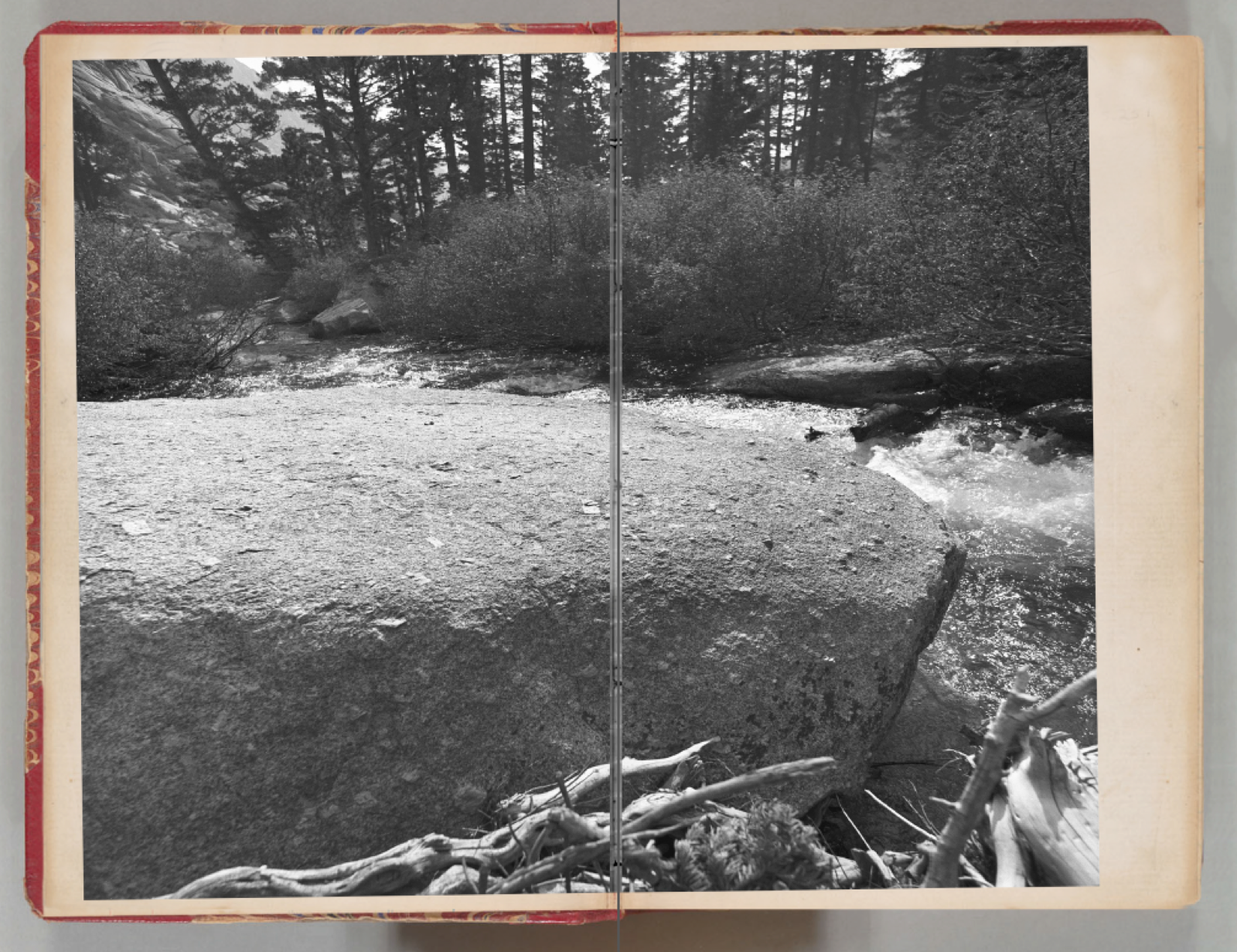
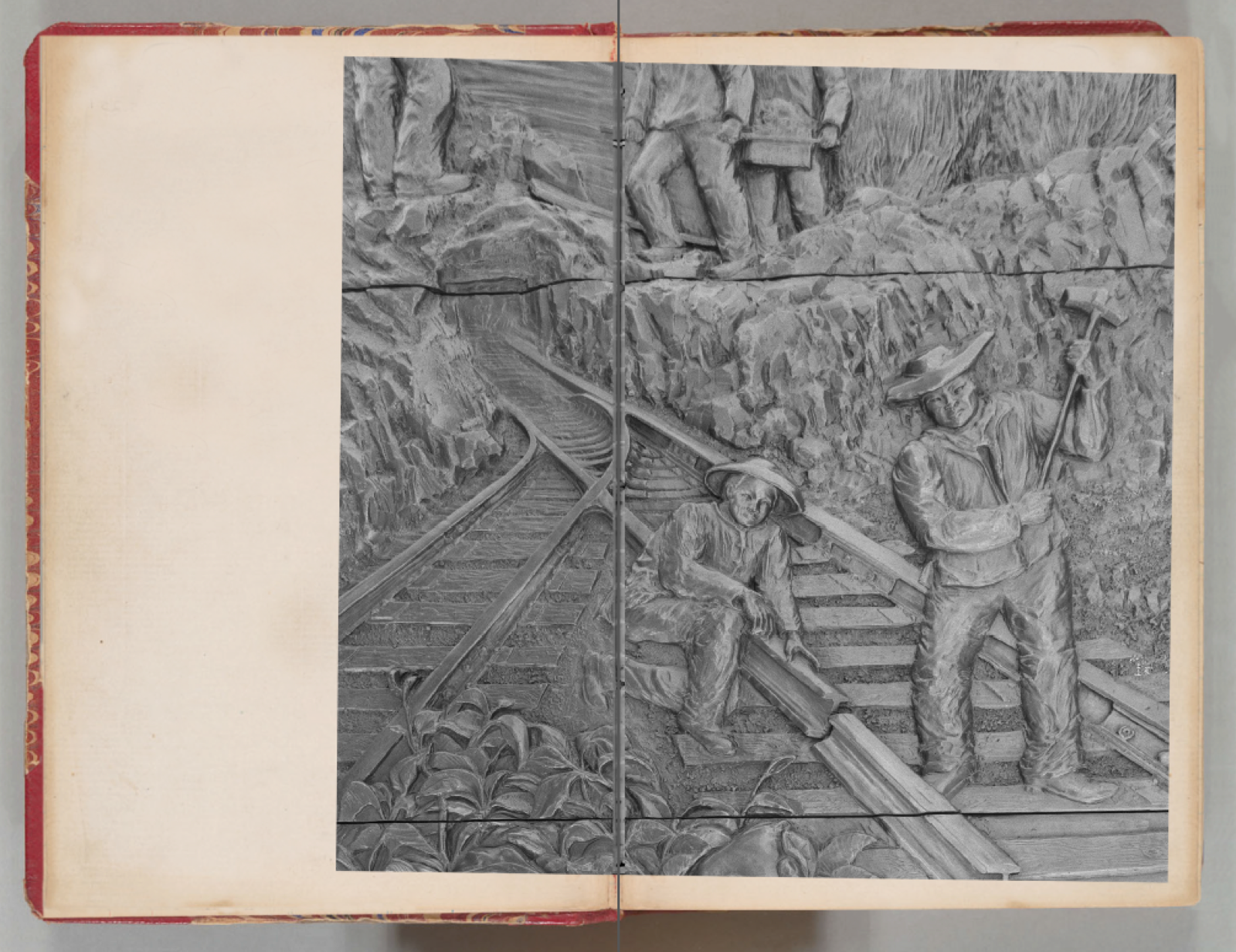
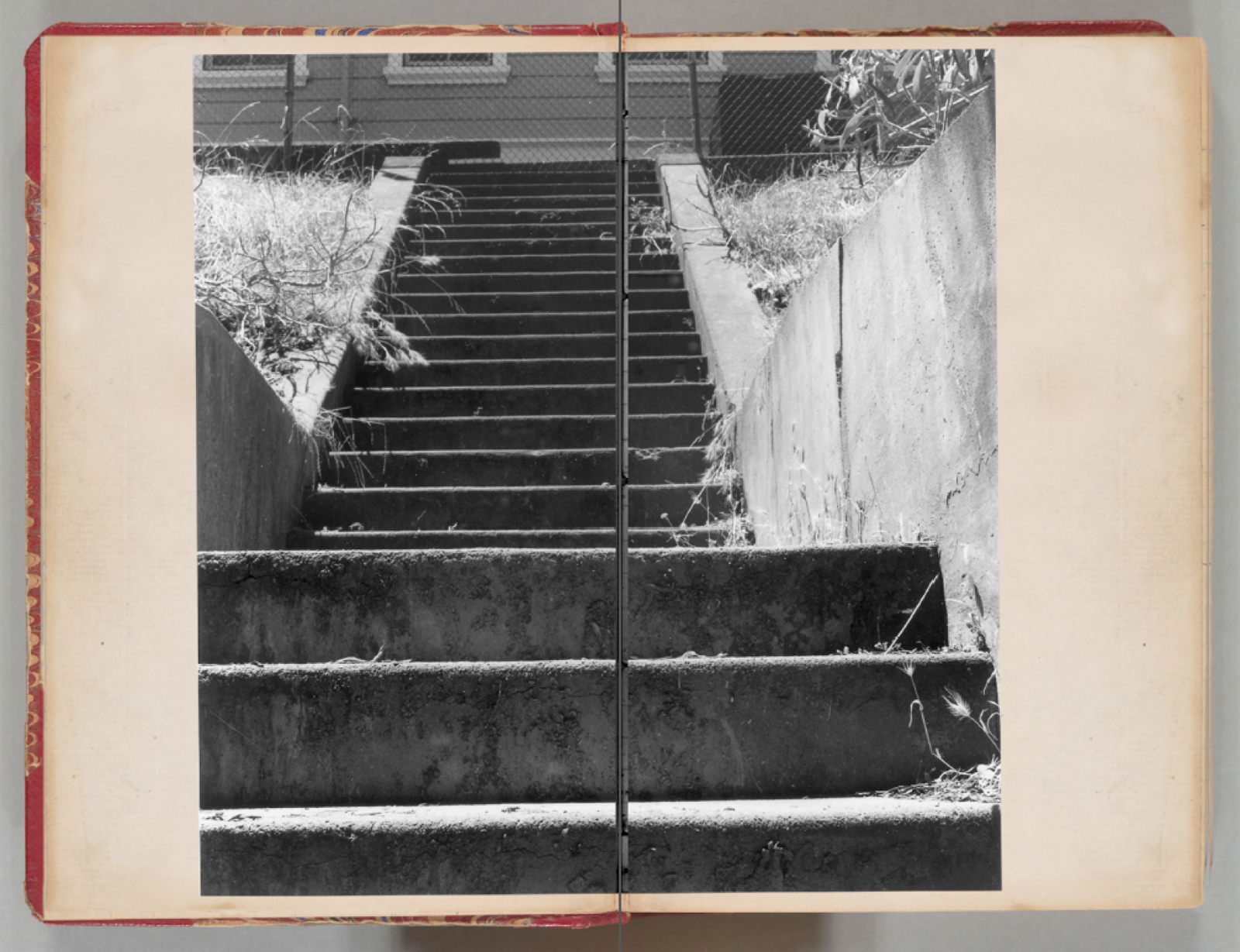
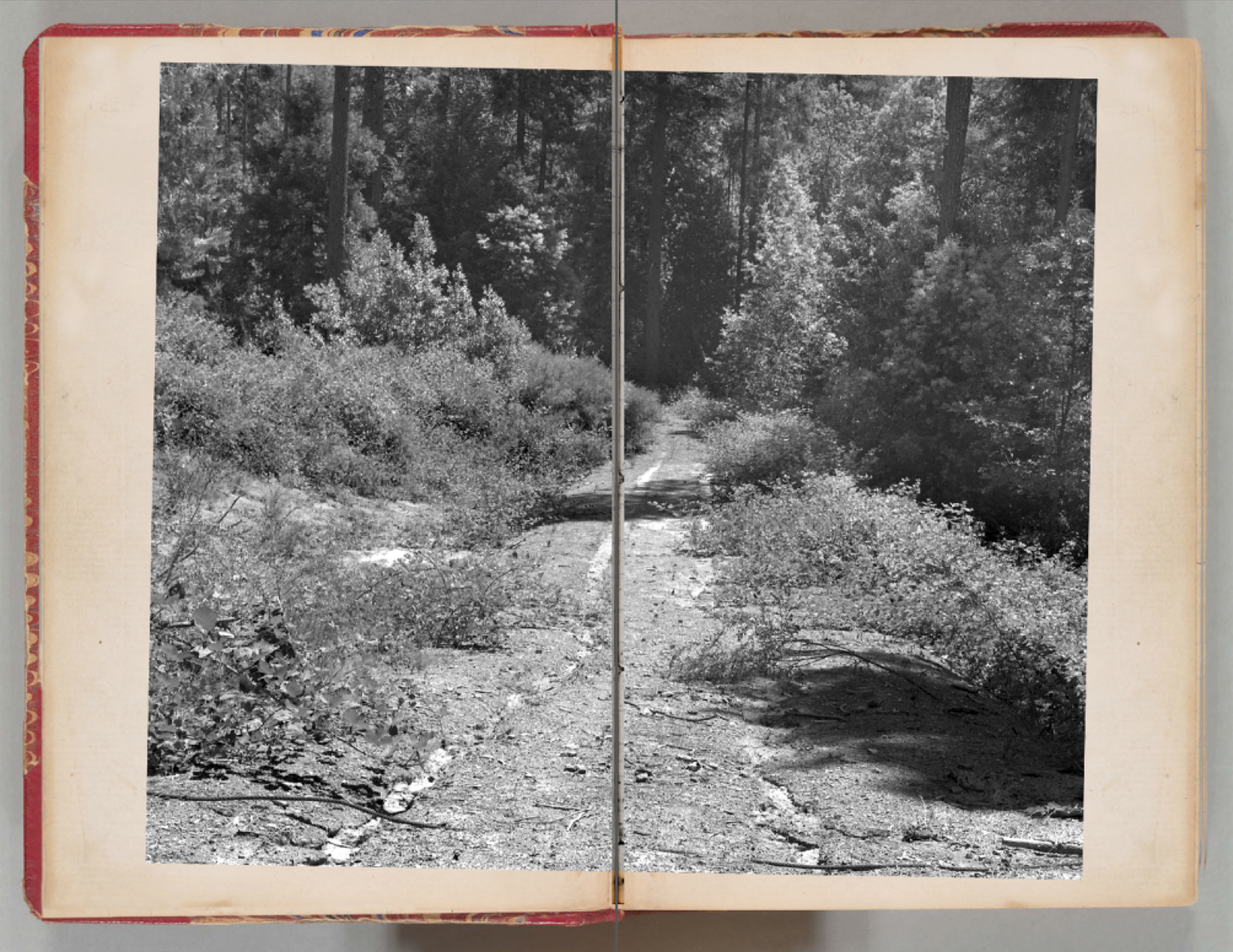
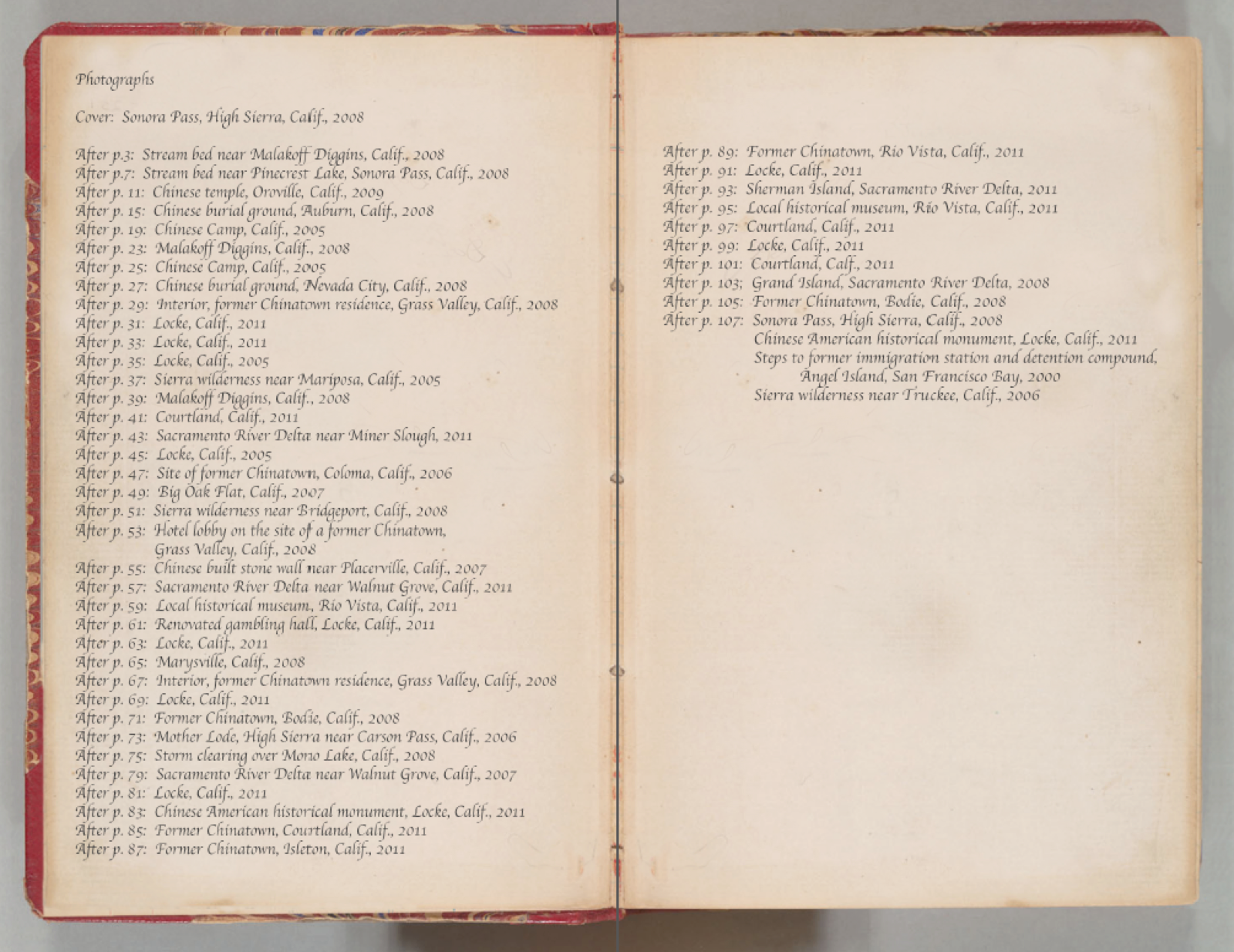
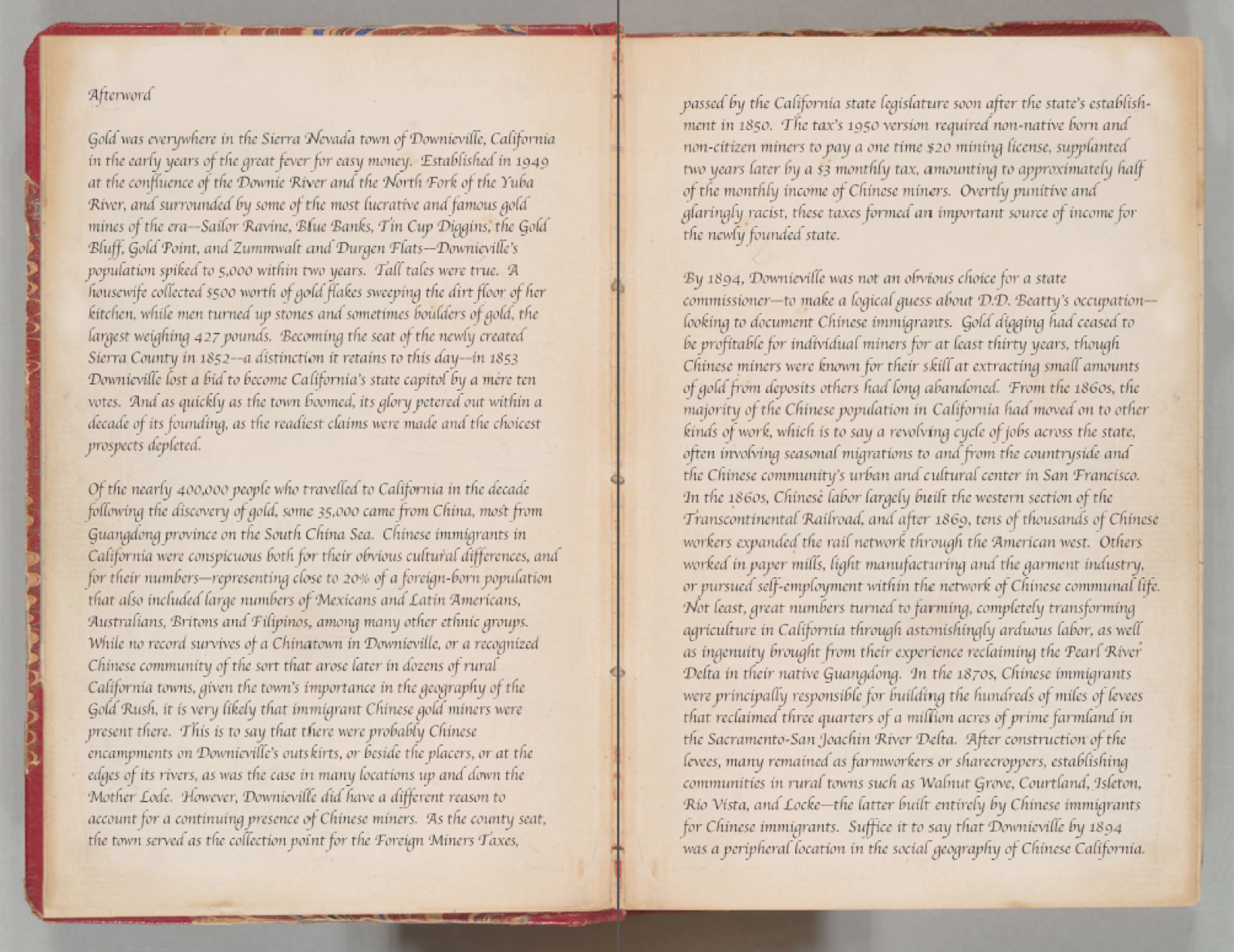
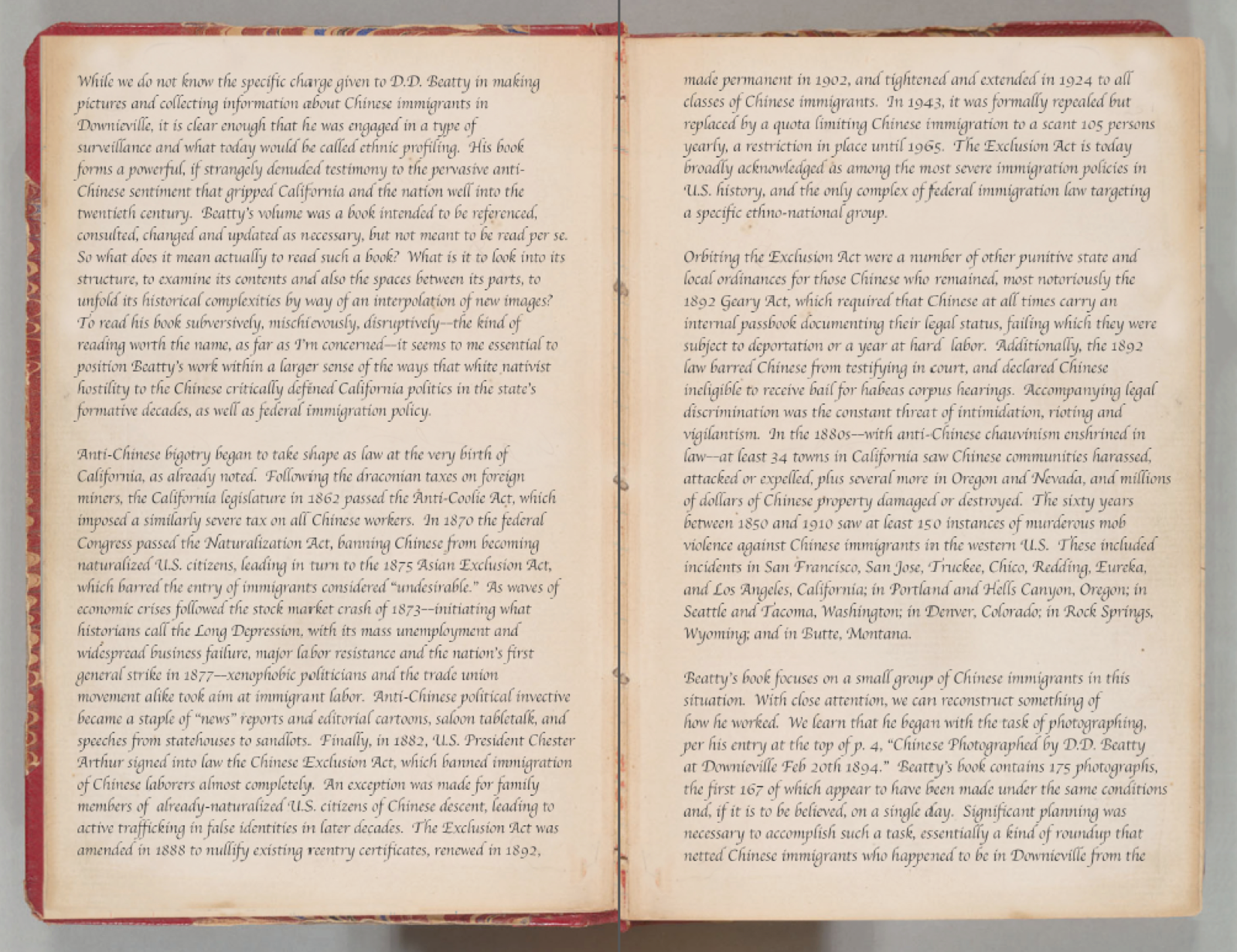
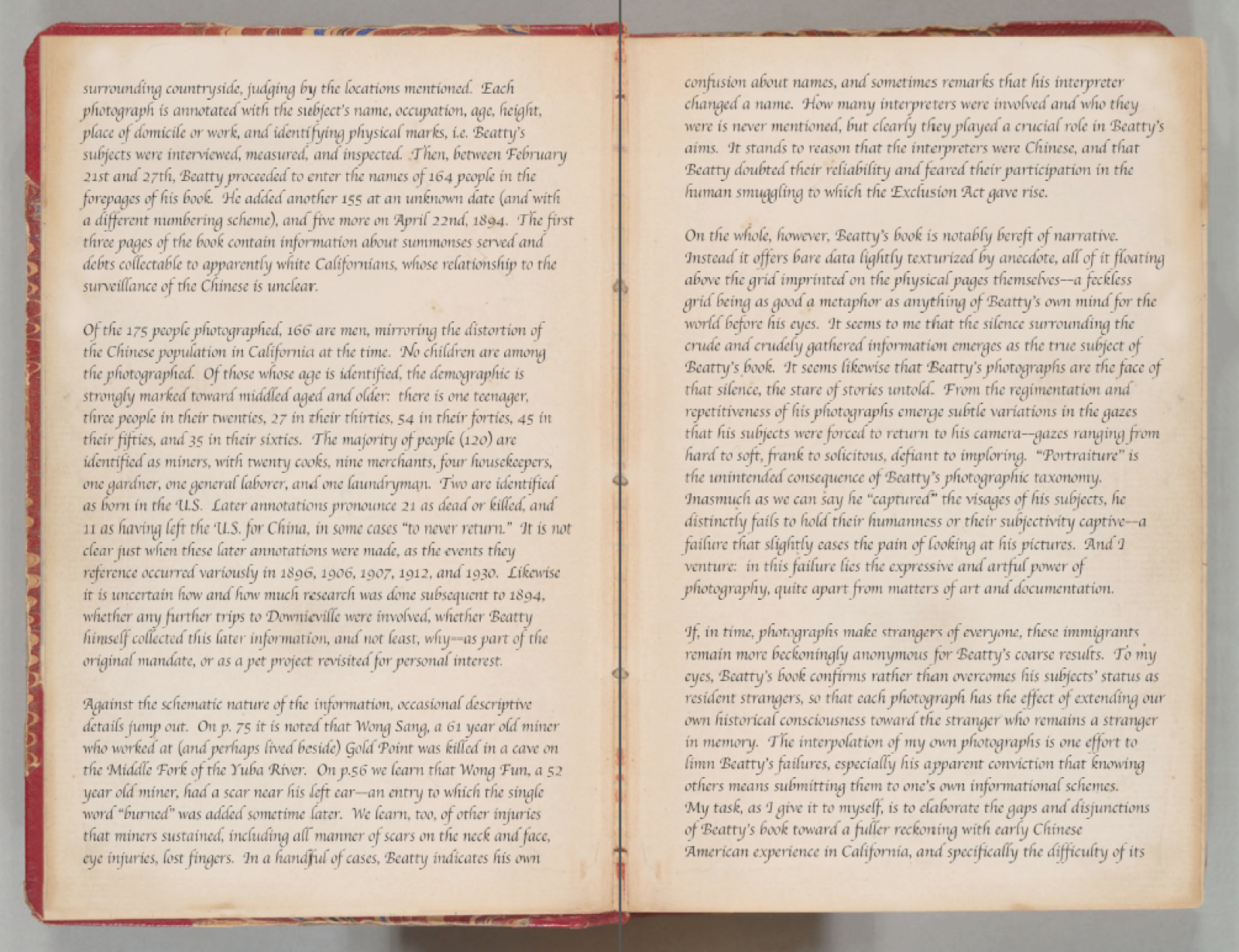
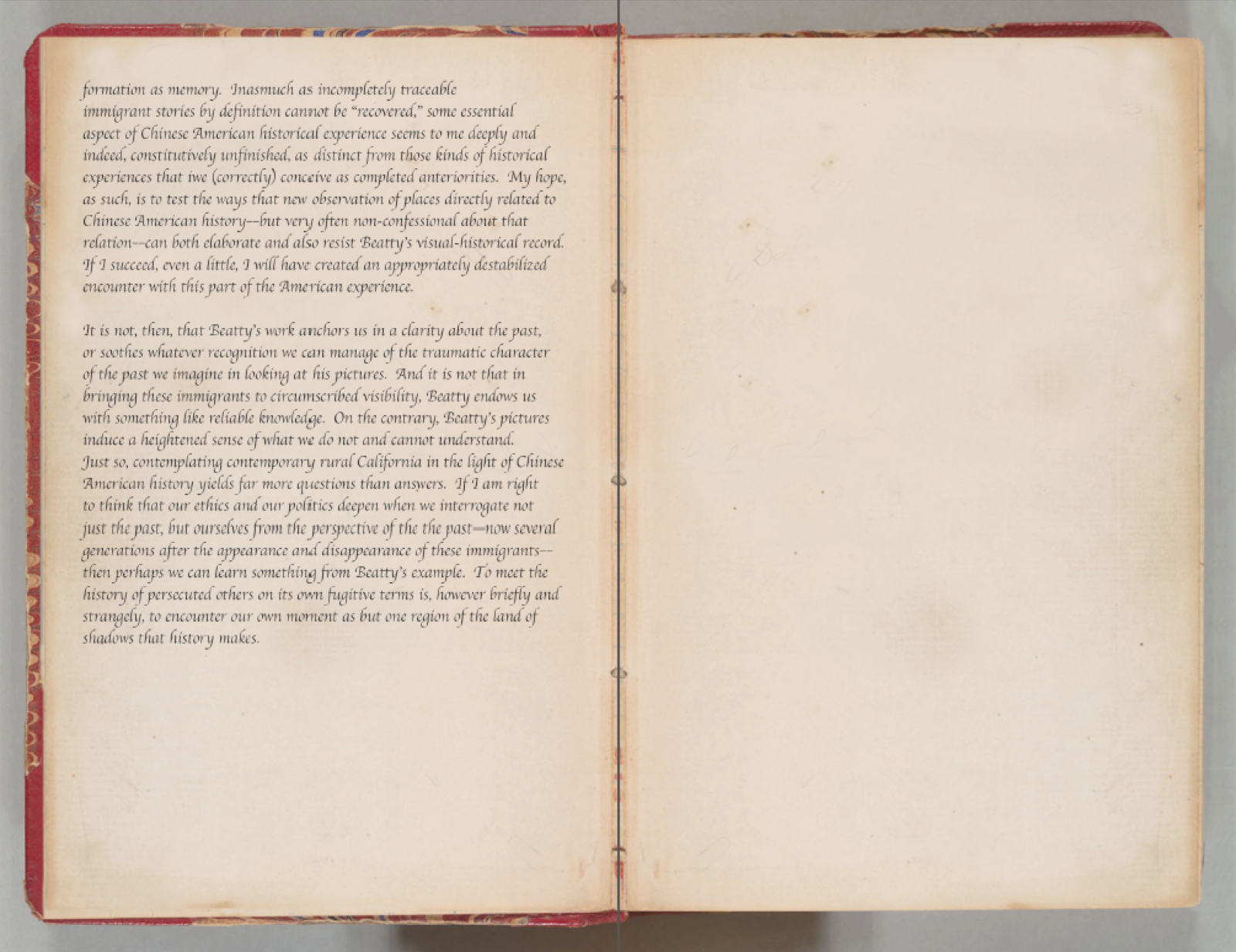
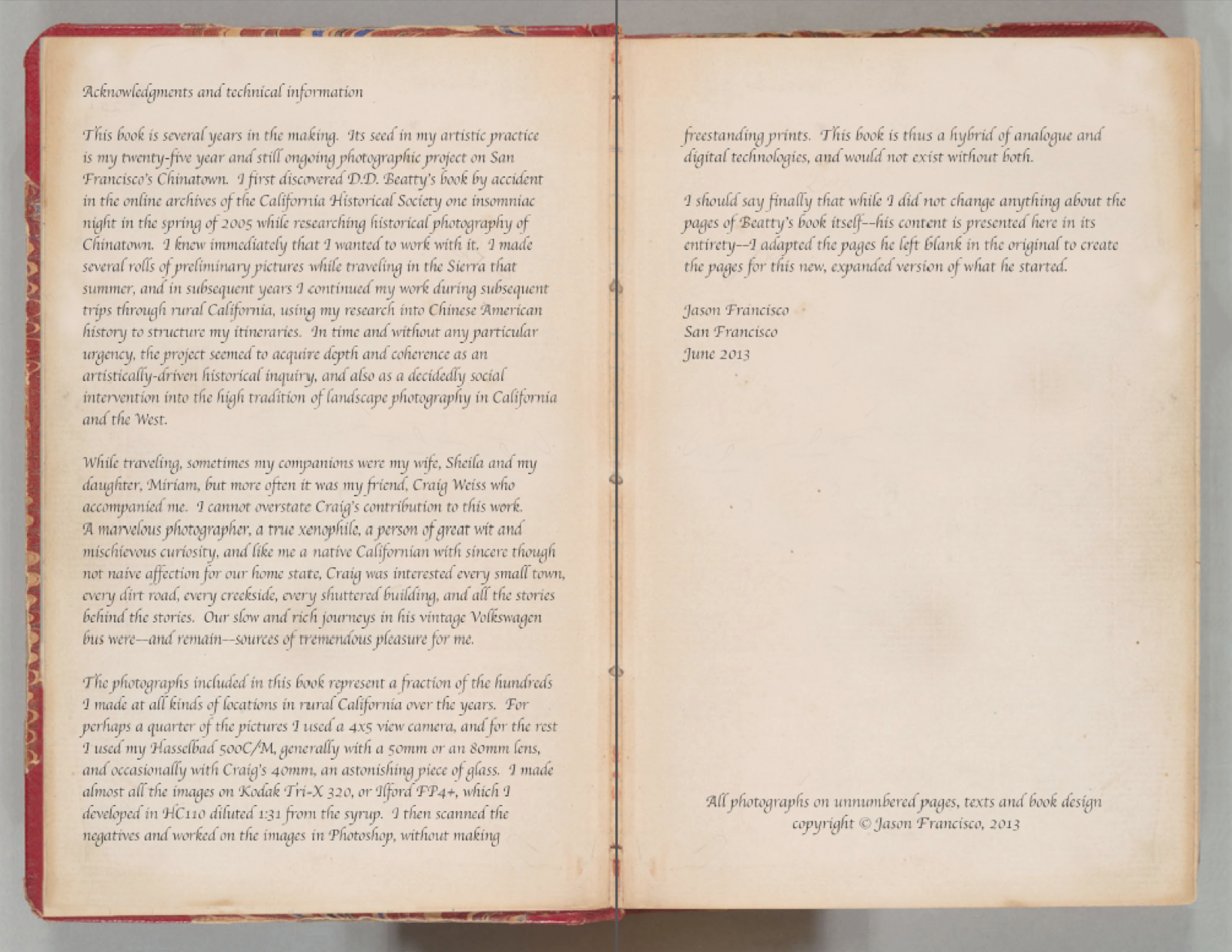
Afterword
Gold was everywhere in the Sierra Nevada town of Downieville, California in the early years of the great fever for easy money. Established in 1849 at the confluence of the Downie River and the North Fork of the Yuba River, and surrounded by some of the most lucrative and famous gold mines of the era––Sailor Ravine, Blue Banks, Tin Cup Diggins, the Gold Bluff, Gold Point, and Zummwalt and Durgen Flats––Downieville’s population spiked to 5,000 within two years. Tall tales were true. A housewife collected $500 worth of gold flakes sweeping the dirt floor of her kitchen, while men turned up stones and sometimes boulders of gold, the largest weighing 427 pounds. Becoming the seat of the newly created Sierra County in 1852––a distinction it retains to this day––in 1853 Downieville lost a bid to become California’s state capitol by a mere ten votes. And as quickly as the town boomed, its glory petered out within a decade of its founding, as the readiest claims were made and the choicest prospects depleted.
Of the nearly 400,000 people who travelled to California in the decade following the discovery of gold, some 35,000 came from China, most from Guangdong province on the South China Sea. Chinese immigrants in California were conspicuous both for their obvious cultural differences, and for their numbers––representing close to 20% of a foreign-born population that also included large numbers of Mexicans and Latin Americans, Australians, Britons and Filipinos, among many other ethnic groups. While no record survives of a Chinatown in Downieville, or a recognized Chinese community of the sort that arose later in dozens of rural California towns, given the town’s importance in the geography of the Gold Rush, it is very likely that immigrant Chinese gold miners were present there. This is to say that there were probably Chinese encampments on Downieville’s outskirts, or beside the placers, or at the edges of its rivers, as was the case in many locations up and down the Mother Lode. However, Downieville did have a different reason to account for a continuing presence of Chinese miners. As the county seat, the town served as the collection point for the Foreign Miners Taxes, passed by the California state legislature soon after the state’s establishment in 1850. The tax’s 1850 version required non-native born and non-citizen miners to pay a one-time $20 mining license, supplanted two years later by a $3 monthly tax, amounting to approximately half of the monthly income of Chinese miners. Overtly punitive and glaringly racist, these taxes formed an important source of income for the newly founded state.
By 1894, Downieville was not an obvious choice for a state commissioner––to make a logical guess about D.D. Beatty’s occupation––looking to document Chinese immigrants. Gold digging had ceased to be profitable for individual miners for at least thirty years, though Chinese miners were known for their skill at extracting small amounts of gold from deposits others had long abandoned. From the 1860s, the majority of the Chinese population in California had moved on to other kinds of work, which is to say a revolving cycle of jobs across the state, often involving seasonal migrations to and from the countryside and the Chinese community’s urban and cultural center in San Francisco. In the 1860s, Chinese labor largely built the western section of the Transcontinental Railroad, and after 1869, tens of thousands of Chinese workers expanded the rail network through the American west. Others worked in paper mills, light manufacturing and the garment industry, or pursued self-employment within the network of Chinese communal life. Not least, great numbers turned to farming, completely transforming agriculture in California through astonishingly arduous labor, as well as ingenuity brought from their experience reclaiming the Pearl River Delta in their native Guangdong. In the 1870s, Chinese immigrants were principally responsible for building the hundreds of miles of levees that reclaimed three quarters of a million acres of prime farmland in the Sacramento-San Joachin River Delta. After construction of the levees, many remained as farmworkers or sharecroppers, establishing communities in rural towns such as Walnut Grove, Courtland, Isleton, Rio Vista, and Locke––the latter built entirely by Chinese immigrants for Chinese immigrants. Suffice it to say that Downieville by 1894 was a peripheral location in the geography of Chinese California.
While we do not know the specific charge given to D.D. Beatty in making pictures and collecting information about Chinese immigrants in Downieville, it is clear enough that he was engaged in a type of surveillance and what today would be called ethnic profiling. His book forms a powerful, if strangely denuded testimony to the pervasive anti-Chinese sentiment that gripped California and the nation well into the twentieth century. Beatty’s volume was a book intended to be referenced, consulted, changed and updated as necessary, but not meant to be read per se. So what does it mean actually to read such a book? What is it to look into its structure, to examine its contents and also the spaces between its parts, to unfold its historical complexities by way of an interpolation of new images? To read his book subversively, mischievously, disruptively––the kind of reading worth the name, as far as I’m concerned––it seems to me essential to position Beatty’s work within a larger sense of the ways that white nativist hostility to the Chinese critically defined California politics in the state’s formative decades, as well as federal immigration policy.
Anti-Chinese bigotry began to take shape as law at the very birth of California, as already noted. Following the draconian taxes on foreign miners, the California legislature in 1862 passed the Anti-Coolie Act, which imposed a similarly severe tax on all Chinese workers. In 1870 the federal Congress passed the Naturalization Act, banning Chinese from becoming naturalized U.S. citizens, leading in turn to the 1875 Asian Exclusion Act, which barred the entry of immigrants considered “undesirable.” As waves of economic crises followed the stock market crash of 1873––initiating what historians call the Long Depression, with its mass unemployment and widespread business failure, major labor resistance and the nation’s first general strike in 1877––xenophobic politicians and the trade union movement alike took aim at immigrant labor. Anti-Chinese political invective became a staple of “news” reports and editorial cartoons, saloon tabletalk, and speeches from statehouses to sandlots. Finally, in 1882, U.S. President Chester Arthur signed into law the Chinese Exclusion Act, which banned immigration of Chinese laborers almost completely. An exception was made for family members of already-naturalized U.S. citizens of Chinese descent, leading to active trafficking in false identities in later decades. The Exclusion Act was amended in 1888 to nullify existing reentry certificates, renewed in 1892, made permanent in 1902, and tightened and extended in 1924 to all classes of Chinese immigrants. In 1943, it was formally repealed but replaced by a quota limiting Chinese immigration to a scant 105 persons yearly, a restriction in place until 1965. The Exclusion Act is today broadly acknowledged as among the most severe immigration policies in U.S. history, and the only complex of federal immigration law targeting a specific ethno-national group.
Orbiting the Exclusion Act were a number of other punitive state and local ordinances for those Chinese who remained, most notoriously the 1892 Geary Act, which required that Chinese at all times carry an internal passbook documenting their legal status, failing which they were subject to deportation or a year at hard labor. Additionally, the 1892 law barred Chinese from testifying in court, and declared Chinese ineligible to receive bail for habeas corpus hearings. Accompanying legal discrimination was the constant threat of intimidation, rioting and vigilantism. In the 1880s––with anti-Chinese chauvinism enshrined in law––at least 34 towns in California saw Chinese communities harassed, attacked or expelled, plus several more in Oregon and Nevada, and millions of dollars of Chinese property damaged or destroyed. The sixty years between 1850 and 1910 saw at least 150 instances of murderous mob violence against Chinese immigrants in the western U.S. These included incidents in San Francisco, San Jose, Truckee, Chico, Redding, Eureka, and Los Angeles, California; in Portland and Hells Canyon, Oregon; in Seattle and Tacoma, Washington; in Denver, Colorado; in Rock Springs, Wyoming; and in Butte, Montana.
Beatty’s book focuses on a small group of Chinese immigrants in this situation. With close attention, we can reconstruct something of how he worked. We learn that he began with the task of photographing, per his entry at the top of p. 4, “Chinese Photographed by D.D. Beatty at Downieville Feb 20th 1894.” Beatty’s book contains 175 photographs, the first 167 of which appear to have been made under the same conditions and, if it is to be believed, on a single day. Significant planning was necessary to accomplish such a task, essentially a kind of roundup that netted Chinese immigrants who happened to be in Downieville from the surrounding countryside, judging by the locations mentioned. Each photograph is annotated with the subject’s name, occupation, age, height, place of domicile or work, and identifying physical marks, i.e. Beatty’s subjects were interviewed, measured, and inspected. Then, between February 21st and 27th, Beatty proceeded to enter the names of 164 people in the forepages of his book. He added another 155 at an unknown date (and with a different numbering scheme), and five more on April 22nd, 1894. The first three pages of the book contain information about summonses served and debts collectable to apparently white Californians, whose relationship to the surveillance of the Chinese is unclear.
Of the 175 people photographed, 166 are men, mirroring the distortion of the Chinese population in California at the time. No children are among the photographed. Of those whose age is identified, the demographic is strongly marked toward middled aged and older: there is one teenager, three people in their twenties, 27 in their thirties, 54 in their forties, 45 in their fifties, and 35 in their sixties. The majority of people (120) are identified as miners, with twenty cooks, nine merchants, four housekeepers, one gardner, one general laborer, and one laundryman. Two are identified as born in the U.S. Later annotations pronounce 21 as dead or killed, and 11 as having left the U.S. for China, in some cases “to never return.” It is not clear just when these later annotations were made, as the events they reference occurred variously in 1896, 1906, 1907, 1912, and 1930. Likewise it is uncertain how and how much research was done subsequent to 1894, whether any further trips to Downieville were involved, whether Beatty himself collected this later information, and not least, why––as part of the original mandate, or as a pet project revisited for personal interest.
Against the schematic nature of the information, occasional descriptive details jump out. On p. 75 it is noted that Wong Sang, a 61 year old miner who worked at (and perhaps lived beside) Gold Point was killed in a cave on the Middle Fork of the Yuba River. On p.56 we learn that Wong Fun, a 52 year old miner, had a scar near his left ear––an entry to which the single word “burned” was added sometime later. We learn, too, of other injuries that miners sustained, including all manner of scars on the neck and face, eye injuries, lost fingers. In a handful of cases, Beatty indicates his own confusion about names, and sometimes remarks that his interpreter changed a name. How many interpreters were involved and who they were is never mentioned, but clearly they played a crucial role in Beatty’s aims. It stands to reason that the interpreters were Chinese, and that Beatty doubted their reliability and feared their participation in the human smuggling to which the Exclusion Act gave rise.
On the whole, however, Beatty’s book is notably bereft of narrative. Instead it offers bare data lightly texturized by anecdote, all of it floating above the grid imprinted on the physical pages themselves––a feckless grid being as good a metaphor as anything of Beatty’s own mind for the world before his eyes. It seems to me that the silence surrounding the crude and crudely gathered information emerges as the true subject of Beatty’s book. It seems likewise that Beatty’s photographs are the face of that silence, the stare of stories untold. From the regimentation and repetitiveness of his photographs emerge subtle variations in the gazes that his subjects were forced to return to his camera––gazes ranging from hard to soft, frank to solicitous, defiant to imploring. “Portraiture” is the unintended consequence of Beatty’s photographic taxonomy. Inasmuch as we can say he “captured” the visages of his subjects, he distinctly fails to hold their humanness or their subjectivity captive––a failure that slightly eases the pain of looking at his pictures. And I venture: in this failure lies the expressive and artful power of photography, quite apart from matters of art and documentation.
If, in time, photographs make strangers of everyone, these immigrants remain more beckoningly anonymous for Beatty’s coarse results. To my eyes, Beatty’s book confirms rather than overcomes his subjects’ status as resident strangers, so that each photograph has the effect of extending our own historical consciousness toward the stranger who remains a stranger in memory. The interpolation of my own photographs is one effort to limn Beatty’s failures, especially his apparent conviction that knowing others means submitting them to one’s own informational schemes.
My task, as I give it to myself, is to elaborate the gaps and disjunctions of Beatty’s book toward a fuller reckoning with early Chinese American experience in California, and specifically the difficulty of its formation as memory. Inasmuch as incompletely traceable immigrant stories by definition cannot be “recovered,” some essential aspect of Chinese American historical experience seems to me deeply and indeed, constitutively unfinished, as distinct from those kinds of historical experiences that we (correctly) conceive as completed anteriorities. My hope, as such, is to test the ways that new observation of places directly related to Chinese American history––but very often non-confessional about that relation––can both elaborate and also resist Beatty’s visual-historical record. If I succeed, even a little, I will have created an appropriately destabilized encounter with this part of the American experience.
It is not, then, that Beatty’s work anchors us in a clarity about the past, or soothes whatever recognition we can manage of the traumatic character of the past we imagine in looking at his pictures. And it is not that in bringing these immigrants to circumscribed visibility, Beatty endows us with something like reliable knowledge. On the contrary, Beatty’s pictures induce a heightened sense of what we do not and cannot understand. Just so, contemplating contemporary rural California in the light of Chinese American history yields far more questions than answers. If I am right to think that our ethics and our politics deepen when we interrogate not just the past, but ourselves from the perspective of the the past—now several generations after the appearance and disappearance of these immigrants––then perhaps we can learn something from Beatty’s example. To meet the history of persecuted others on its own fugitive terms is, however briefly and strangely, to encounter our own moment as but one region of the land of shadows that history makes.
Gold was everywhere in the Sierra Nevada town of Downieville, California in the early years of the great fever for easy money. Established in 1849 at the confluence of the Downie River and the North Fork of the Yuba River, and surrounded by some of the most lucrative and famous gold mines of the era––Sailor Ravine, Blue Banks, Tin Cup Diggins, the Gold Bluff, Gold Point, and Zummwalt and Durgen Flats––Downieville’s population spiked to 5,000 within two years. Tall tales were true. A housewife collected $500 worth of gold flakes sweeping the dirt floor of her kitchen, while men turned up stones and sometimes boulders of gold, the largest weighing 427 pounds. Becoming the seat of the newly created Sierra County in 1852––a distinction it retains to this day––in 1853 Downieville lost a bid to become California’s state capitol by a mere ten votes. And as quickly as the town boomed, its glory petered out within a decade of its founding, as the readiest claims were made and the choicest prospects depleted.
Of the nearly 400,000 people who travelled to California in the decade following the discovery of gold, some 35,000 came from China, most from Guangdong province on the South China Sea. Chinese immigrants in California were conspicuous both for their obvious cultural differences, and for their numbers––representing close to 20% of a foreign-born population that also included large numbers of Mexicans and Latin Americans, Australians, Britons and Filipinos, among many other ethnic groups. While no record survives of a Chinatown in Downieville, or a recognized Chinese community of the sort that arose later in dozens of rural California towns, given the town’s importance in the geography of the Gold Rush, it is very likely that immigrant Chinese gold miners were present there. This is to say that there were probably Chinese encampments on Downieville’s outskirts, or beside the placers, or at the edges of its rivers, as was the case in many locations up and down the Mother Lode. However, Downieville did have a different reason to account for a continuing presence of Chinese miners. As the county seat, the town served as the collection point for the Foreign Miners Taxes, passed by the California state legislature soon after the state’s establishment in 1850. The tax’s 1850 version required non-native born and non-citizen miners to pay a one-time $20 mining license, supplanted two years later by a $3 monthly tax, amounting to approximately half of the monthly income of Chinese miners. Overtly punitive and glaringly racist, these taxes formed an important source of income for the newly founded state.
By 1894, Downieville was not an obvious choice for a state commissioner––to make a logical guess about D.D. Beatty’s occupation––looking to document Chinese immigrants. Gold digging had ceased to be profitable for individual miners for at least thirty years, though Chinese miners were known for their skill at extracting small amounts of gold from deposits others had long abandoned. From the 1860s, the majority of the Chinese population in California had moved on to other kinds of work, which is to say a revolving cycle of jobs across the state, often involving seasonal migrations to and from the countryside and the Chinese community’s urban and cultural center in San Francisco. In the 1860s, Chinese labor largely built the western section of the Transcontinental Railroad, and after 1869, tens of thousands of Chinese workers expanded the rail network through the American west. Others worked in paper mills, light manufacturing and the garment industry, or pursued self-employment within the network of Chinese communal life. Not least, great numbers turned to farming, completely transforming agriculture in California through astonishingly arduous labor, as well as ingenuity brought from their experience reclaiming the Pearl River Delta in their native Guangdong. In the 1870s, Chinese immigrants were principally responsible for building the hundreds of miles of levees that reclaimed three quarters of a million acres of prime farmland in the Sacramento-San Joachin River Delta. After construction of the levees, many remained as farmworkers or sharecroppers, establishing communities in rural towns such as Walnut Grove, Courtland, Isleton, Rio Vista, and Locke––the latter built entirely by Chinese immigrants for Chinese immigrants. Suffice it to say that Downieville by 1894 was a peripheral location in the geography of Chinese California.
While we do not know the specific charge given to D.D. Beatty in making pictures and collecting information about Chinese immigrants in Downieville, it is clear enough that he was engaged in a type of surveillance and what today would be called ethnic profiling. His book forms a powerful, if strangely denuded testimony to the pervasive anti-Chinese sentiment that gripped California and the nation well into the twentieth century. Beatty’s volume was a book intended to be referenced, consulted, changed and updated as necessary, but not meant to be read per se. So what does it mean actually to read such a book? What is it to look into its structure, to examine its contents and also the spaces between its parts, to unfold its historical complexities by way of an interpolation of new images? To read his book subversively, mischievously, disruptively––the kind of reading worth the name, as far as I’m concerned––it seems to me essential to position Beatty’s work within a larger sense of the ways that white nativist hostility to the Chinese critically defined California politics in the state’s formative decades, as well as federal immigration policy.
Anti-Chinese bigotry began to take shape as law at the very birth of California, as already noted. Following the draconian taxes on foreign miners, the California legislature in 1862 passed the Anti-Coolie Act, which imposed a similarly severe tax on all Chinese workers. In 1870 the federal Congress passed the Naturalization Act, banning Chinese from becoming naturalized U.S. citizens, leading in turn to the 1875 Asian Exclusion Act, which barred the entry of immigrants considered “undesirable.” As waves of economic crises followed the stock market crash of 1873––initiating what historians call the Long Depression, with its mass unemployment and widespread business failure, major labor resistance and the nation’s first general strike in 1877––xenophobic politicians and the trade union movement alike took aim at immigrant labor. Anti-Chinese political invective became a staple of “news” reports and editorial cartoons, saloon tabletalk, and speeches from statehouses to sandlots. Finally, in 1882, U.S. President Chester Arthur signed into law the Chinese Exclusion Act, which banned immigration of Chinese laborers almost completely. An exception was made for family members of already-naturalized U.S. citizens of Chinese descent, leading to active trafficking in false identities in later decades. The Exclusion Act was amended in 1888 to nullify existing reentry certificates, renewed in 1892, made permanent in 1902, and tightened and extended in 1924 to all classes of Chinese immigrants. In 1943, it was formally repealed but replaced by a quota limiting Chinese immigration to a scant 105 persons yearly, a restriction in place until 1965. The Exclusion Act is today broadly acknowledged as among the most severe immigration policies in U.S. history, and the only complex of federal immigration law targeting a specific ethno-national group.
Orbiting the Exclusion Act were a number of other punitive state and local ordinances for those Chinese who remained, most notoriously the 1892 Geary Act, which required that Chinese at all times carry an internal passbook documenting their legal status, failing which they were subject to deportation or a year at hard labor. Additionally, the 1892 law barred Chinese from testifying in court, and declared Chinese ineligible to receive bail for habeas corpus hearings. Accompanying legal discrimination was the constant threat of intimidation, rioting and vigilantism. In the 1880s––with anti-Chinese chauvinism enshrined in law––at least 34 towns in California saw Chinese communities harassed, attacked or expelled, plus several more in Oregon and Nevada, and millions of dollars of Chinese property damaged or destroyed. The sixty years between 1850 and 1910 saw at least 150 instances of murderous mob violence against Chinese immigrants in the western U.S. These included incidents in San Francisco, San Jose, Truckee, Chico, Redding, Eureka, and Los Angeles, California; in Portland and Hells Canyon, Oregon; in Seattle and Tacoma, Washington; in Denver, Colorado; in Rock Springs, Wyoming; and in Butte, Montana.
Beatty’s book focuses on a small group of Chinese immigrants in this situation. With close attention, we can reconstruct something of how he worked. We learn that he began with the task of photographing, per his entry at the top of p. 4, “Chinese Photographed by D.D. Beatty at Downieville Feb 20th 1894.” Beatty’s book contains 175 photographs, the first 167 of which appear to have been made under the same conditions and, if it is to be believed, on a single day. Significant planning was necessary to accomplish such a task, essentially a kind of roundup that netted Chinese immigrants who happened to be in Downieville from the surrounding countryside, judging by the locations mentioned. Each photograph is annotated with the subject’s name, occupation, age, height, place of domicile or work, and identifying physical marks, i.e. Beatty’s subjects were interviewed, measured, and inspected. Then, between February 21st and 27th, Beatty proceeded to enter the names of 164 people in the forepages of his book. He added another 155 at an unknown date (and with a different numbering scheme), and five more on April 22nd, 1894. The first three pages of the book contain information about summonses served and debts collectable to apparently white Californians, whose relationship to the surveillance of the Chinese is unclear.
Of the 175 people photographed, 166 are men, mirroring the distortion of the Chinese population in California at the time. No children are among the photographed. Of those whose age is identified, the demographic is strongly marked toward middled aged and older: there is one teenager, three people in their twenties, 27 in their thirties, 54 in their forties, 45 in their fifties, and 35 in their sixties. The majority of people (120) are identified as miners, with twenty cooks, nine merchants, four housekeepers, one gardner, one general laborer, and one laundryman. Two are identified as born in the U.S. Later annotations pronounce 21 as dead or killed, and 11 as having left the U.S. for China, in some cases “to never return.” It is not clear just when these later annotations were made, as the events they reference occurred variously in 1896, 1906, 1907, 1912, and 1930. Likewise it is uncertain how and how much research was done subsequent to 1894, whether any further trips to Downieville were involved, whether Beatty himself collected this later information, and not least, why––as part of the original mandate, or as a pet project revisited for personal interest.
Against the schematic nature of the information, occasional descriptive details jump out. On p. 75 it is noted that Wong Sang, a 61 year old miner who worked at (and perhaps lived beside) Gold Point was killed in a cave on the Middle Fork of the Yuba River. On p.56 we learn that Wong Fun, a 52 year old miner, had a scar near his left ear––an entry to which the single word “burned” was added sometime later. We learn, too, of other injuries that miners sustained, including all manner of scars on the neck and face, eye injuries, lost fingers. In a handful of cases, Beatty indicates his own confusion about names, and sometimes remarks that his interpreter changed a name. How many interpreters were involved and who they were is never mentioned, but clearly they played a crucial role in Beatty’s aims. It stands to reason that the interpreters were Chinese, and that Beatty doubted their reliability and feared their participation in the human smuggling to which the Exclusion Act gave rise.
On the whole, however, Beatty’s book is notably bereft of narrative. Instead it offers bare data lightly texturized by anecdote, all of it floating above the grid imprinted on the physical pages themselves––a feckless grid being as good a metaphor as anything of Beatty’s own mind for the world before his eyes. It seems to me that the silence surrounding the crude and crudely gathered information emerges as the true subject of Beatty’s book. It seems likewise that Beatty’s photographs are the face of that silence, the stare of stories untold. From the regimentation and repetitiveness of his photographs emerge subtle variations in the gazes that his subjects were forced to return to his camera––gazes ranging from hard to soft, frank to solicitous, defiant to imploring. “Portraiture” is the unintended consequence of Beatty’s photographic taxonomy. Inasmuch as we can say he “captured” the visages of his subjects, he distinctly fails to hold their humanness or their subjectivity captive––a failure that slightly eases the pain of looking at his pictures. And I venture: in this failure lies the expressive and artful power of photography, quite apart from matters of art and documentation.
If, in time, photographs make strangers of everyone, these immigrants remain more beckoningly anonymous for Beatty’s coarse results. To my eyes, Beatty’s book confirms rather than overcomes his subjects’ status as resident strangers, so that each photograph has the effect of extending our own historical consciousness toward the stranger who remains a stranger in memory. The interpolation of my own photographs is one effort to limn Beatty’s failures, especially his apparent conviction that knowing others means submitting them to one’s own informational schemes.
My task, as I give it to myself, is to elaborate the gaps and disjunctions of Beatty’s book toward a fuller reckoning with early Chinese American experience in California, and specifically the difficulty of its formation as memory. Inasmuch as incompletely traceable immigrant stories by definition cannot be “recovered,” some essential aspect of Chinese American historical experience seems to me deeply and indeed, constitutively unfinished, as distinct from those kinds of historical experiences that we (correctly) conceive as completed anteriorities. My hope, as such, is to test the ways that new observation of places directly related to Chinese American history––but very often non-confessional about that relation––can both elaborate and also resist Beatty’s visual-historical record. If I succeed, even a little, I will have created an appropriately destabilized encounter with this part of the American experience.
It is not, then, that Beatty’s work anchors us in a clarity about the past, or soothes whatever recognition we can manage of the traumatic character of the past we imagine in looking at his pictures. And it is not that in bringing these immigrants to circumscribed visibility, Beatty endows us with something like reliable knowledge. On the contrary, Beatty’s pictures induce a heightened sense of what we do not and cannot understand. Just so, contemplating contemporary rural California in the light of Chinese American history yields far more questions than answers. If I am right to think that our ethics and our politics deepen when we interrogate not just the past, but ourselves from the perspective of the the past—now several generations after the appearance and disappearance of these immigrants––then perhaps we can learn something from Beatty’s example. To meet the history of persecuted others on its own fugitive terms is, however briefly and strangely, to encounter our own moment as but one region of the land of shadows that history makes.